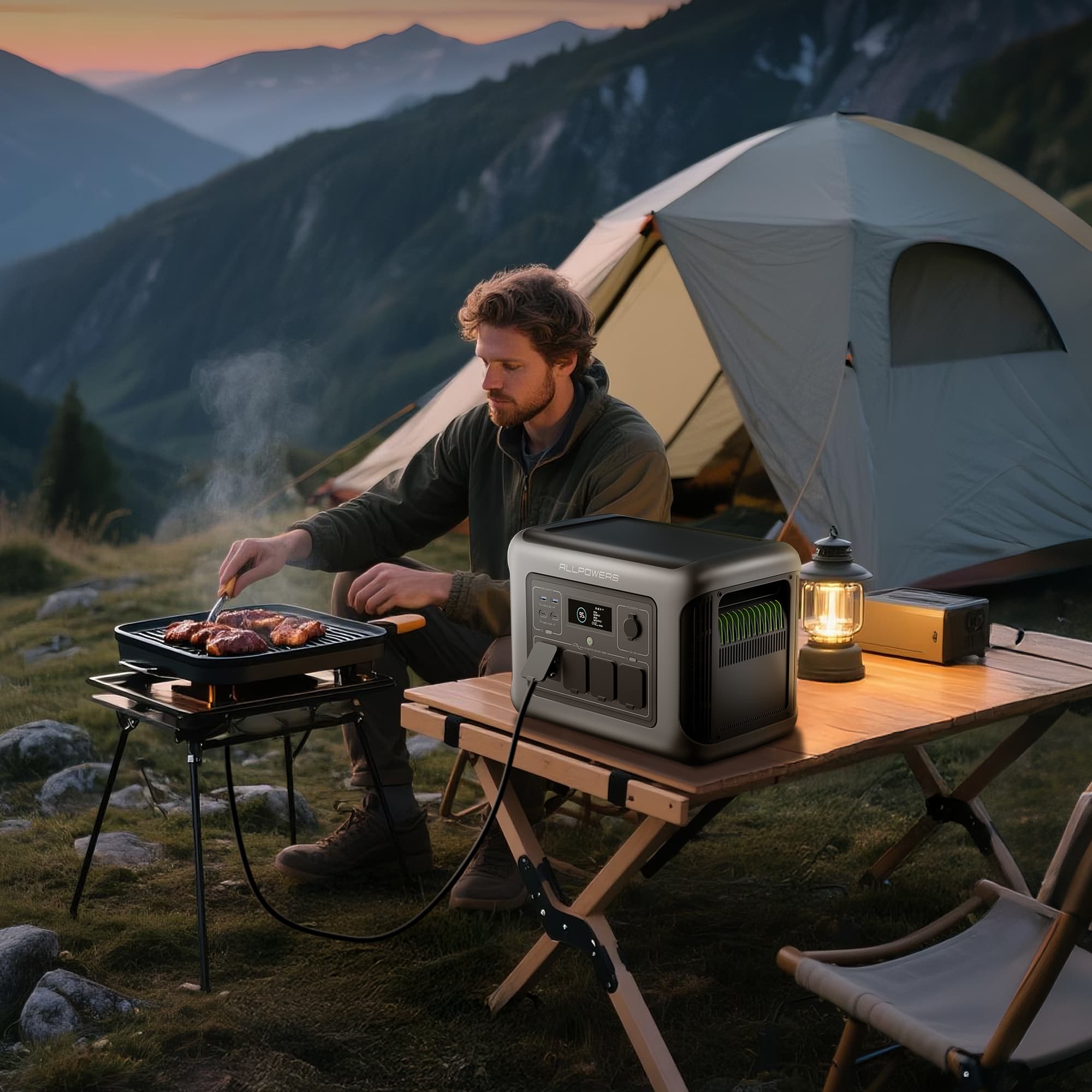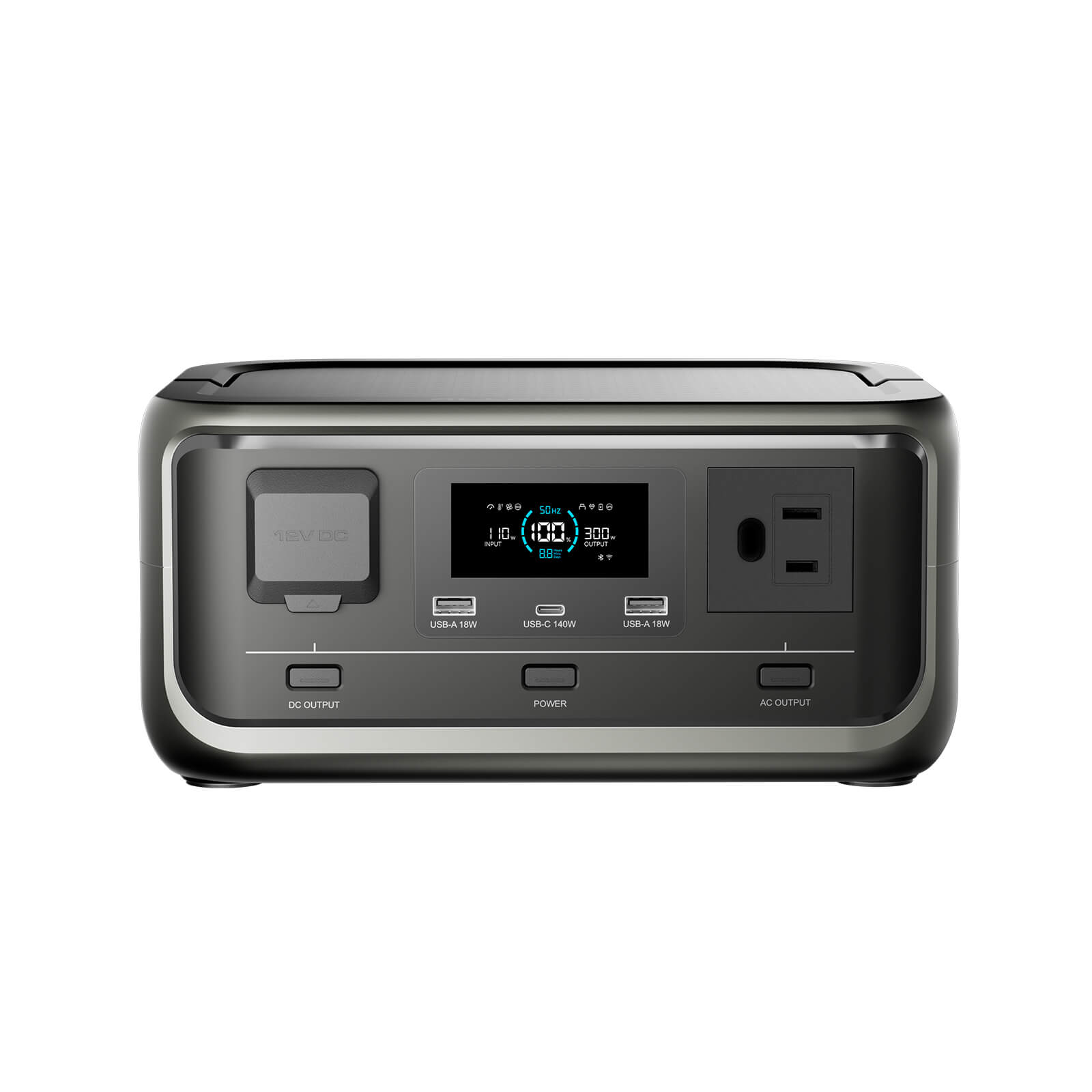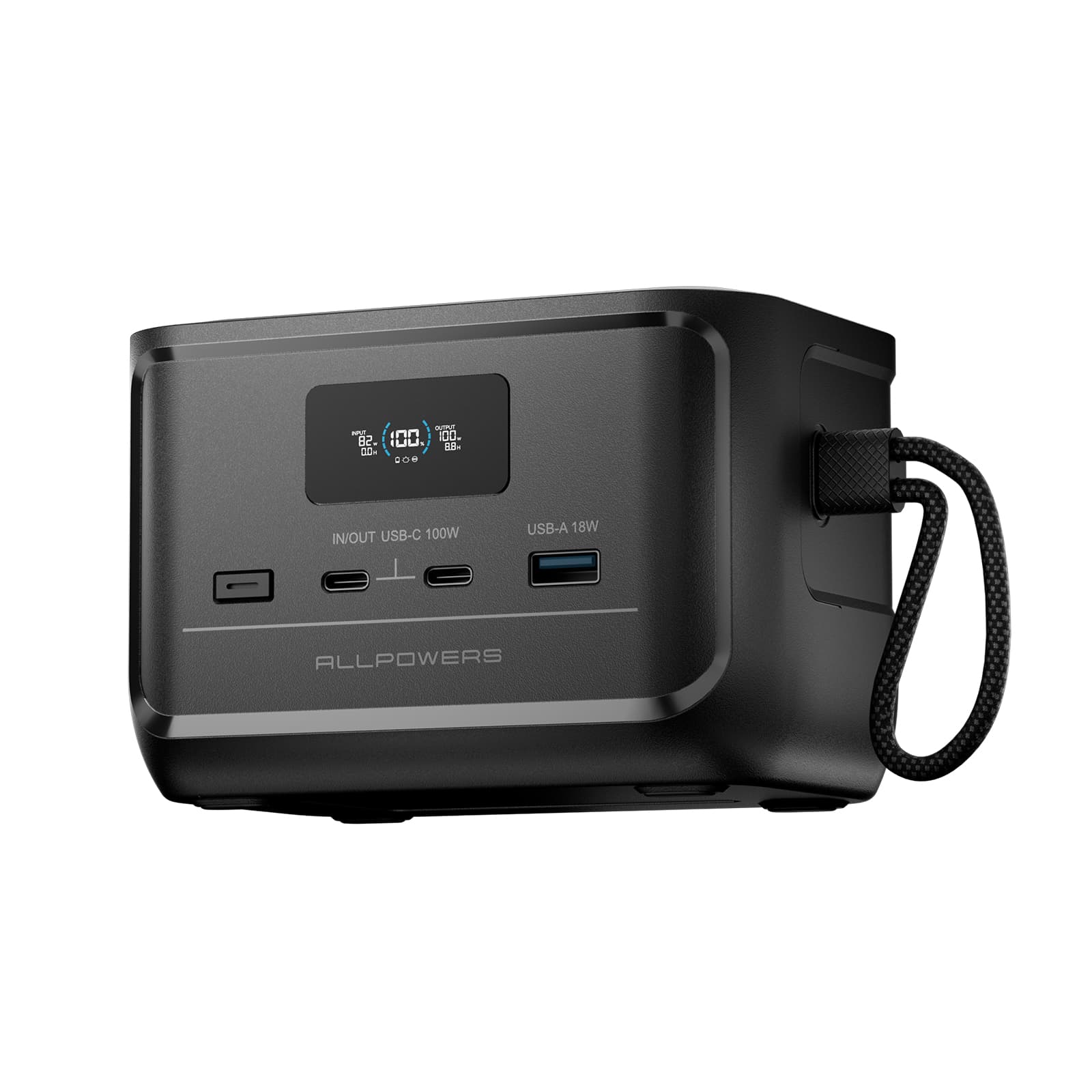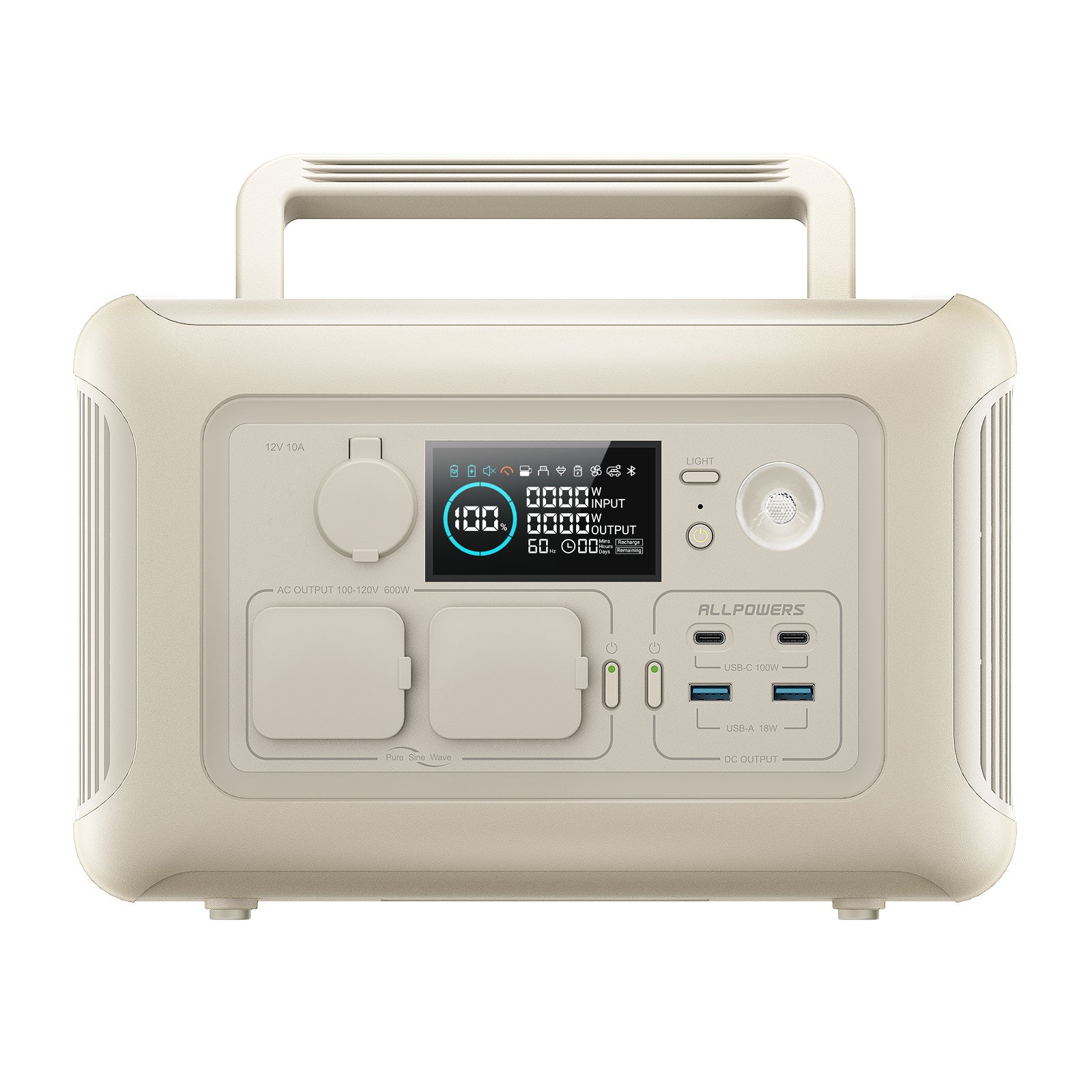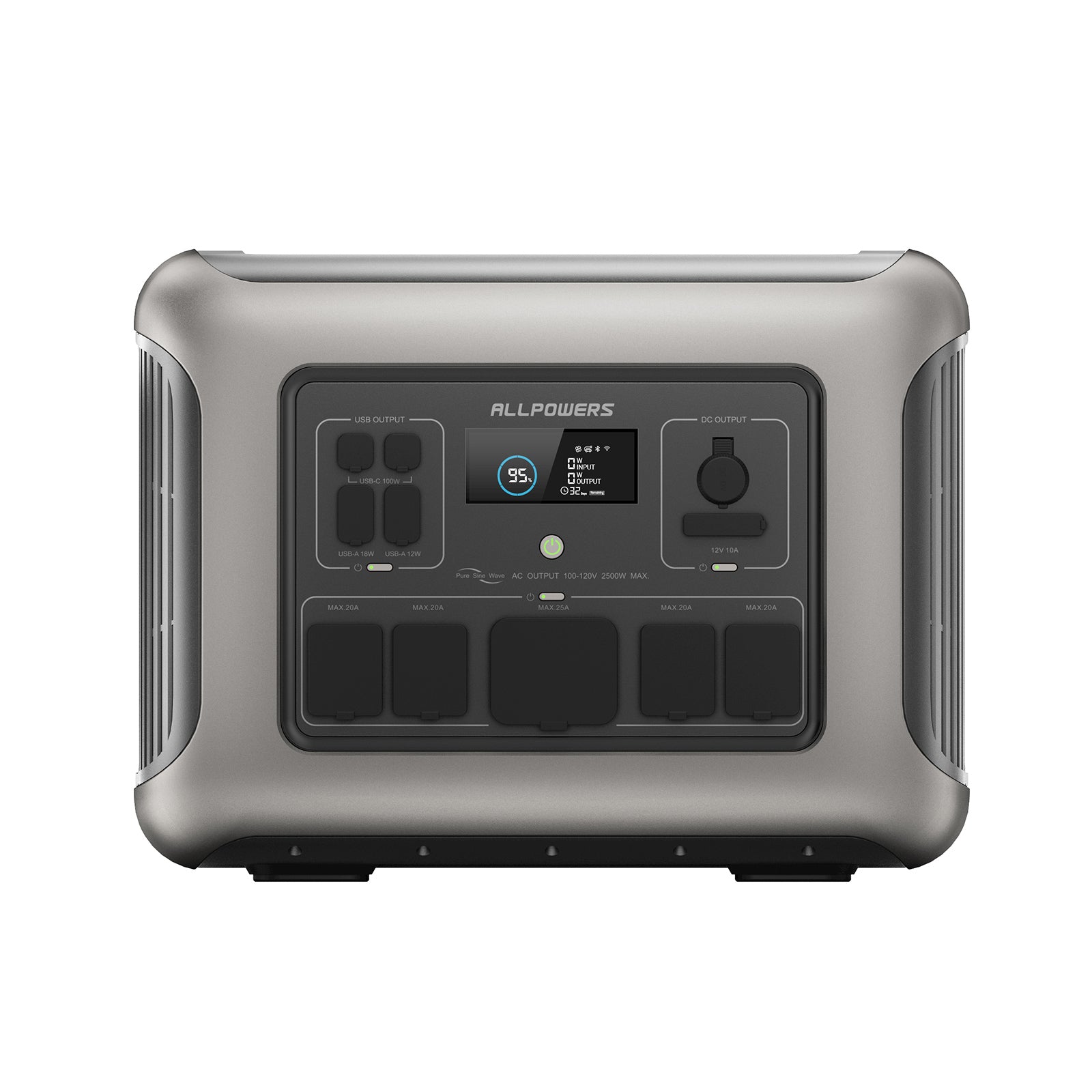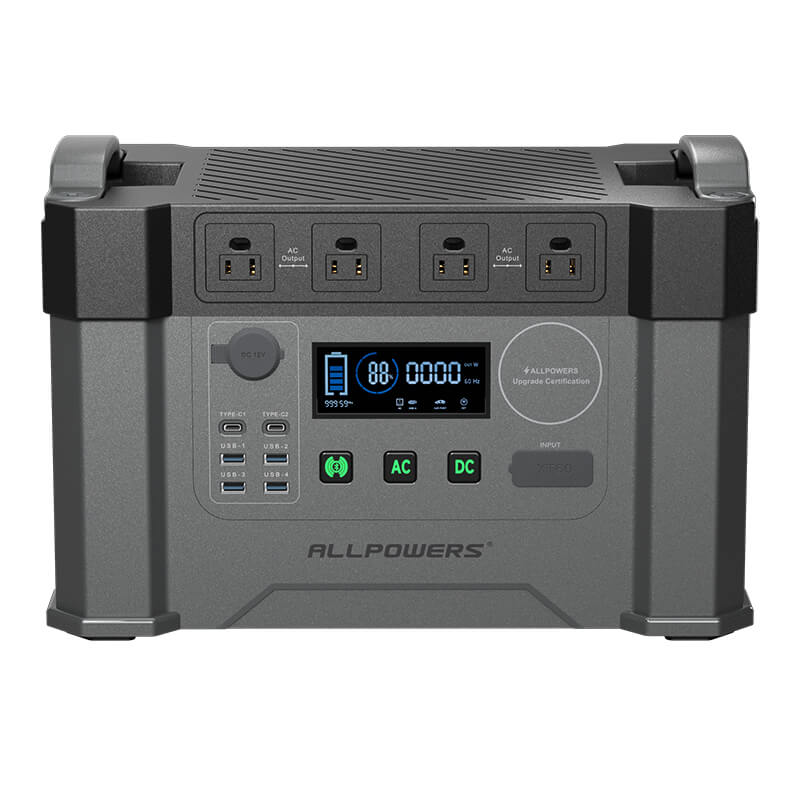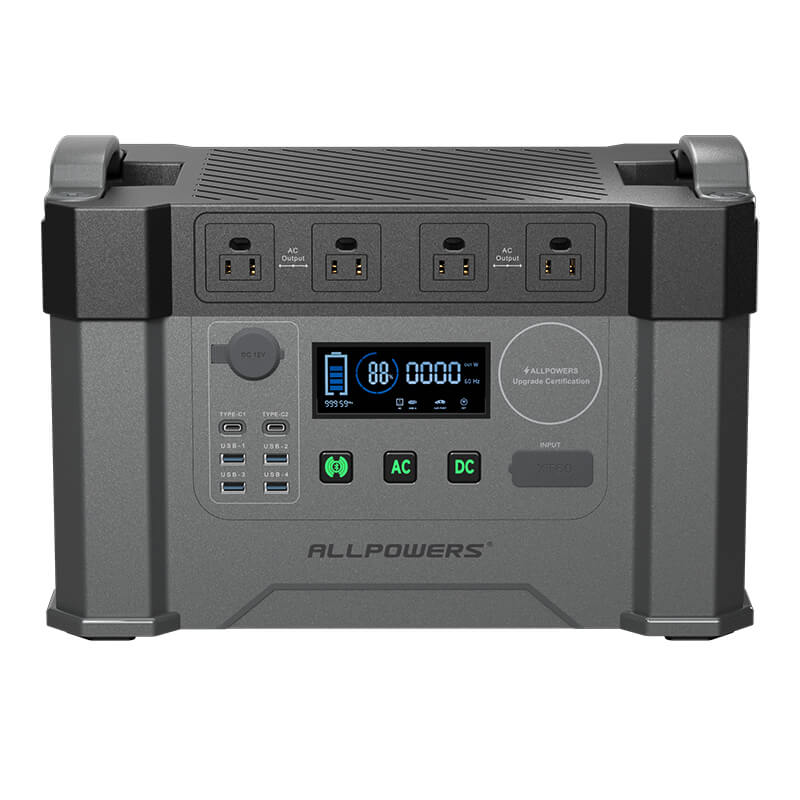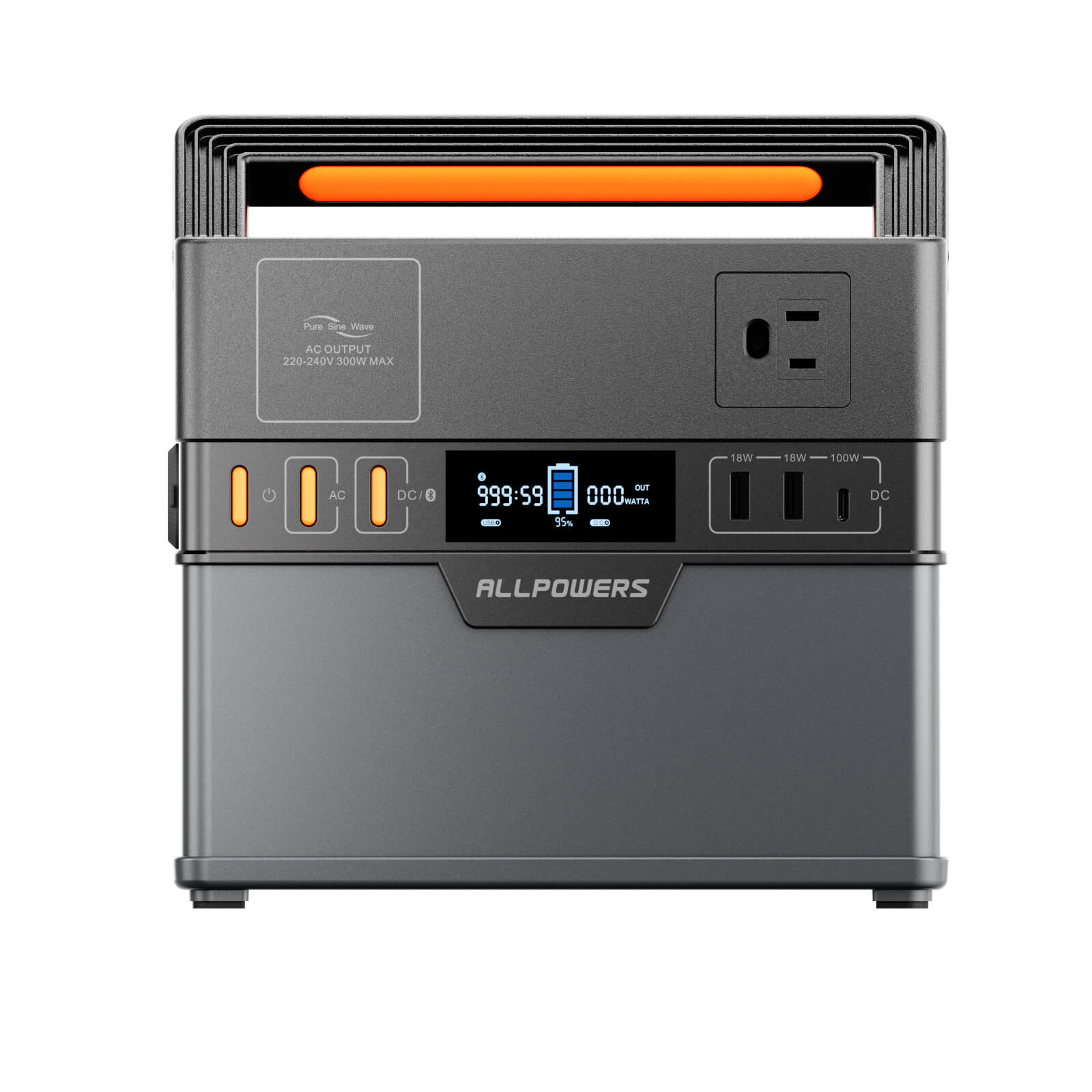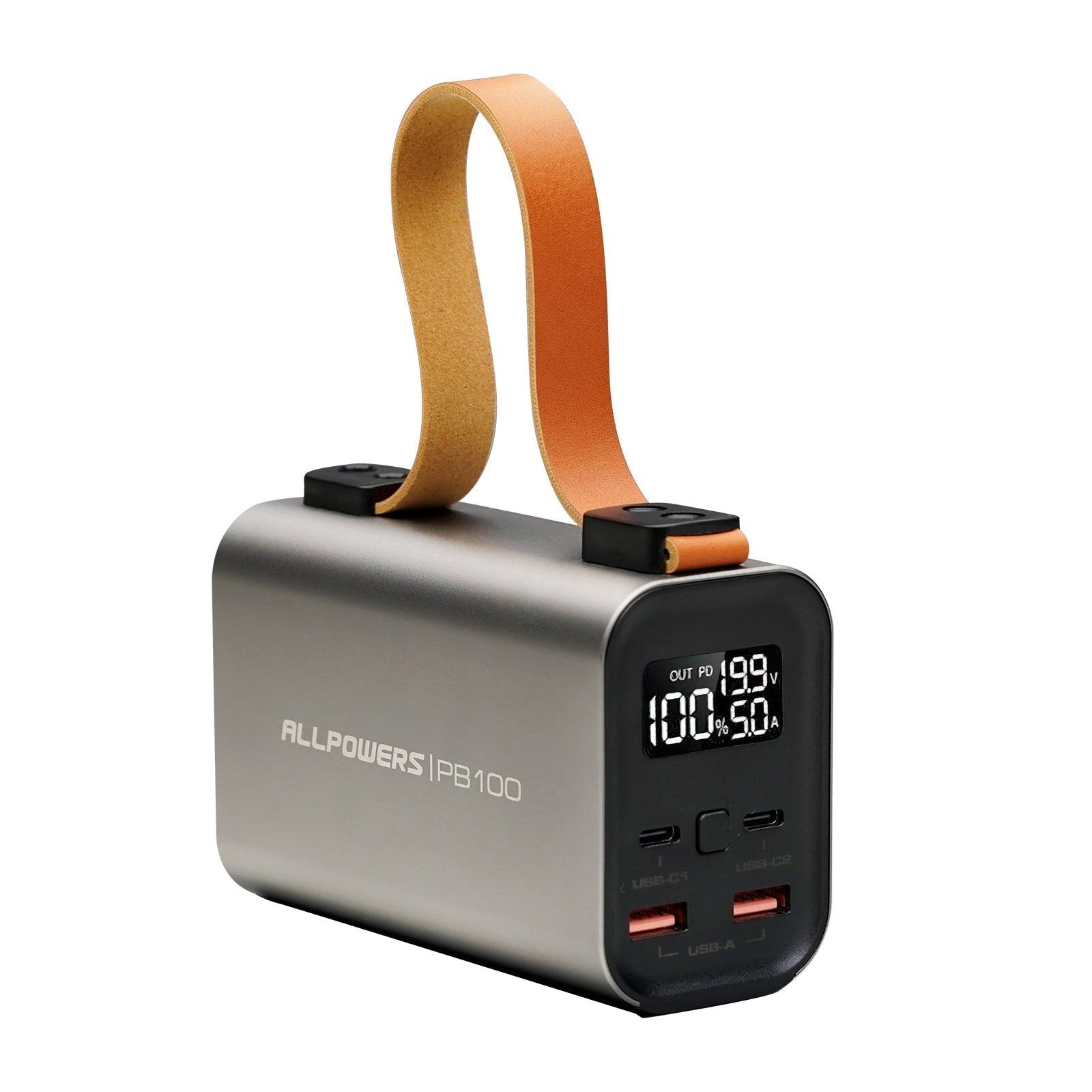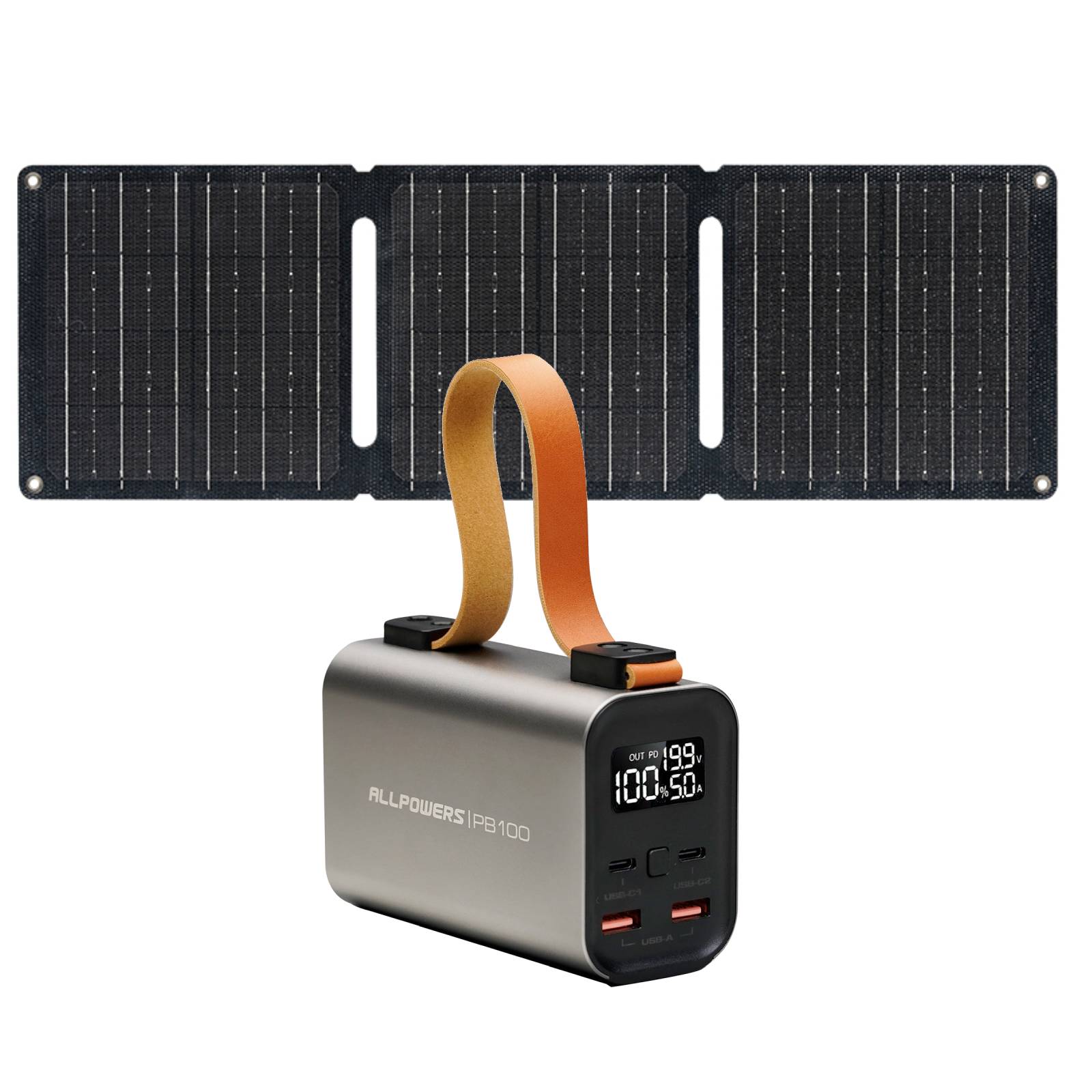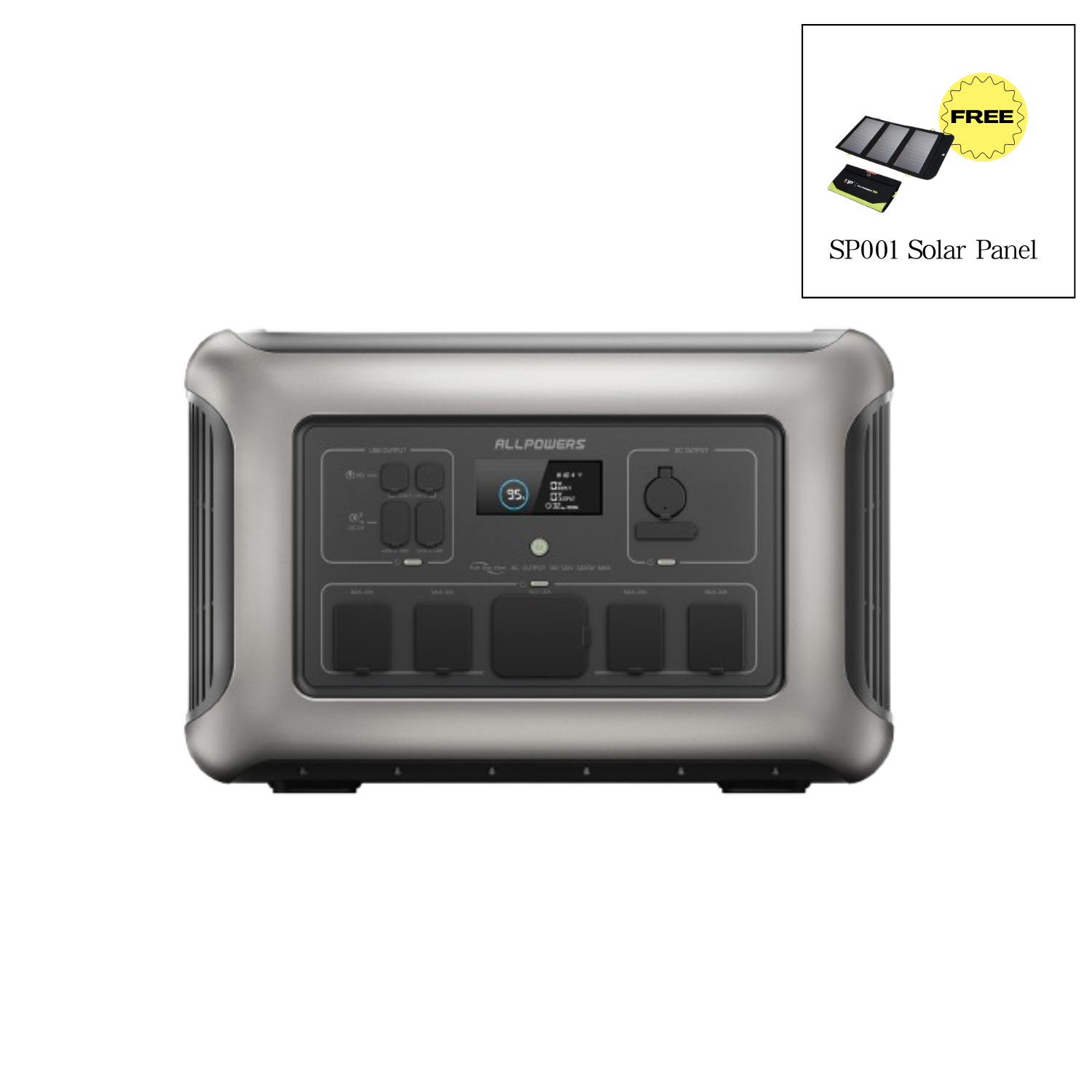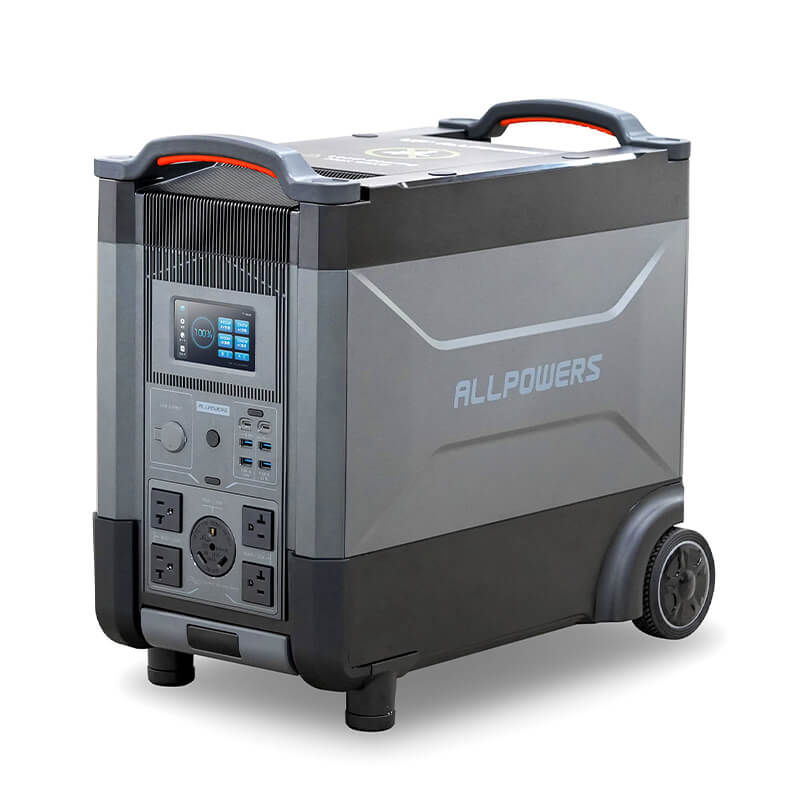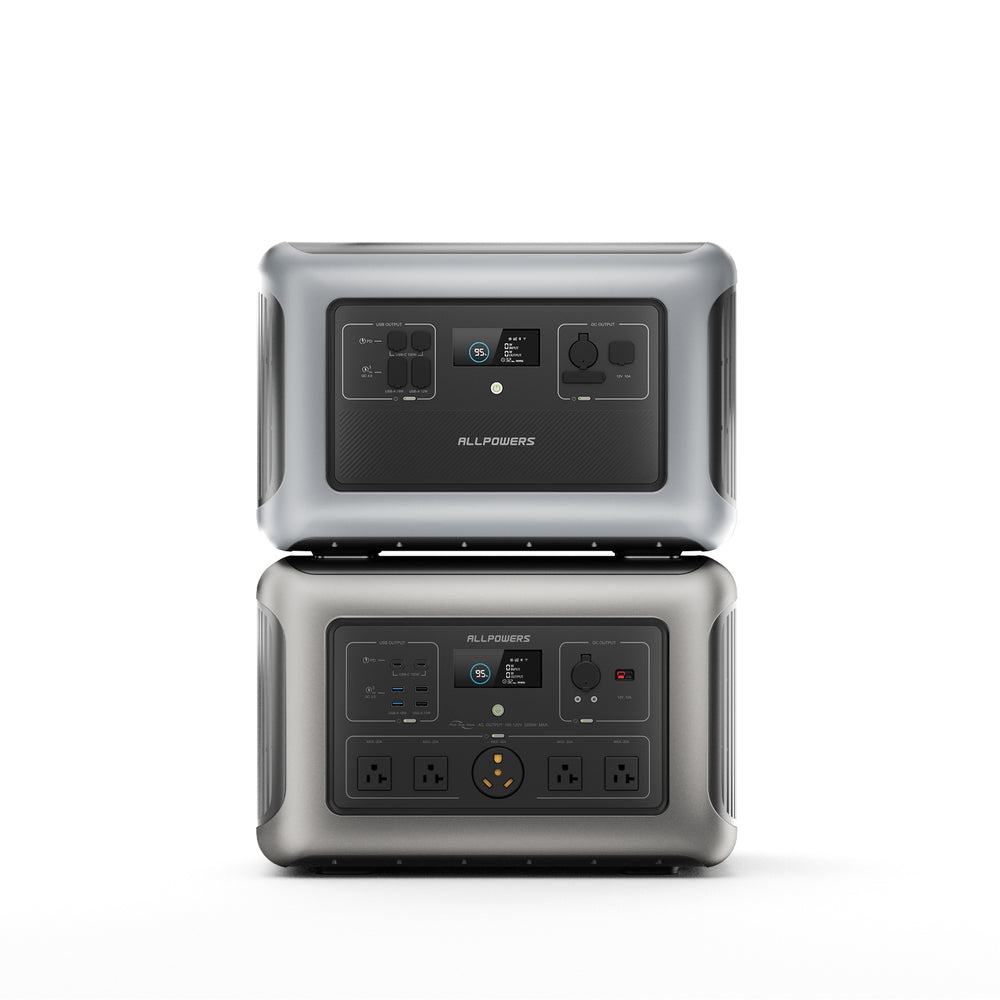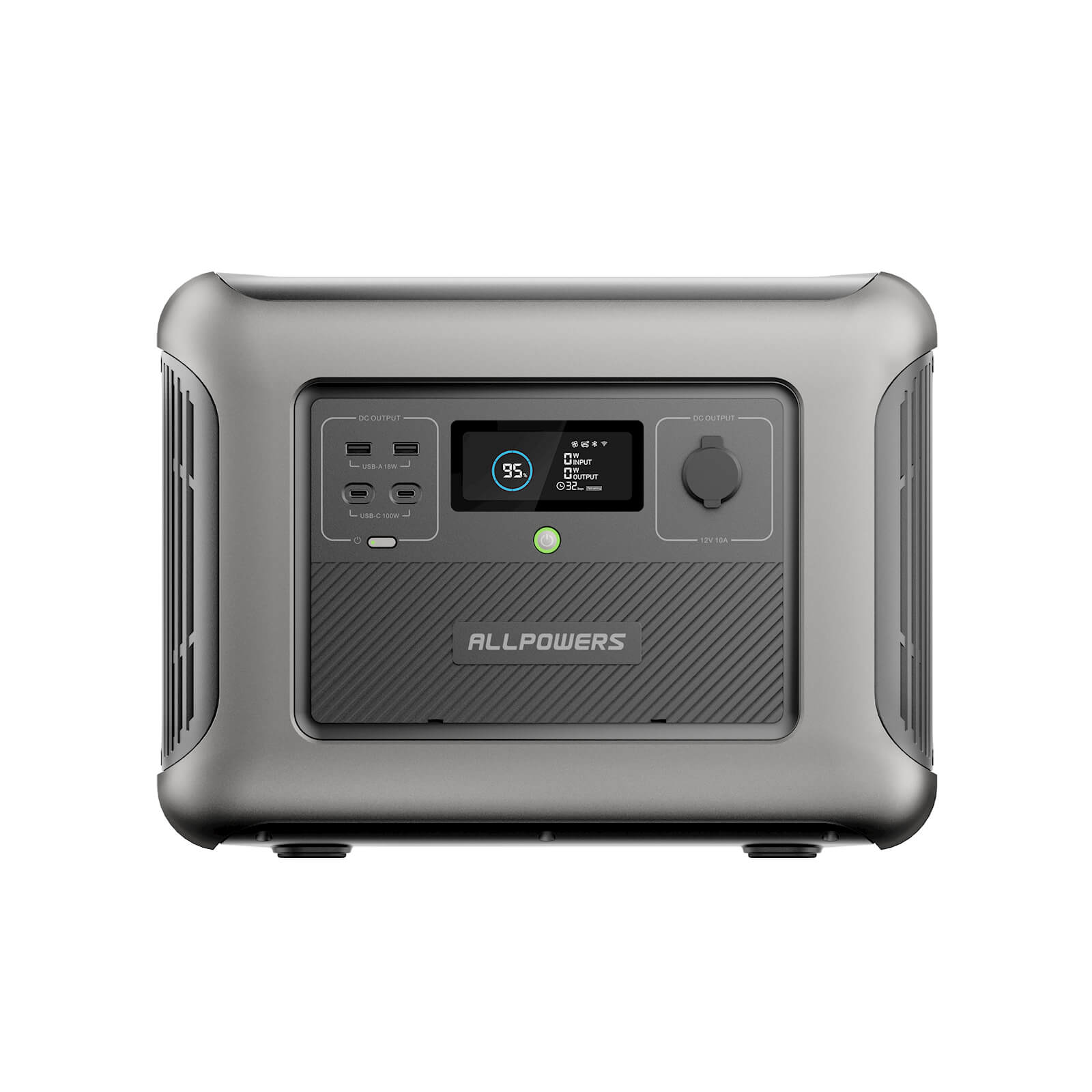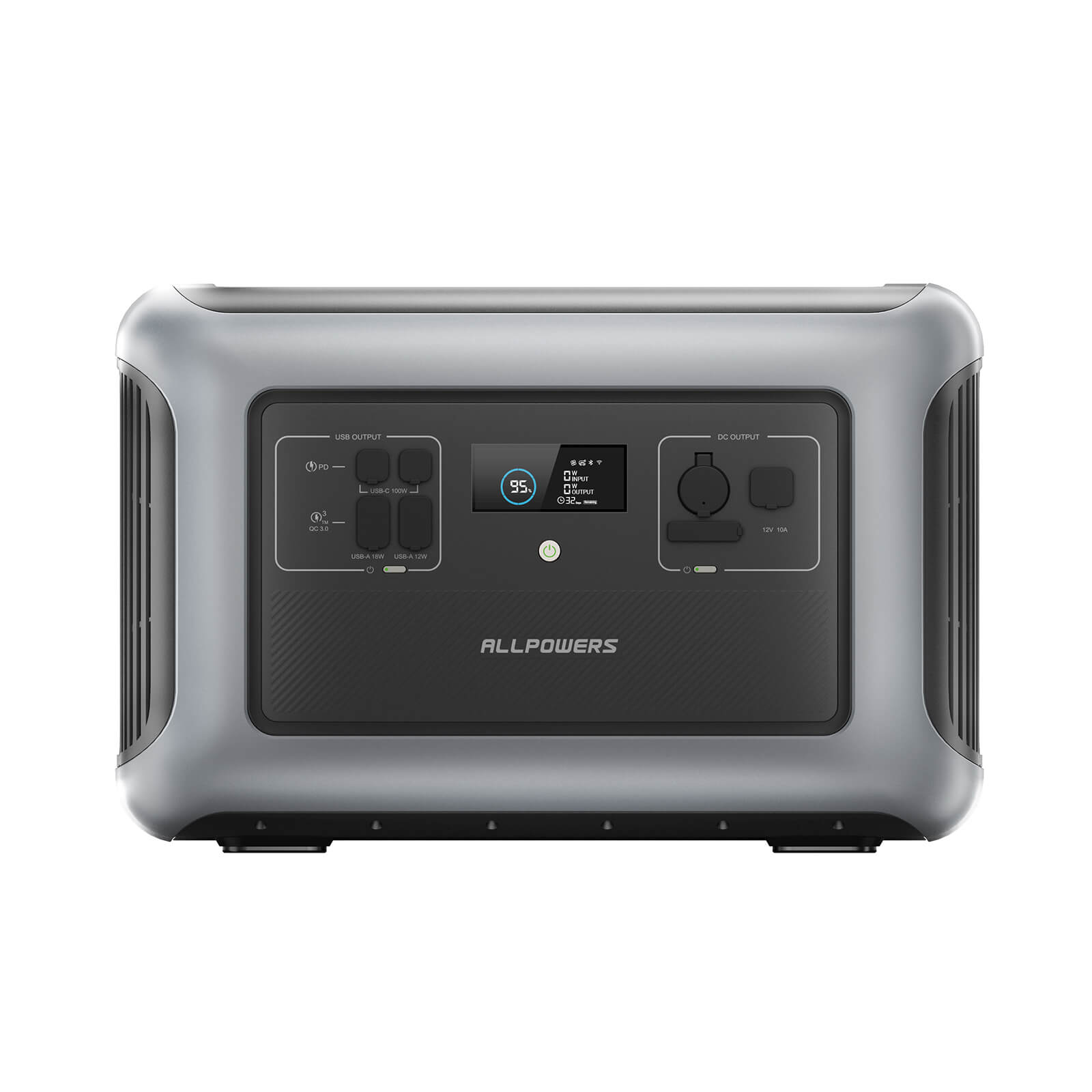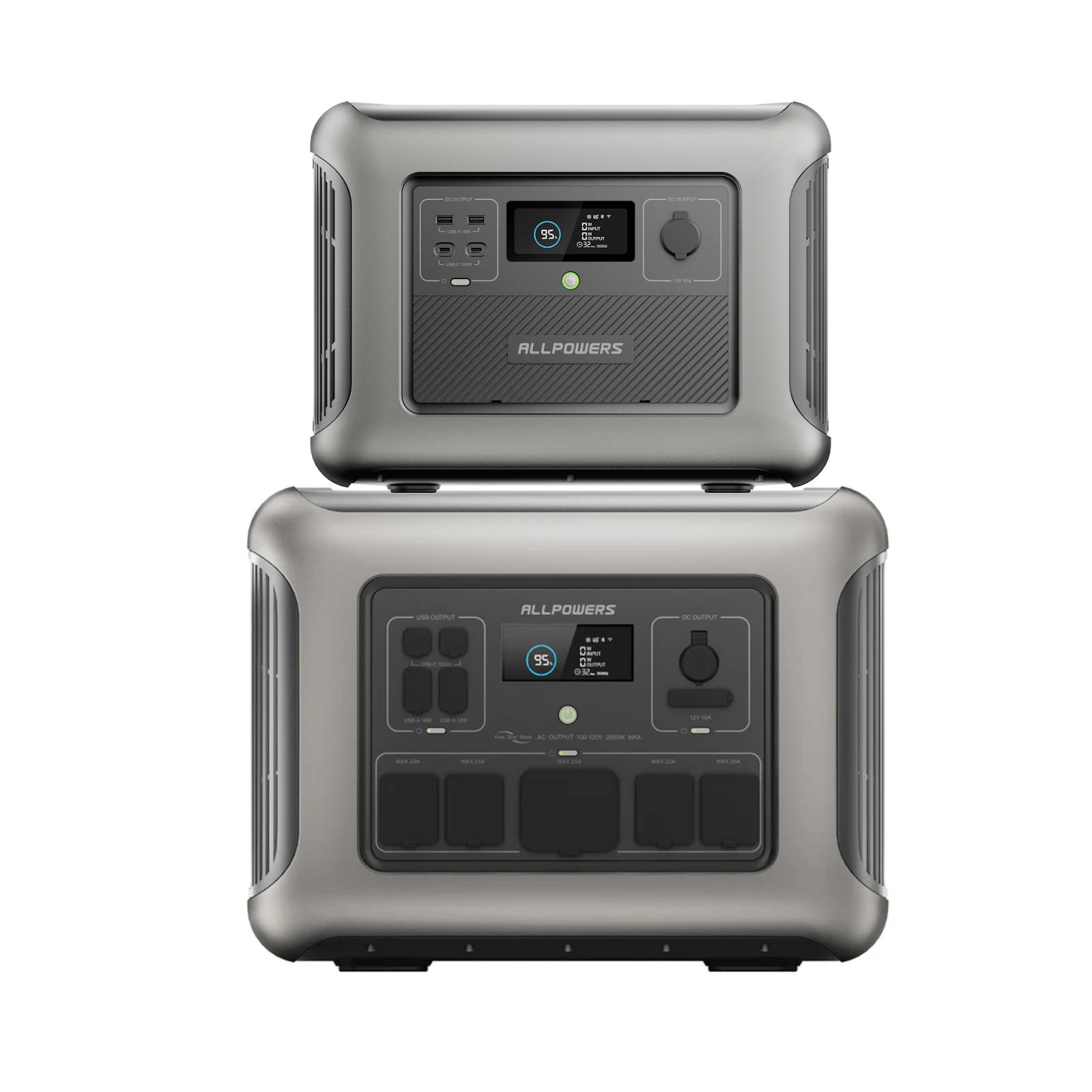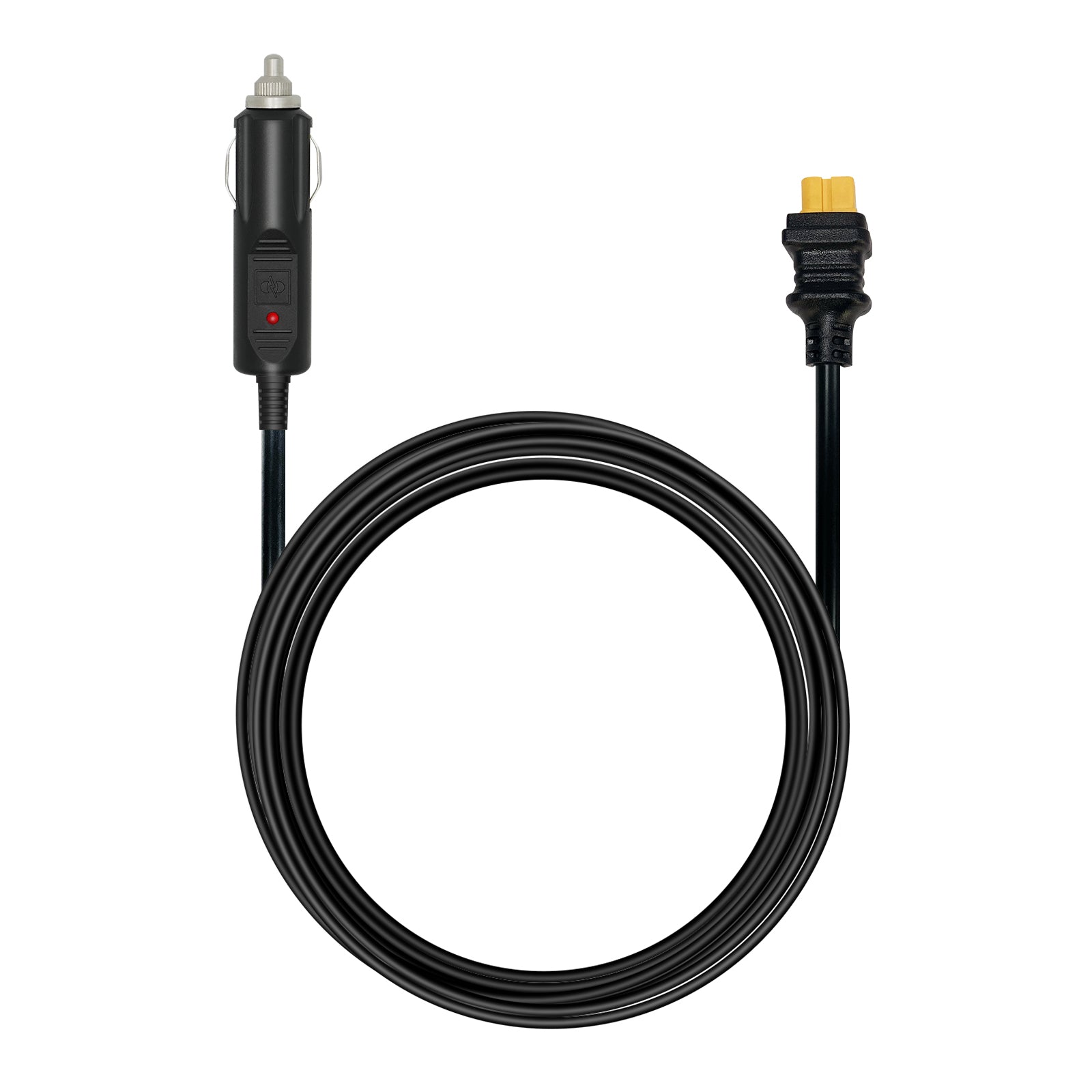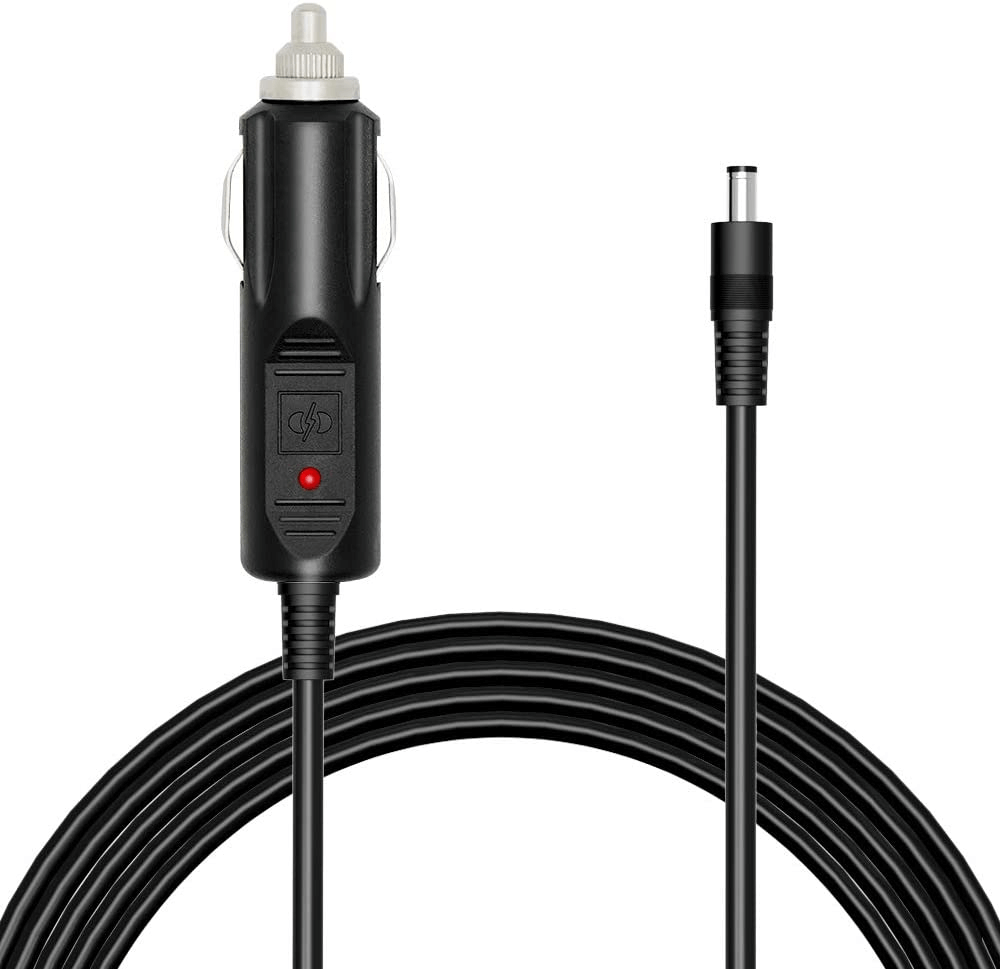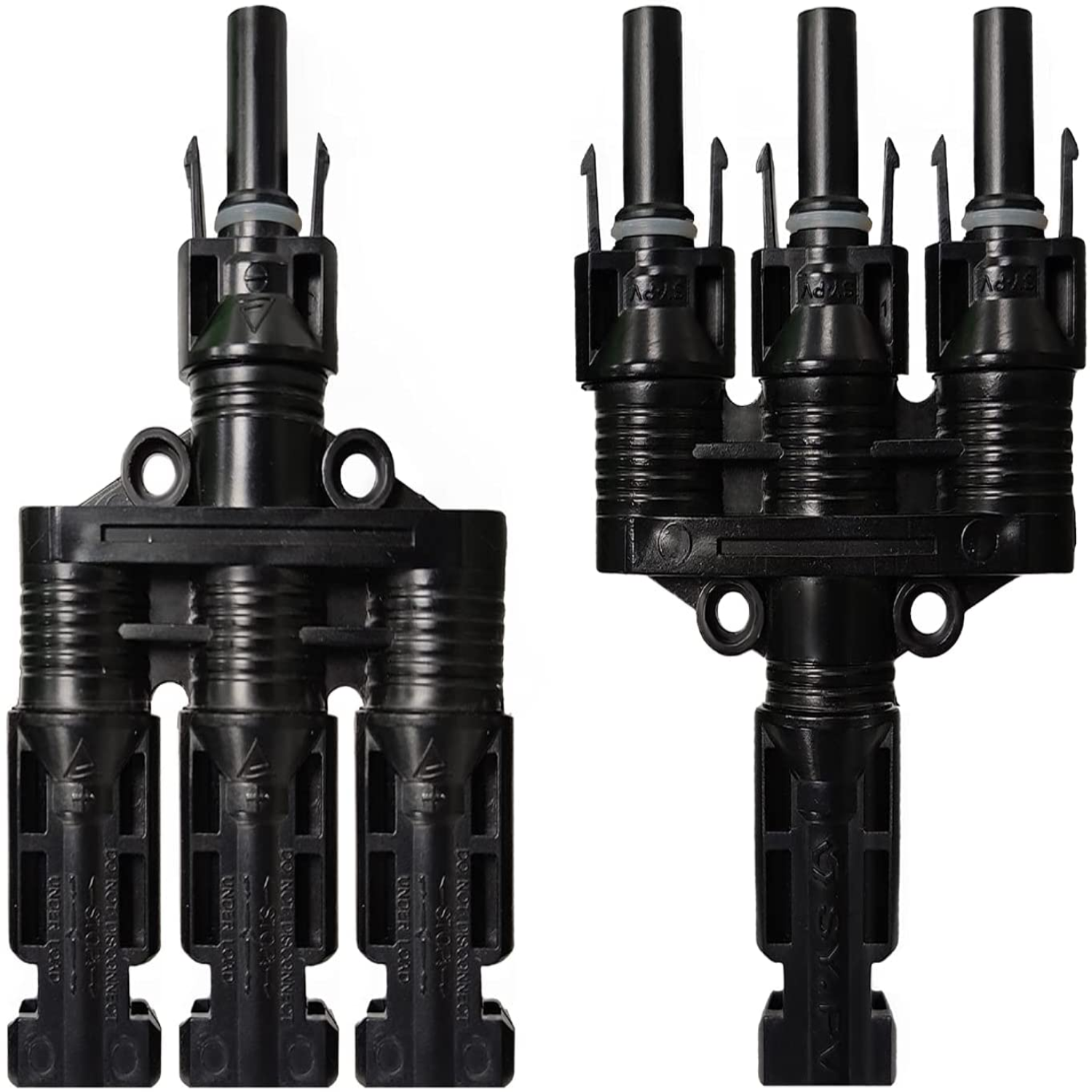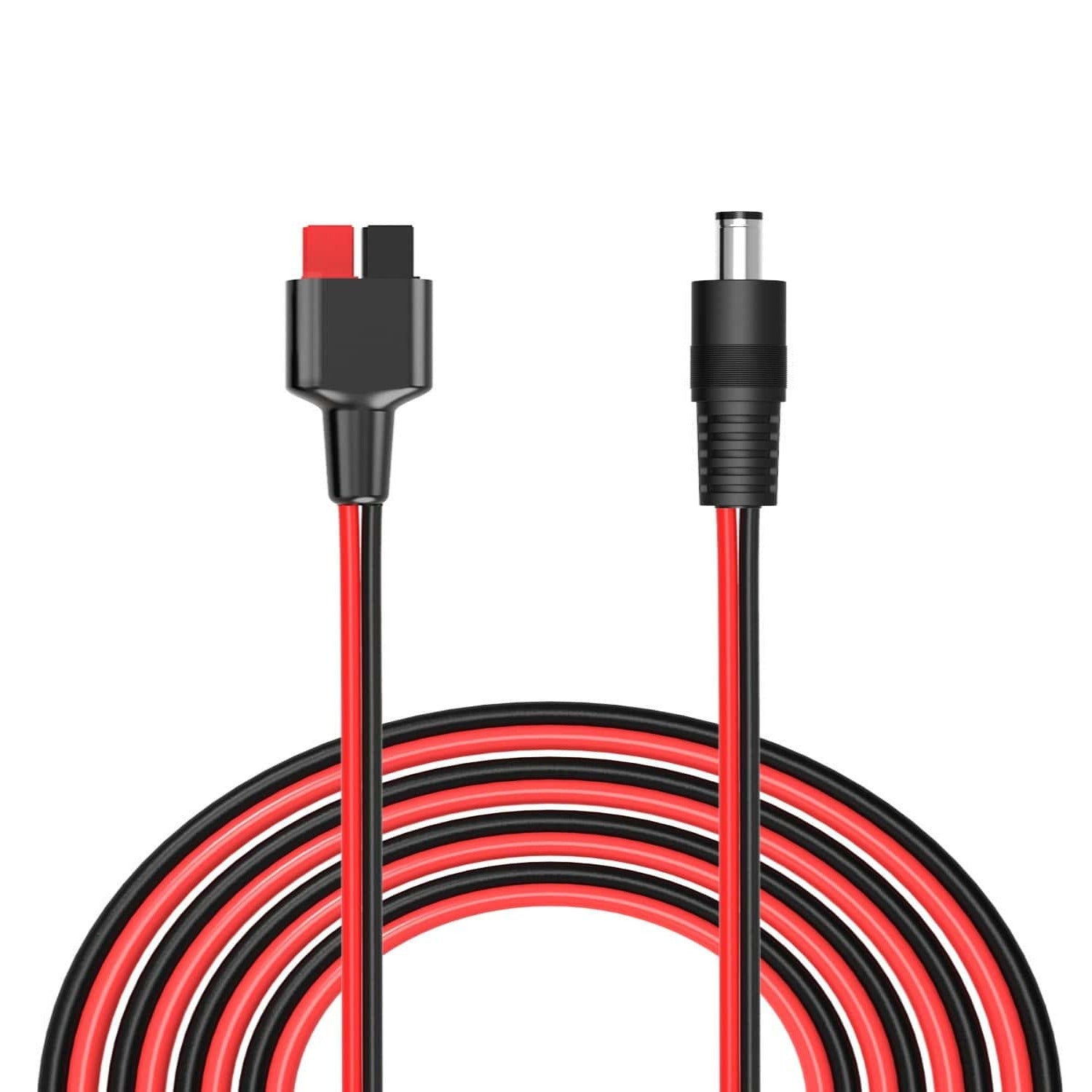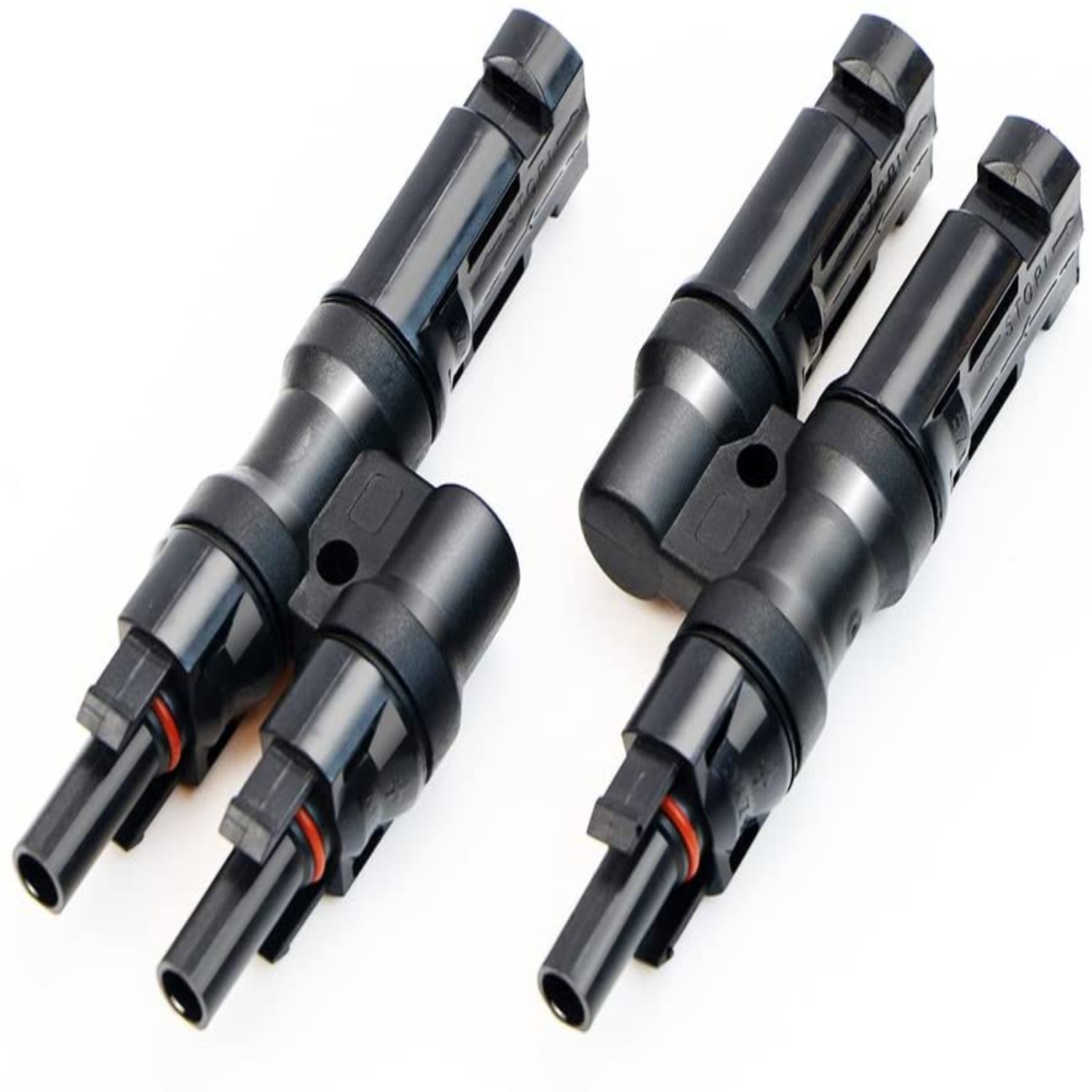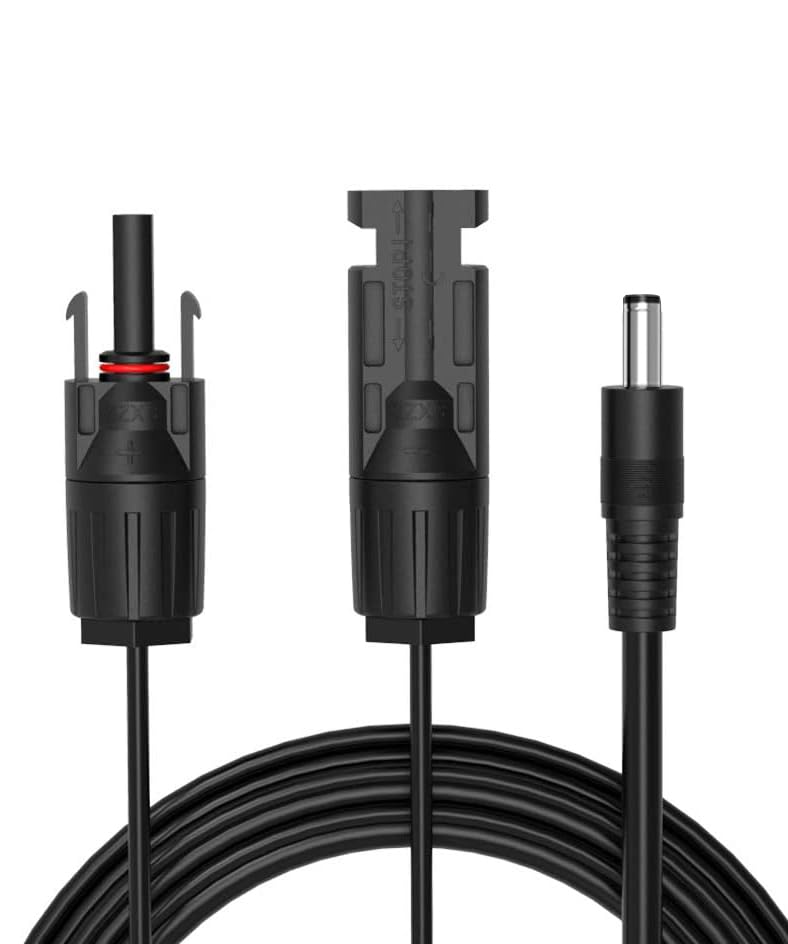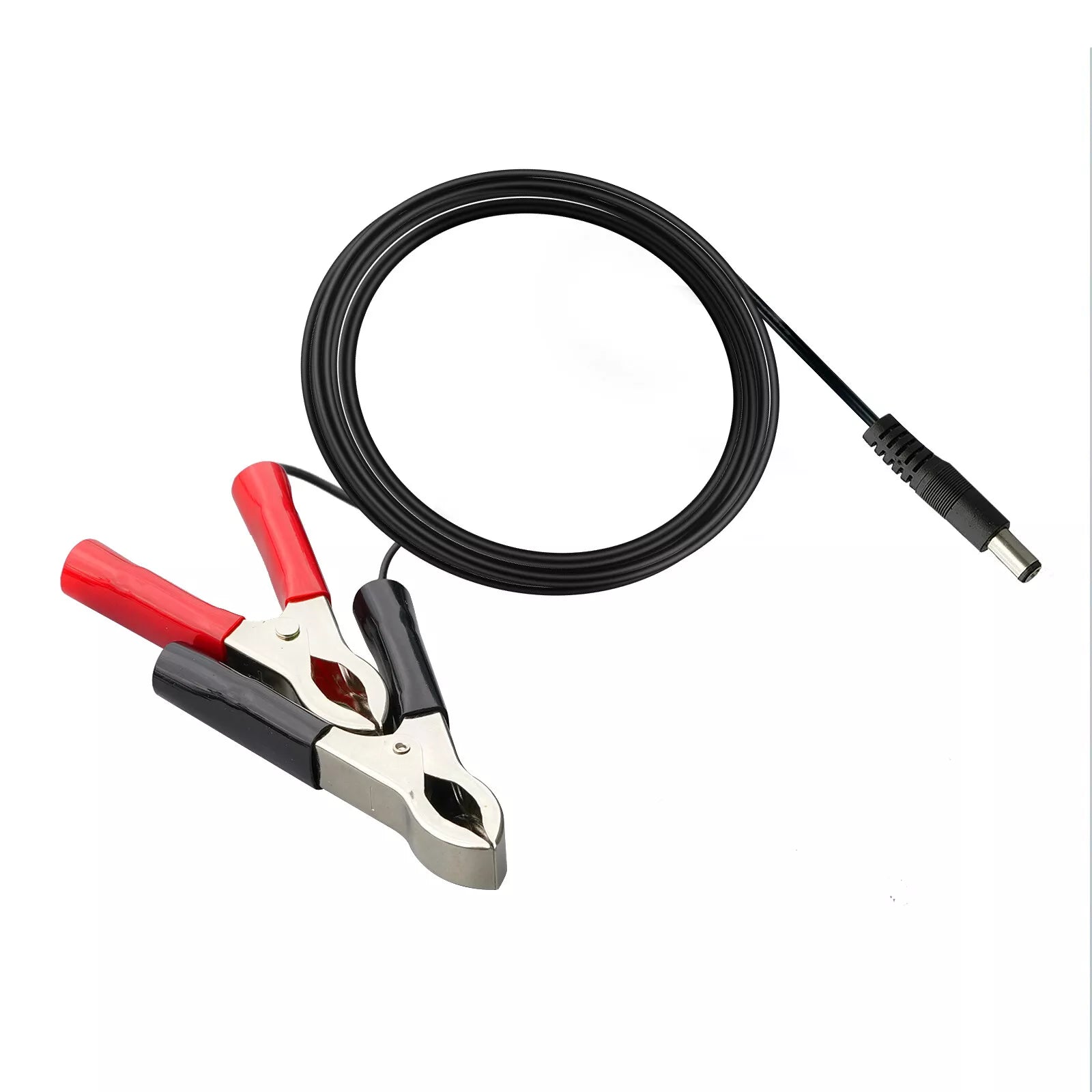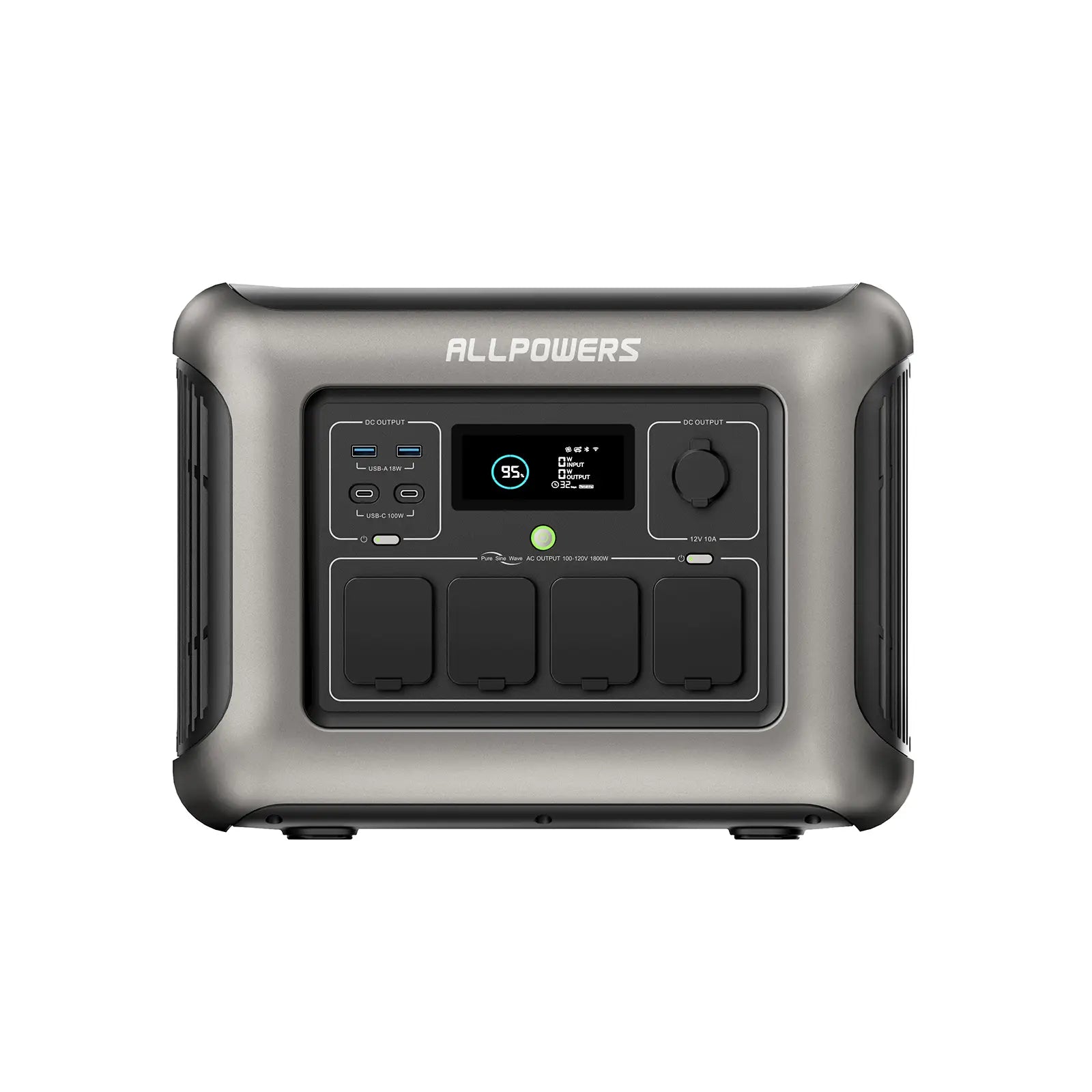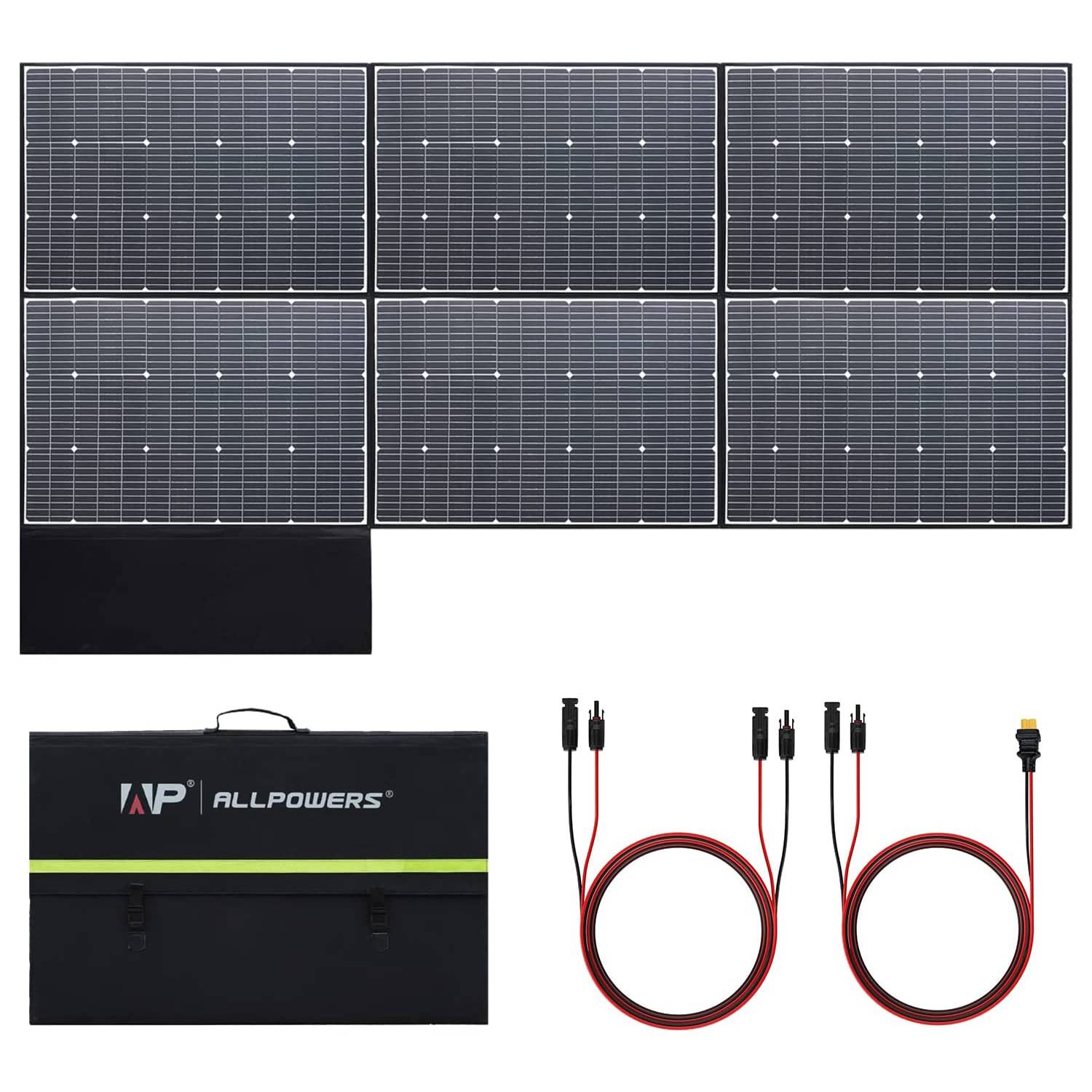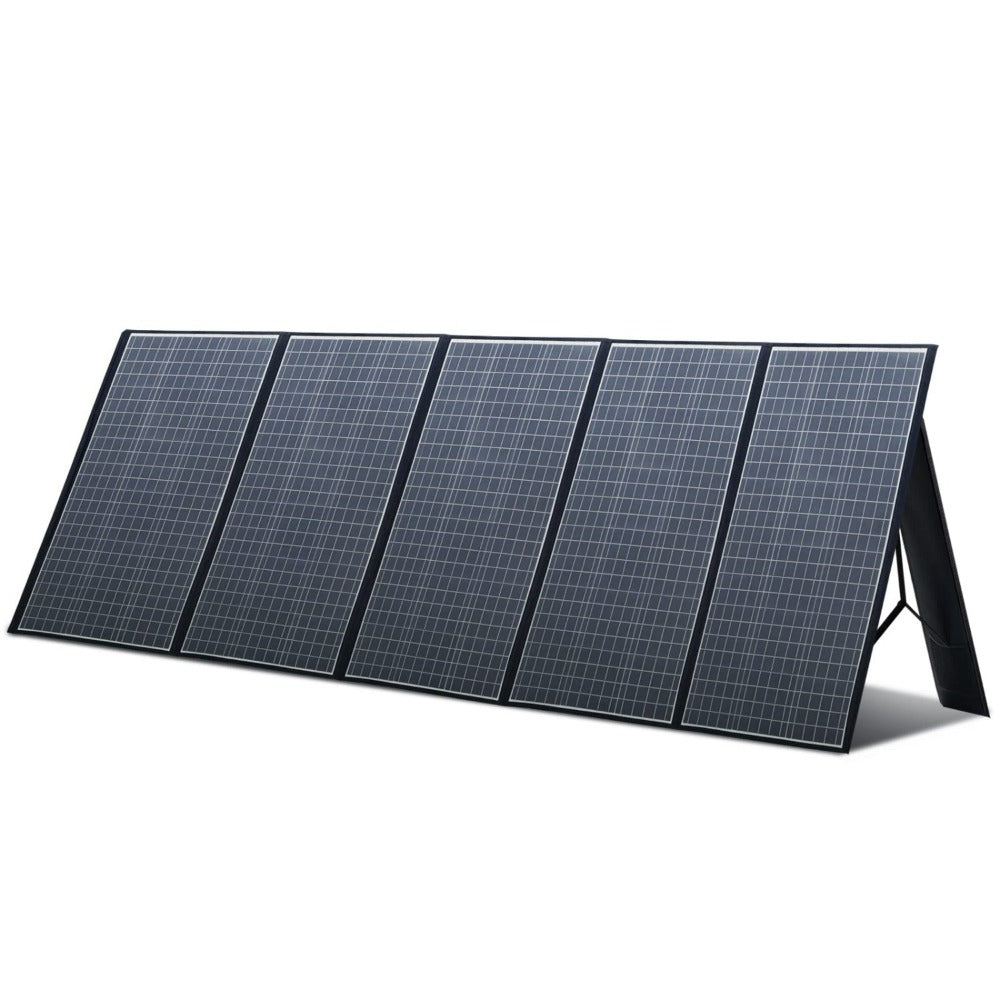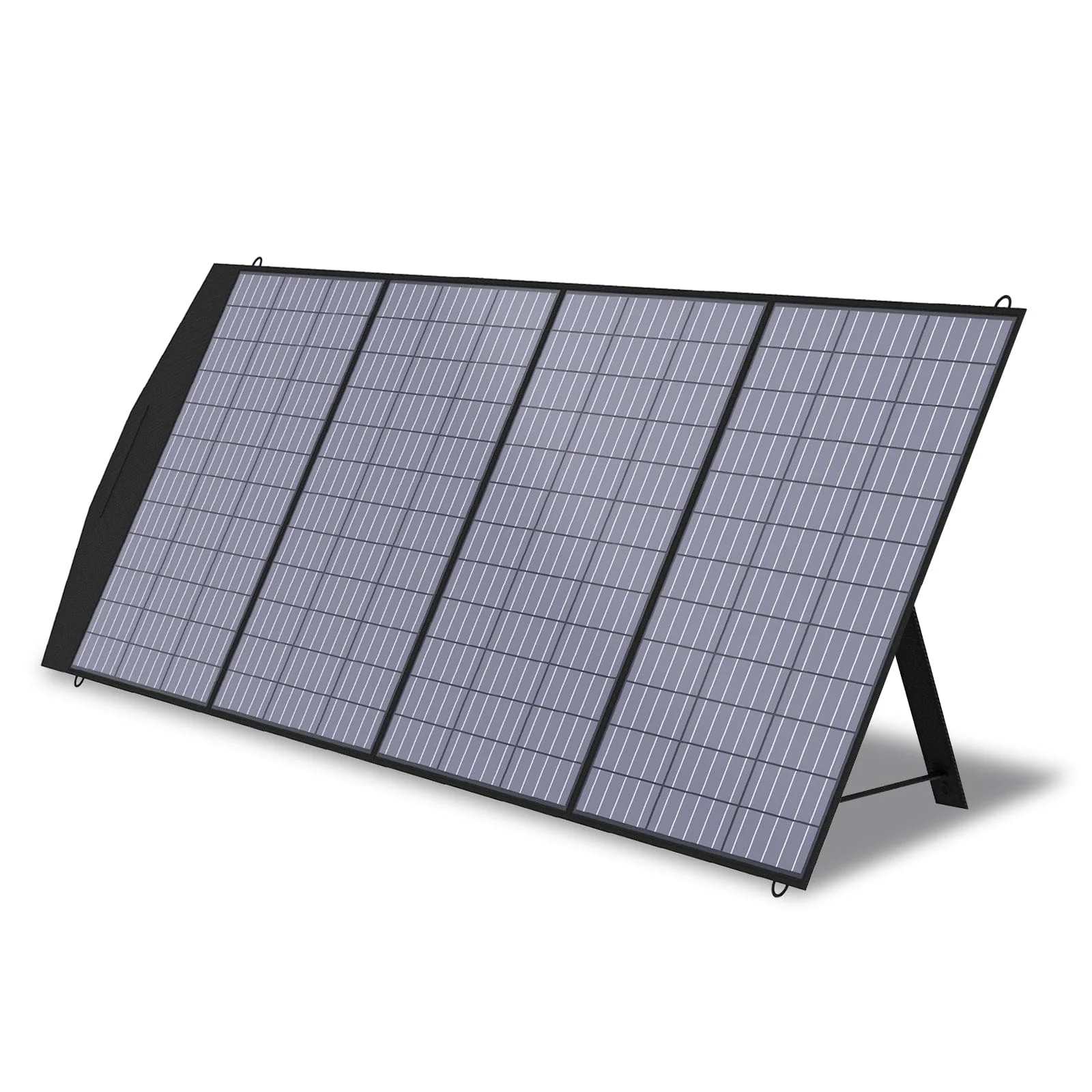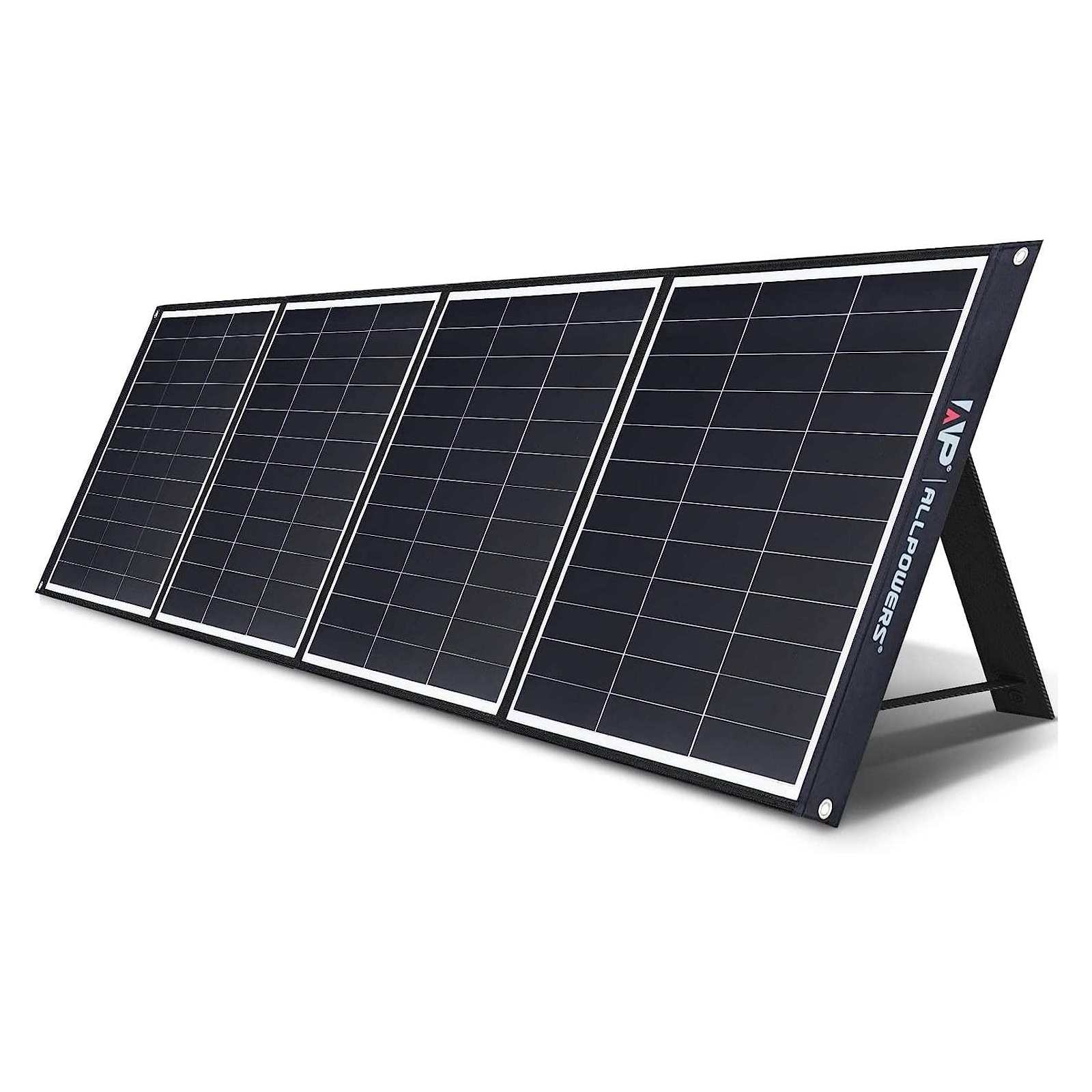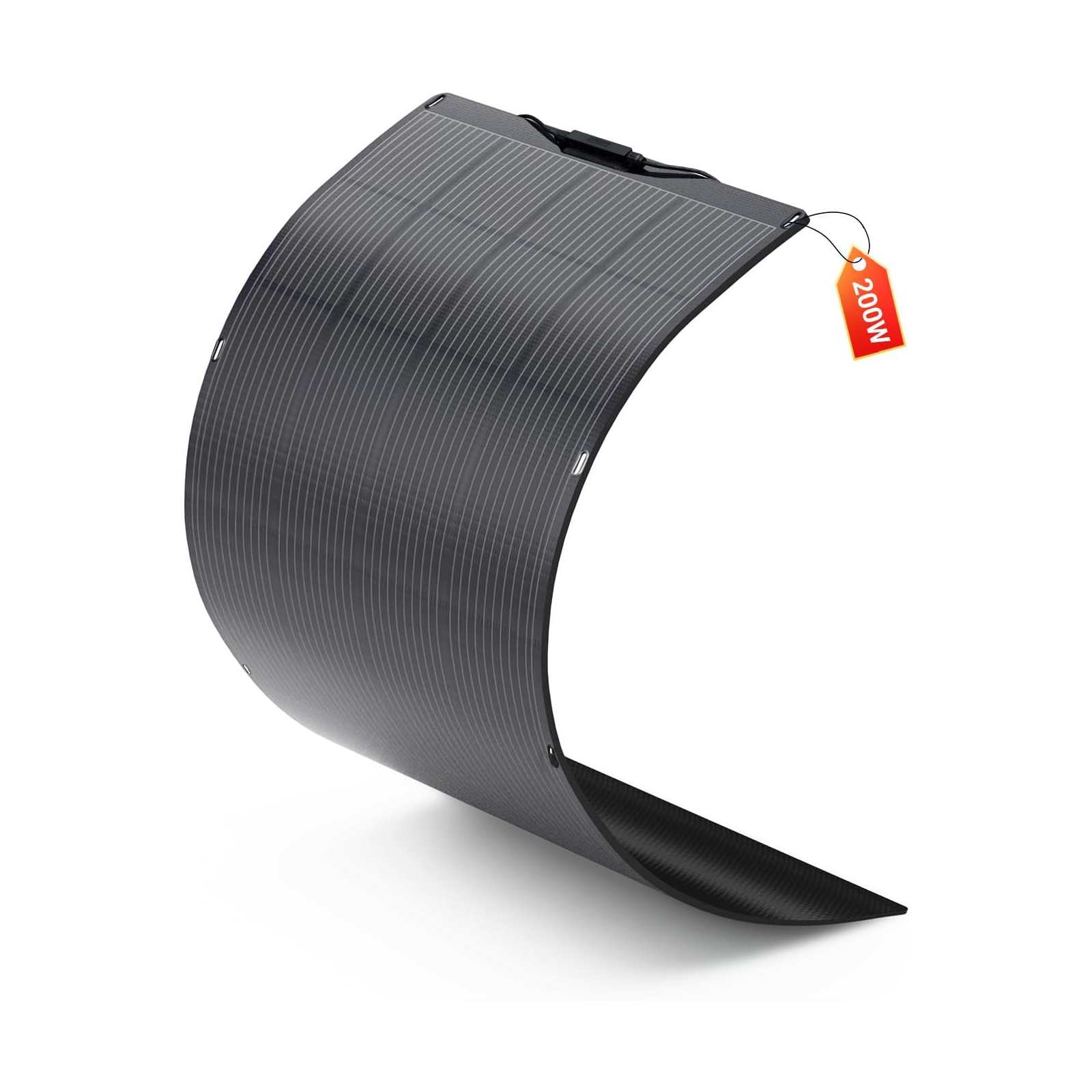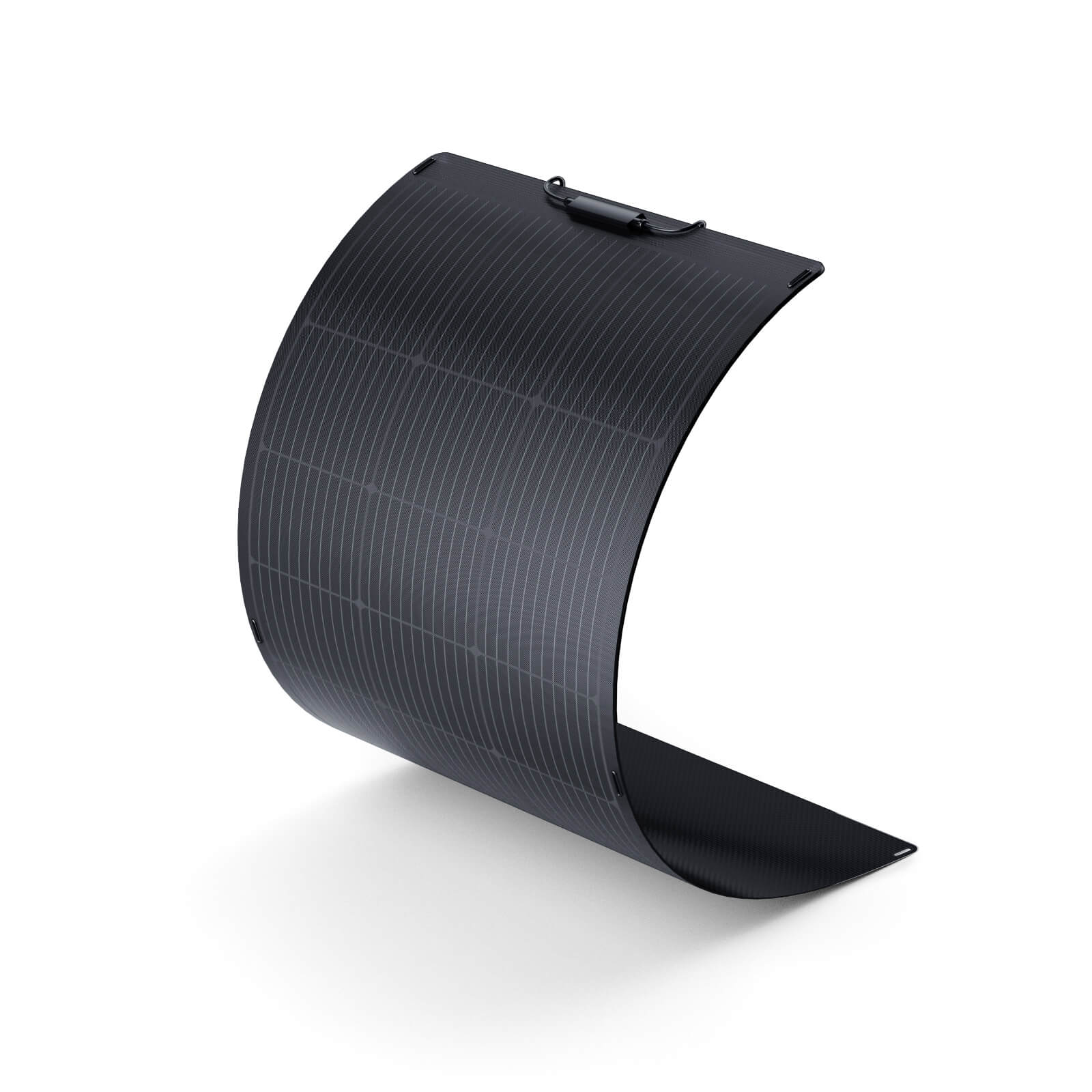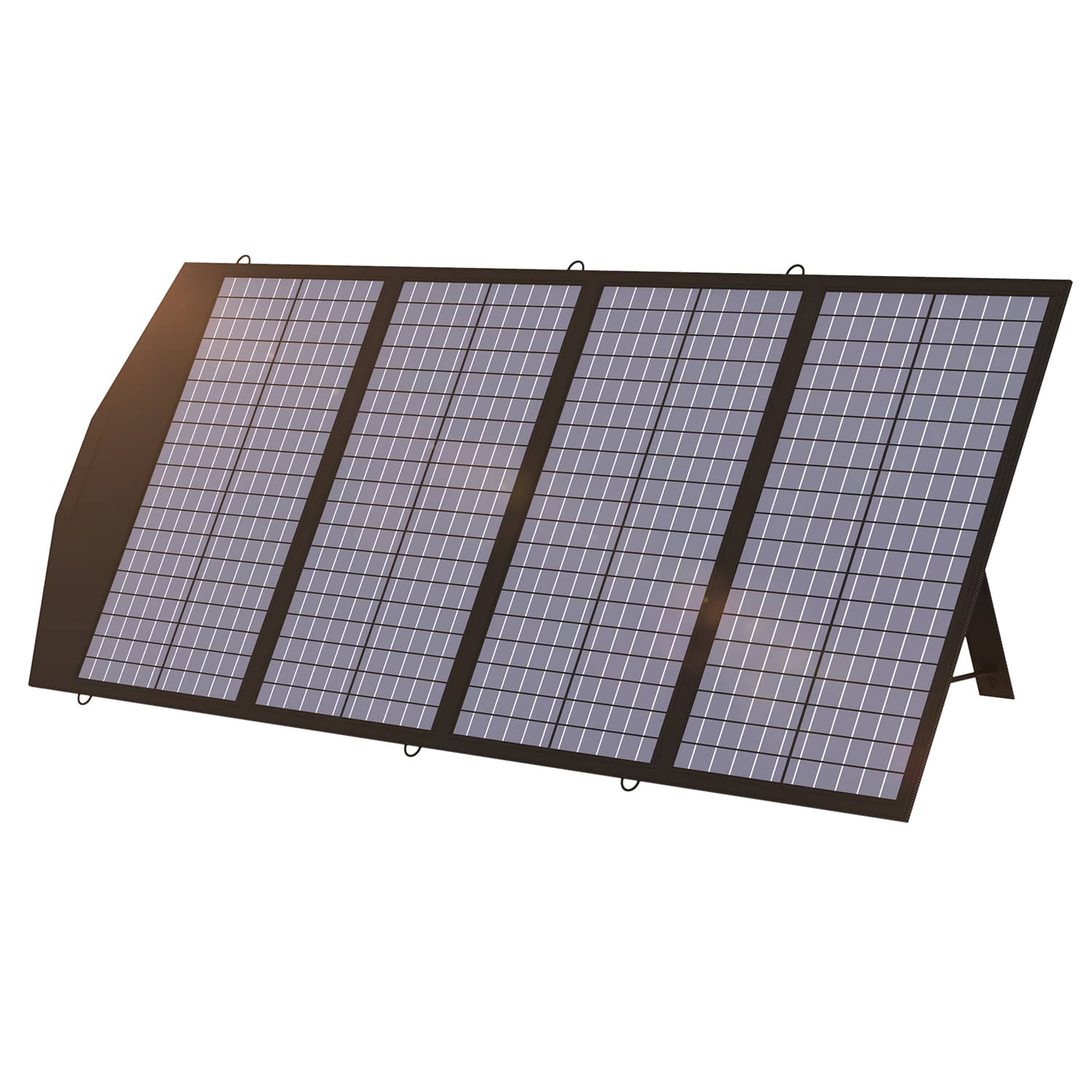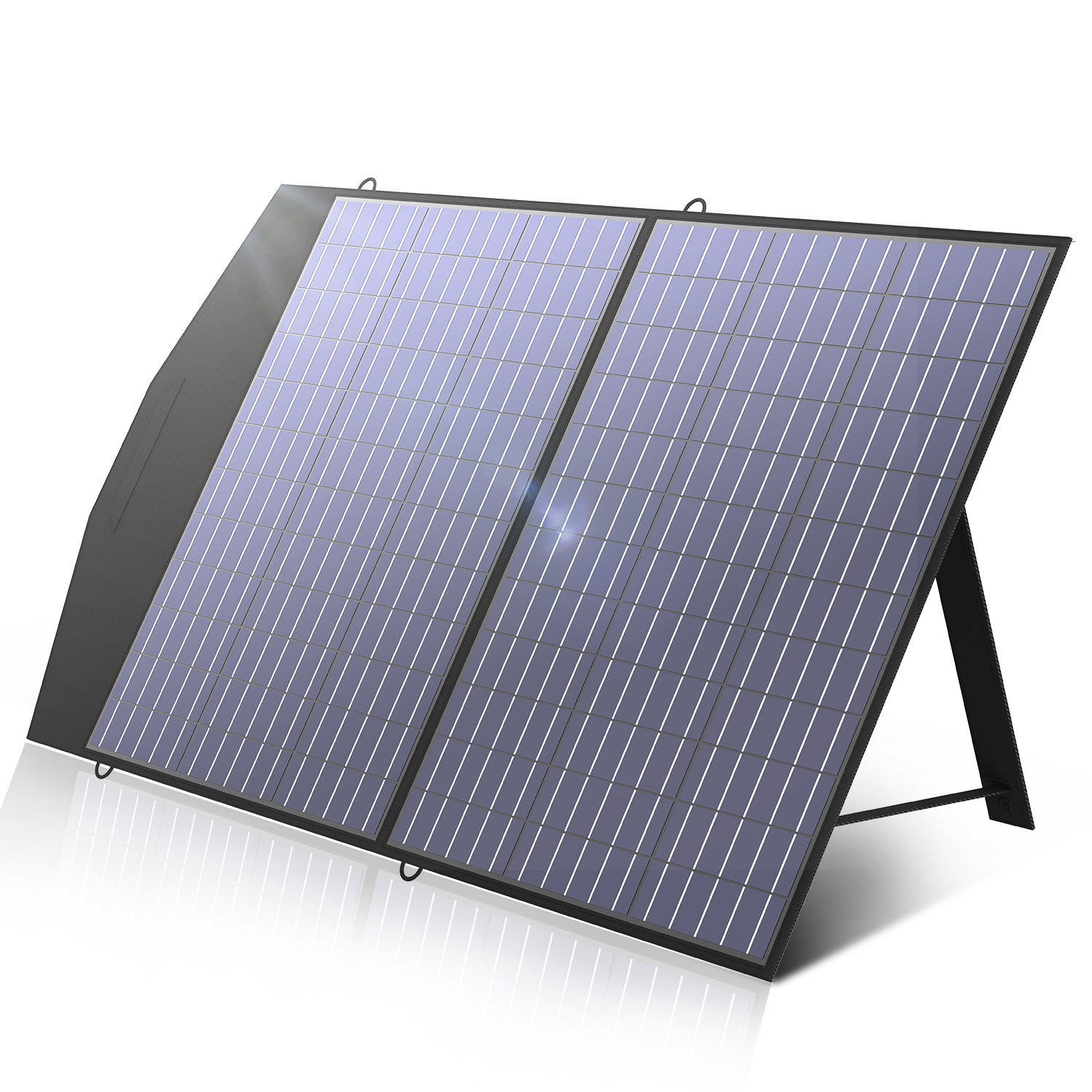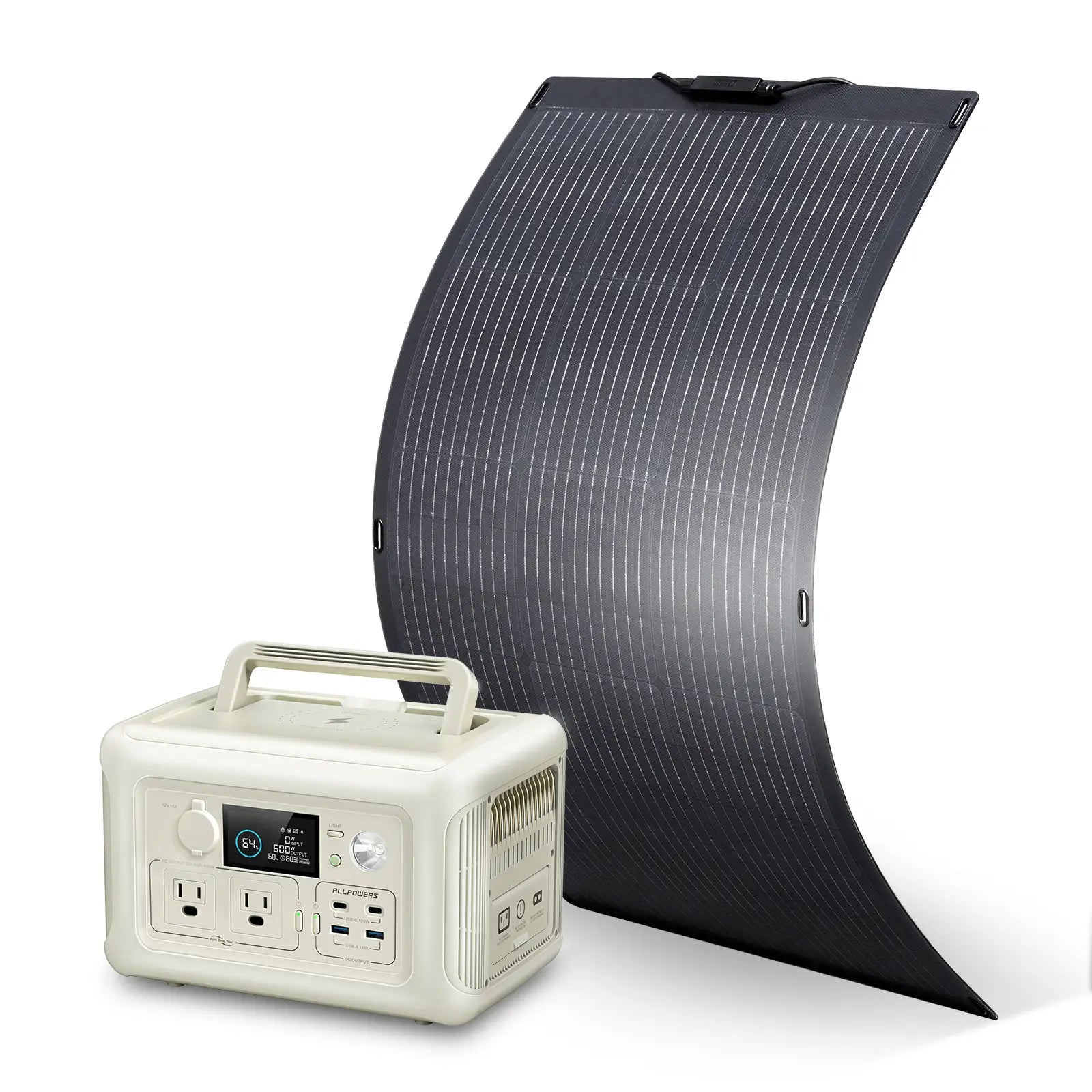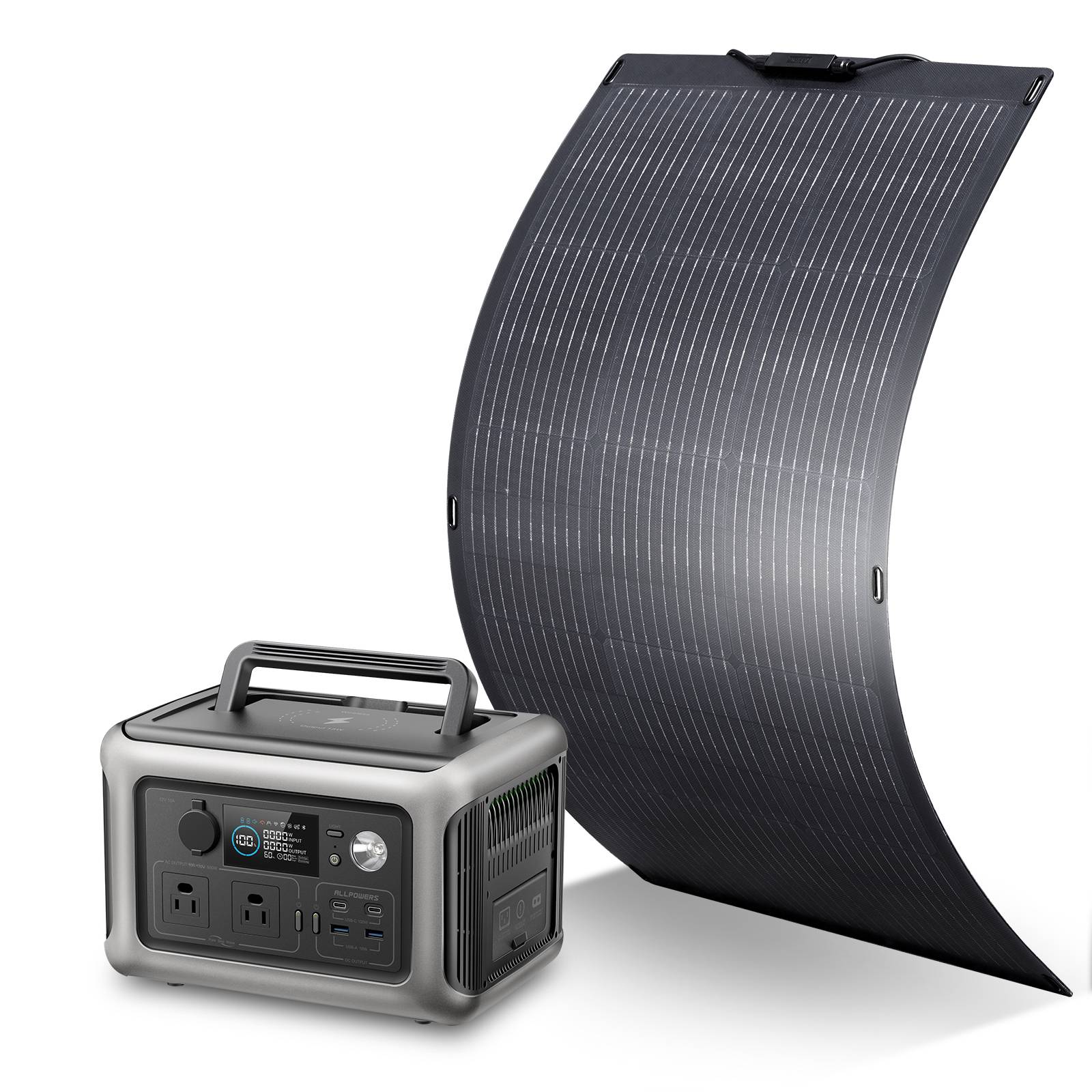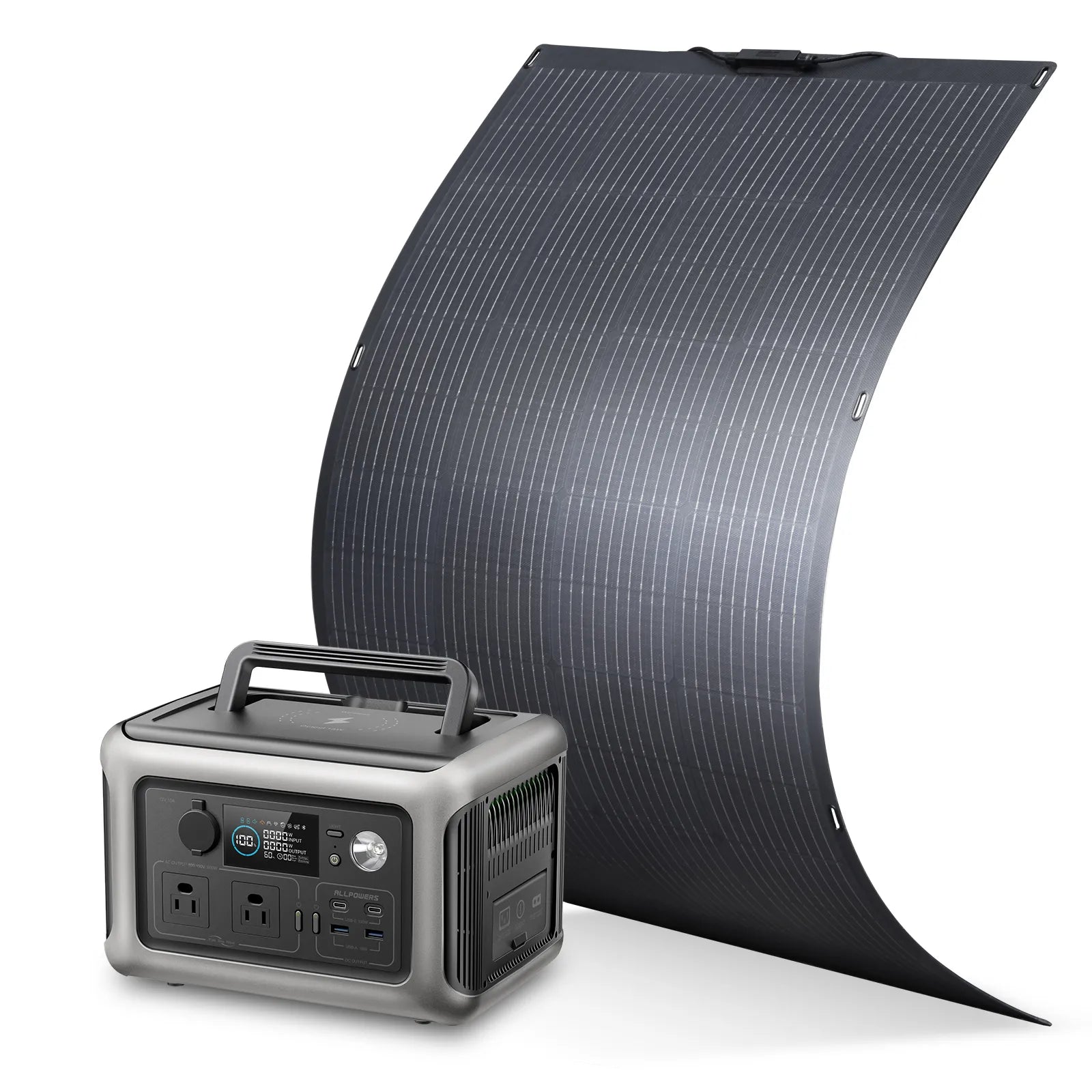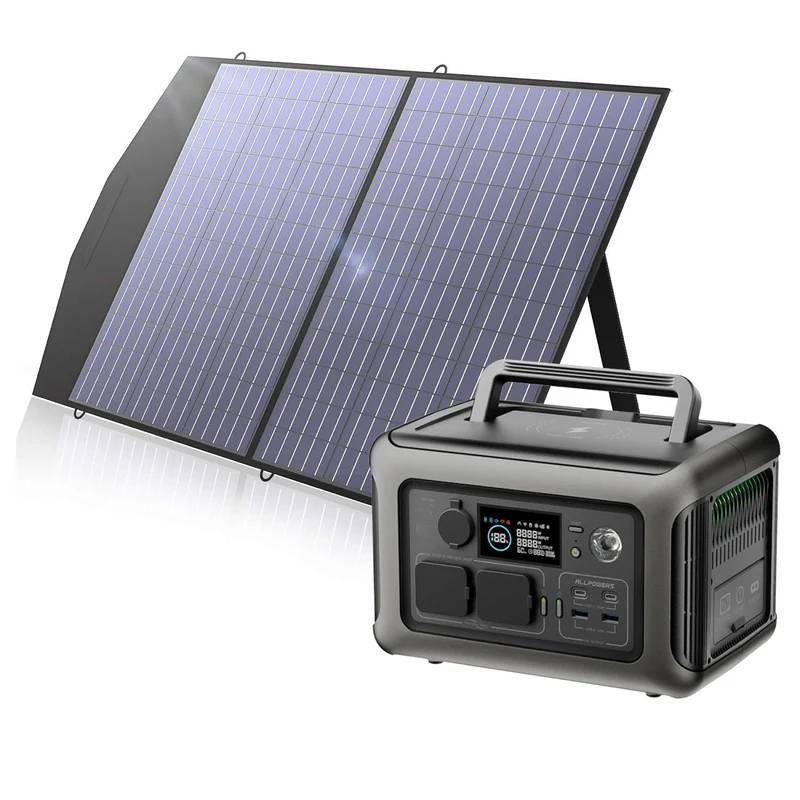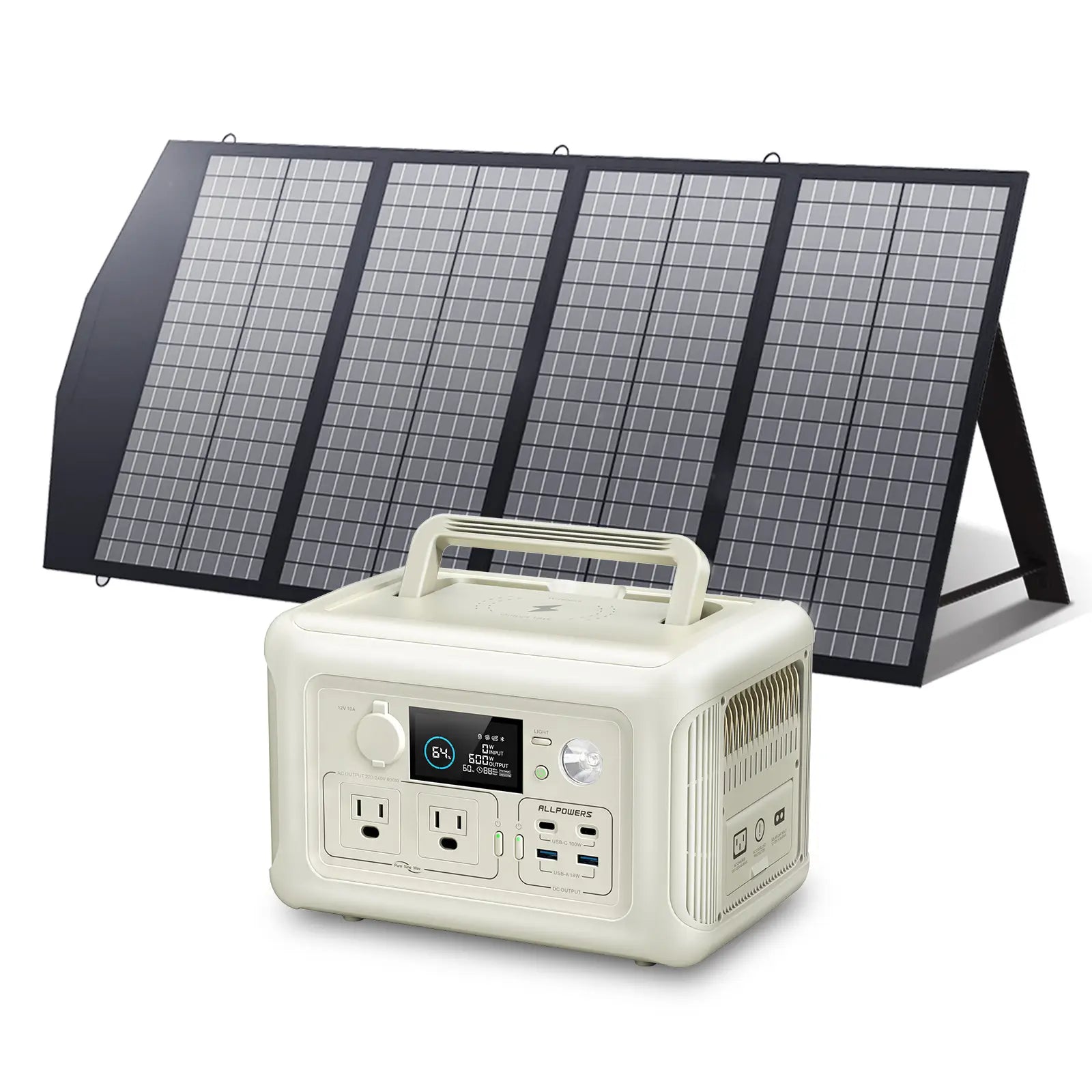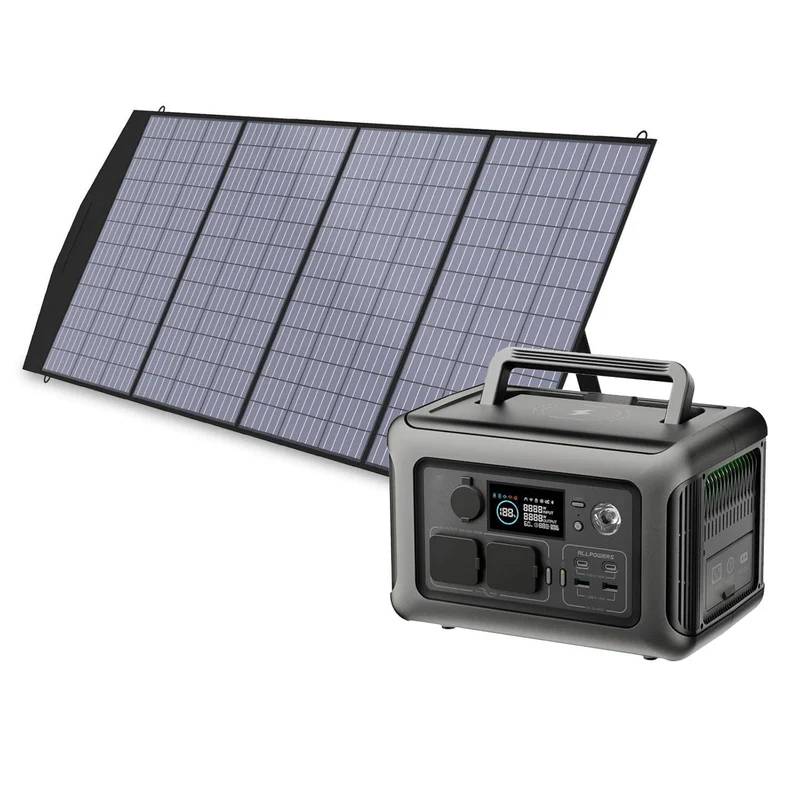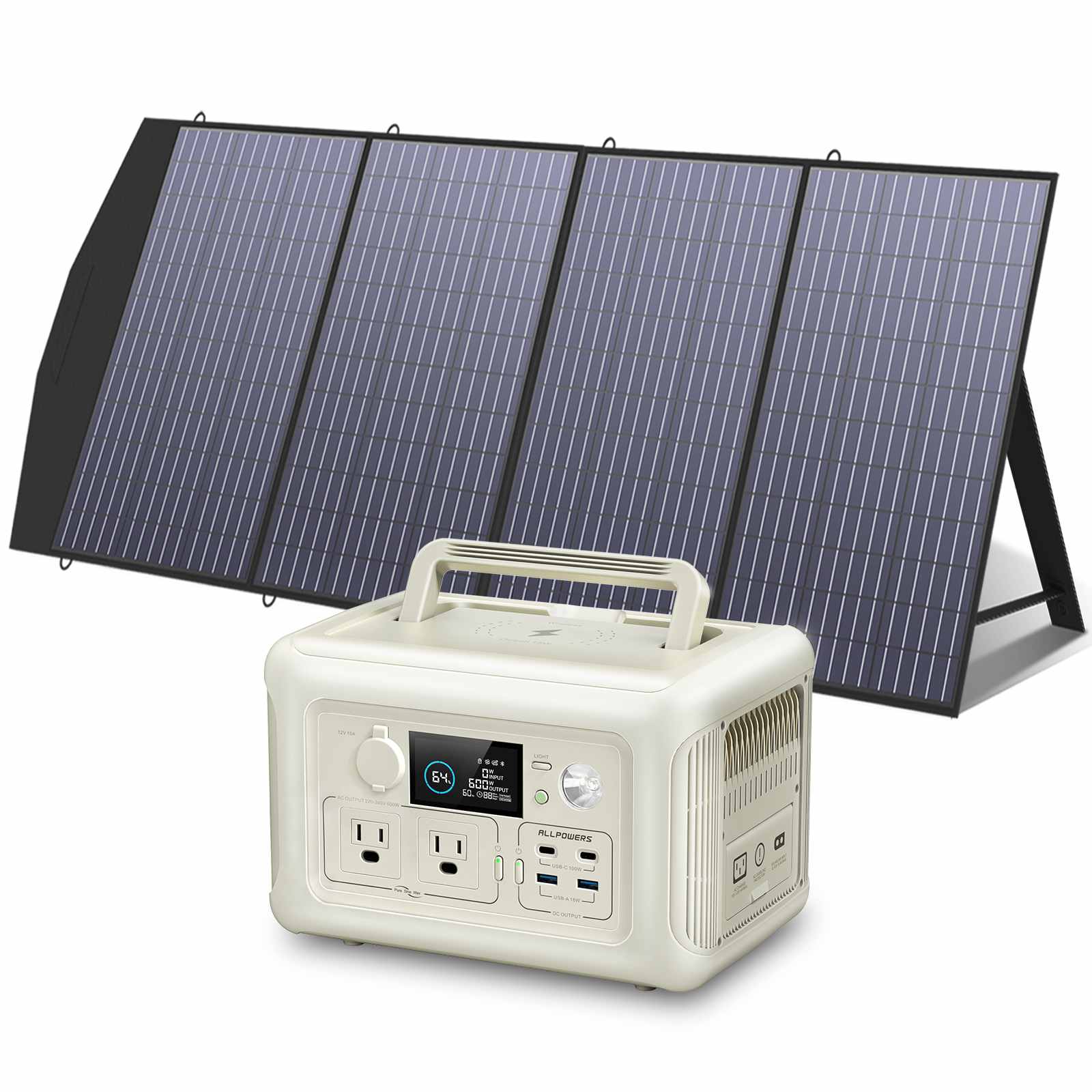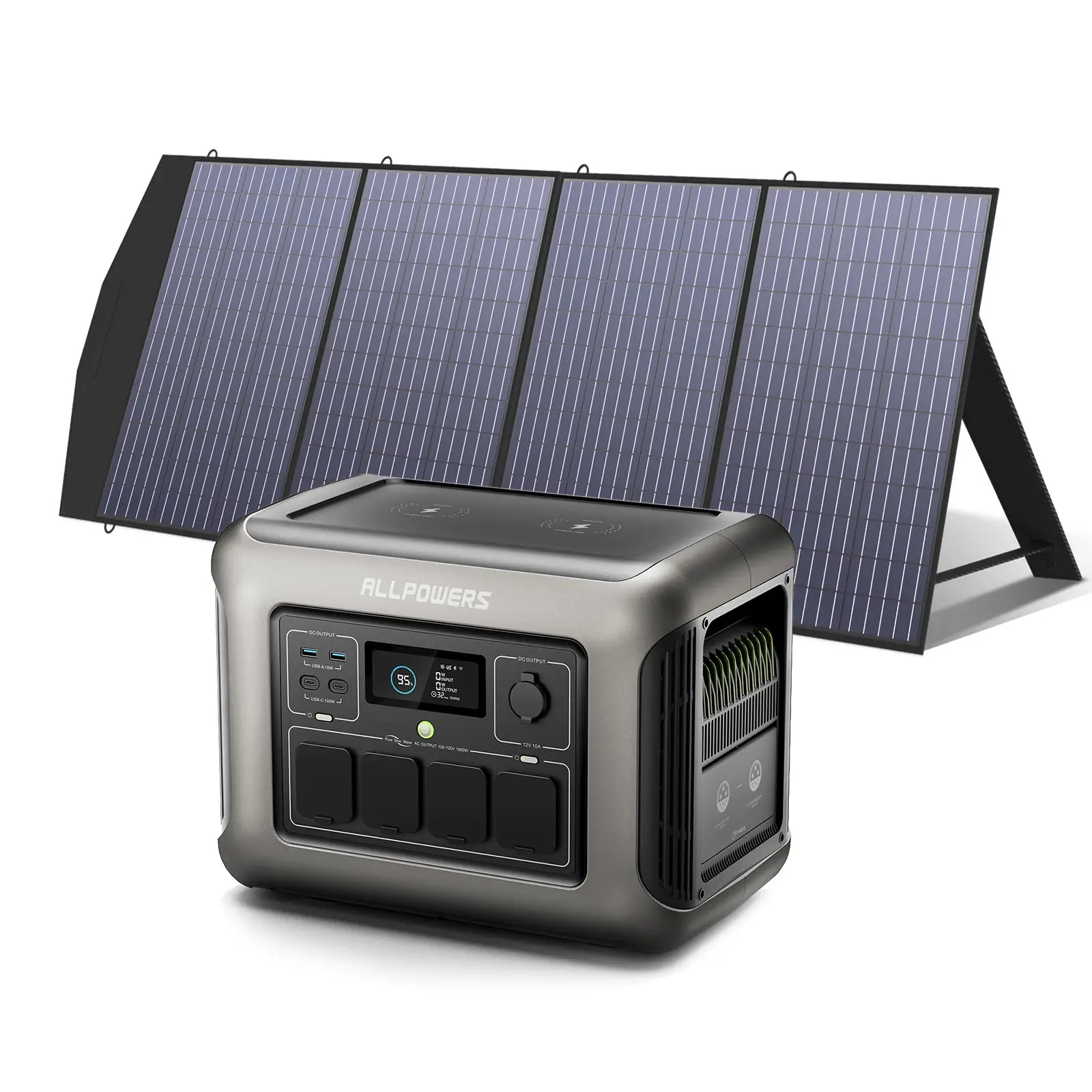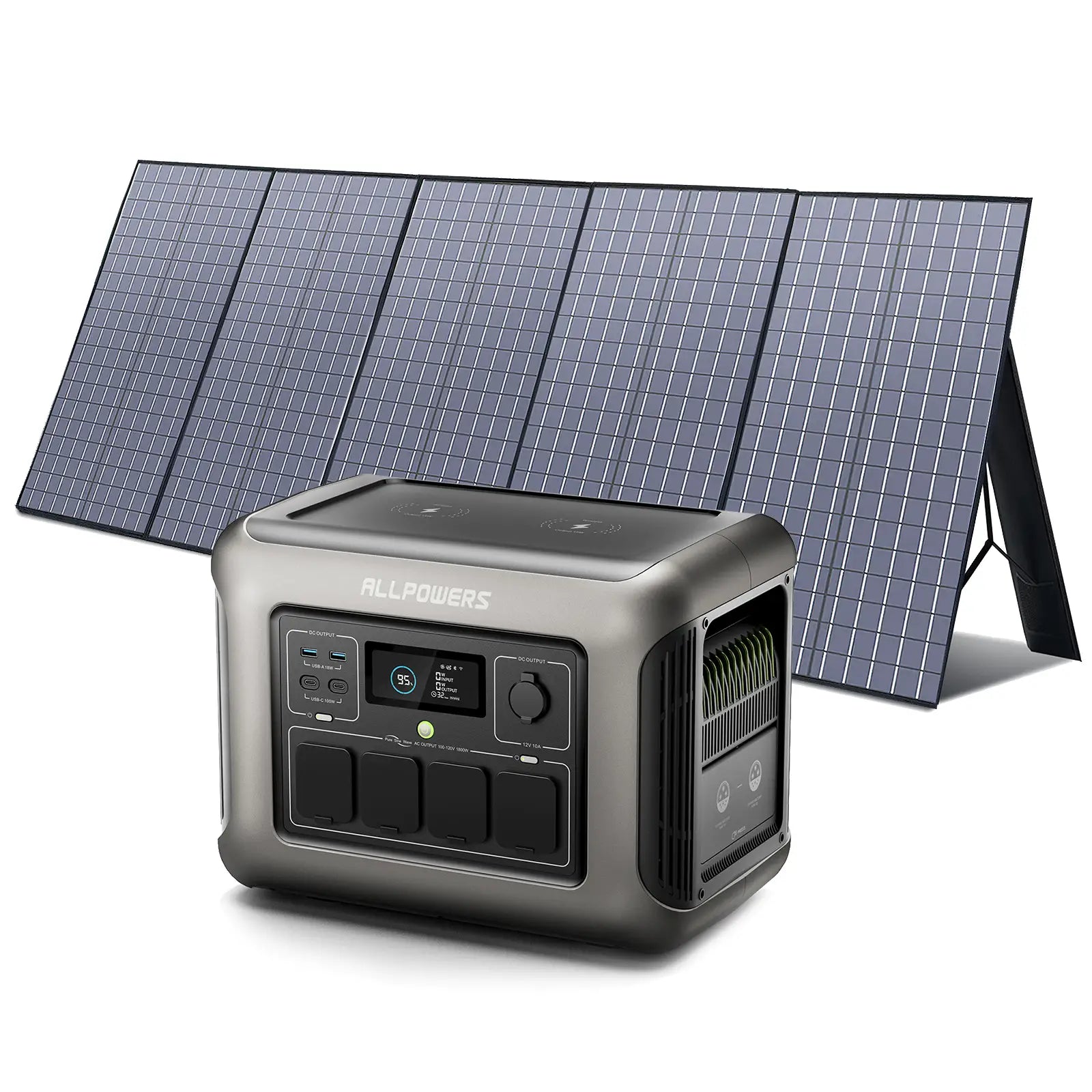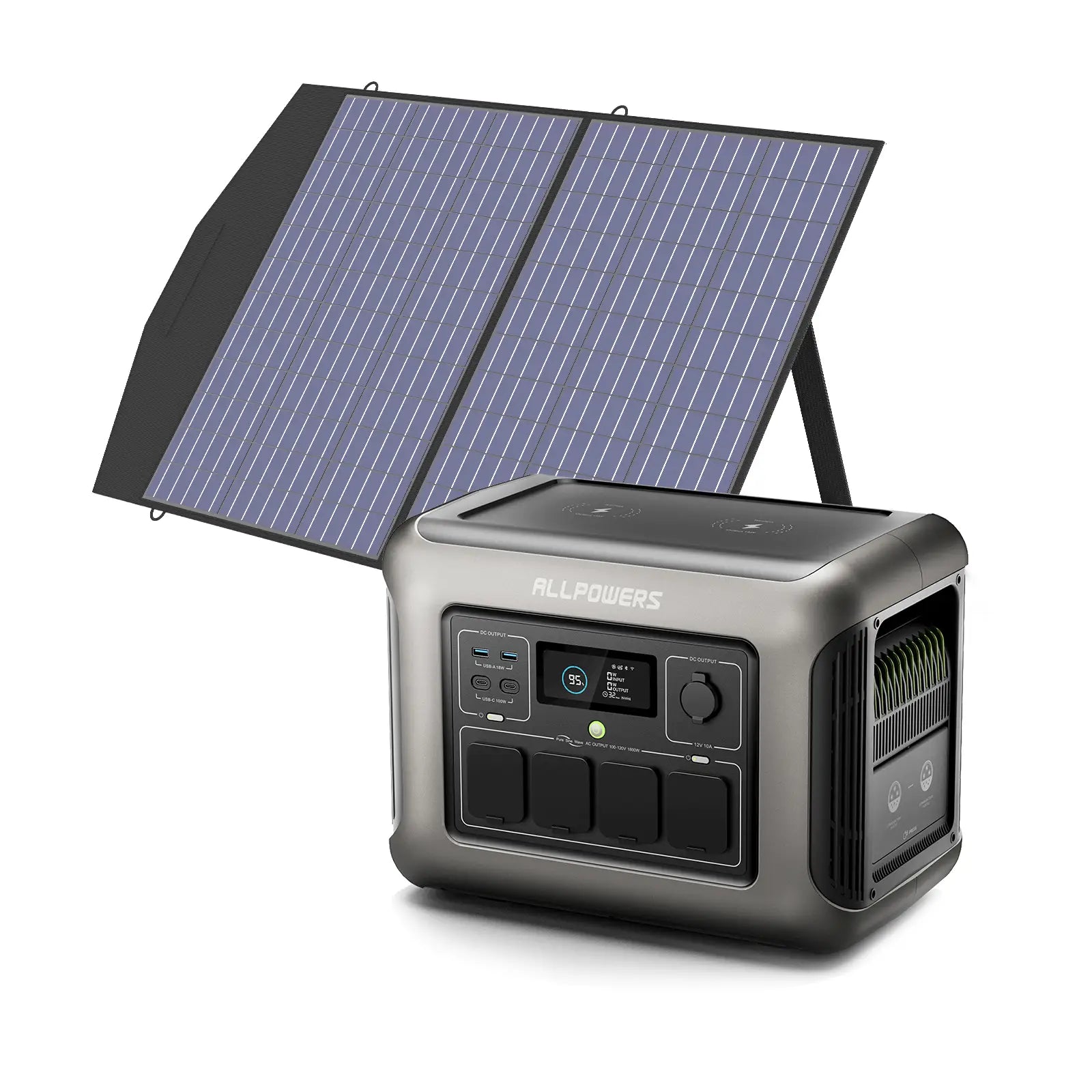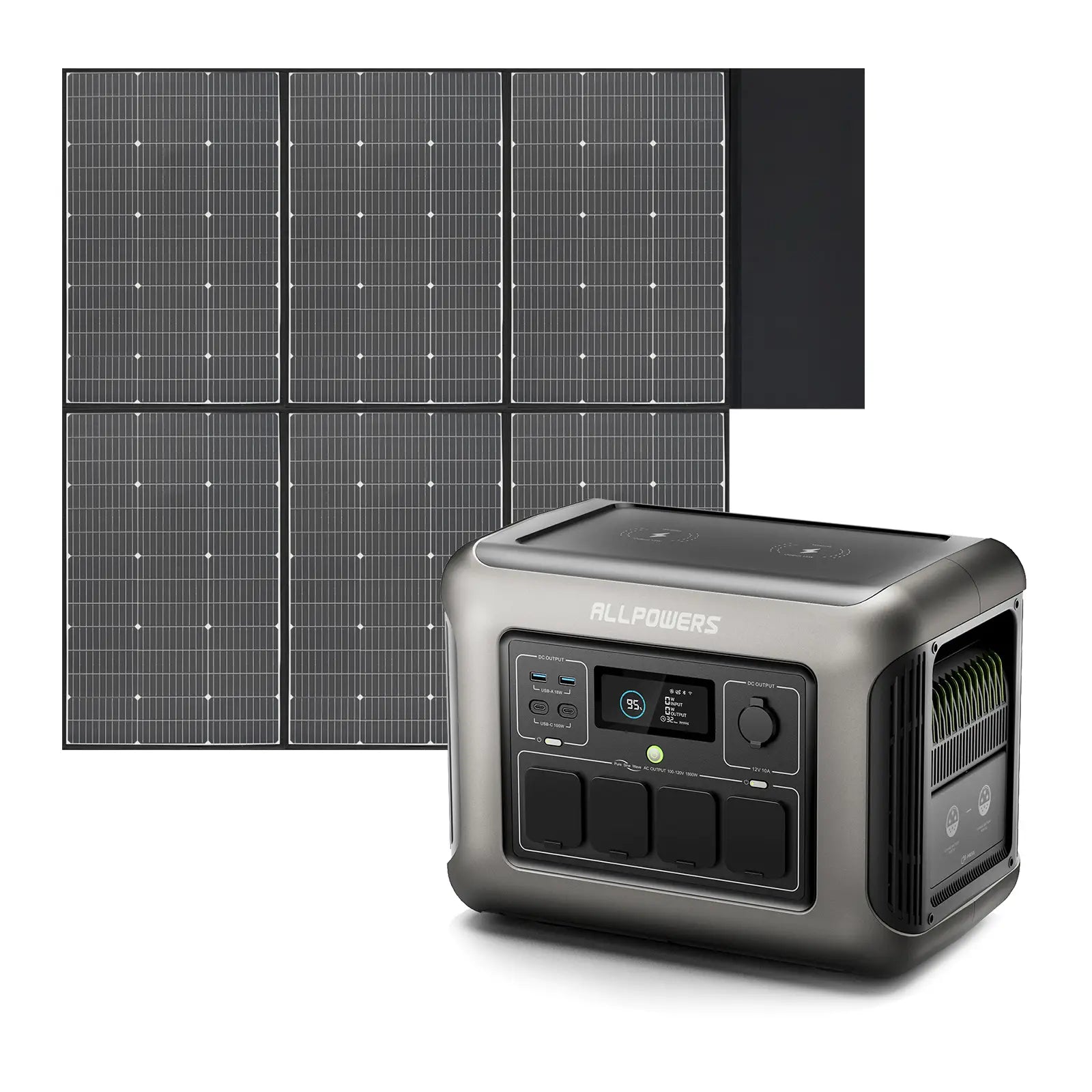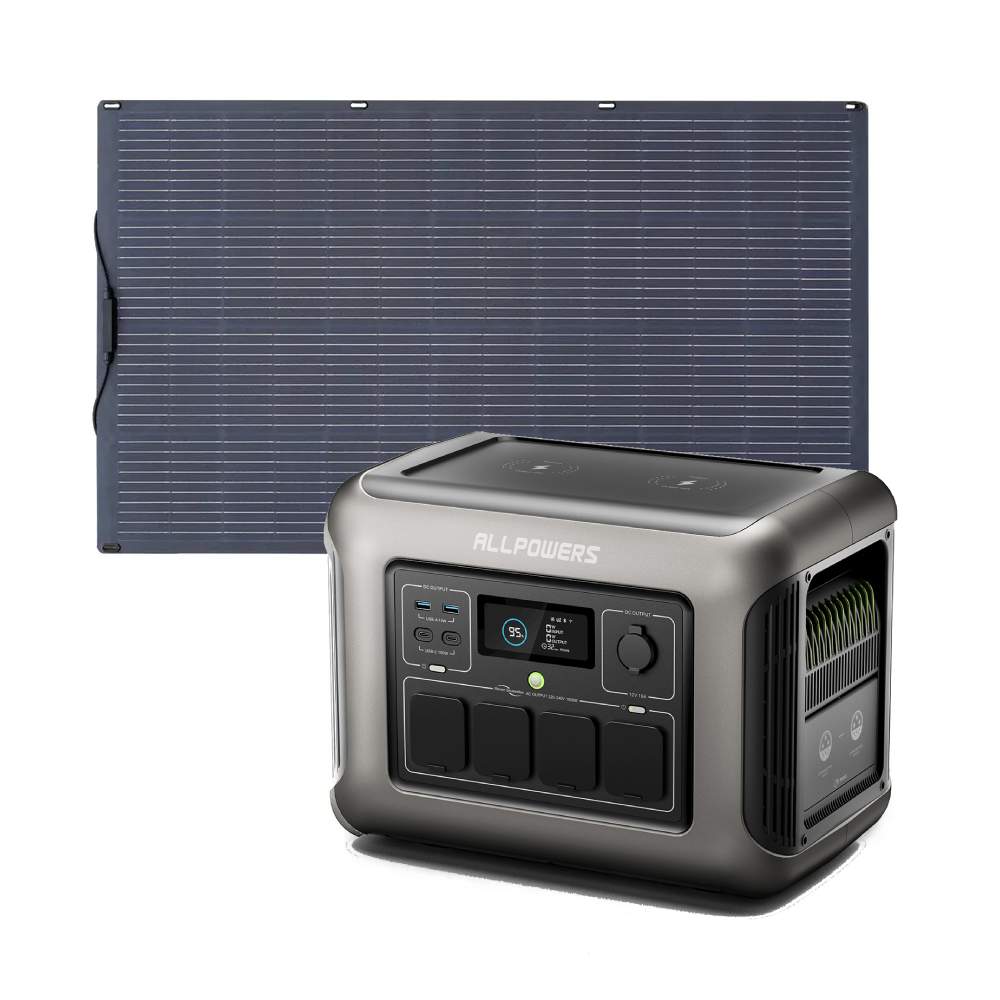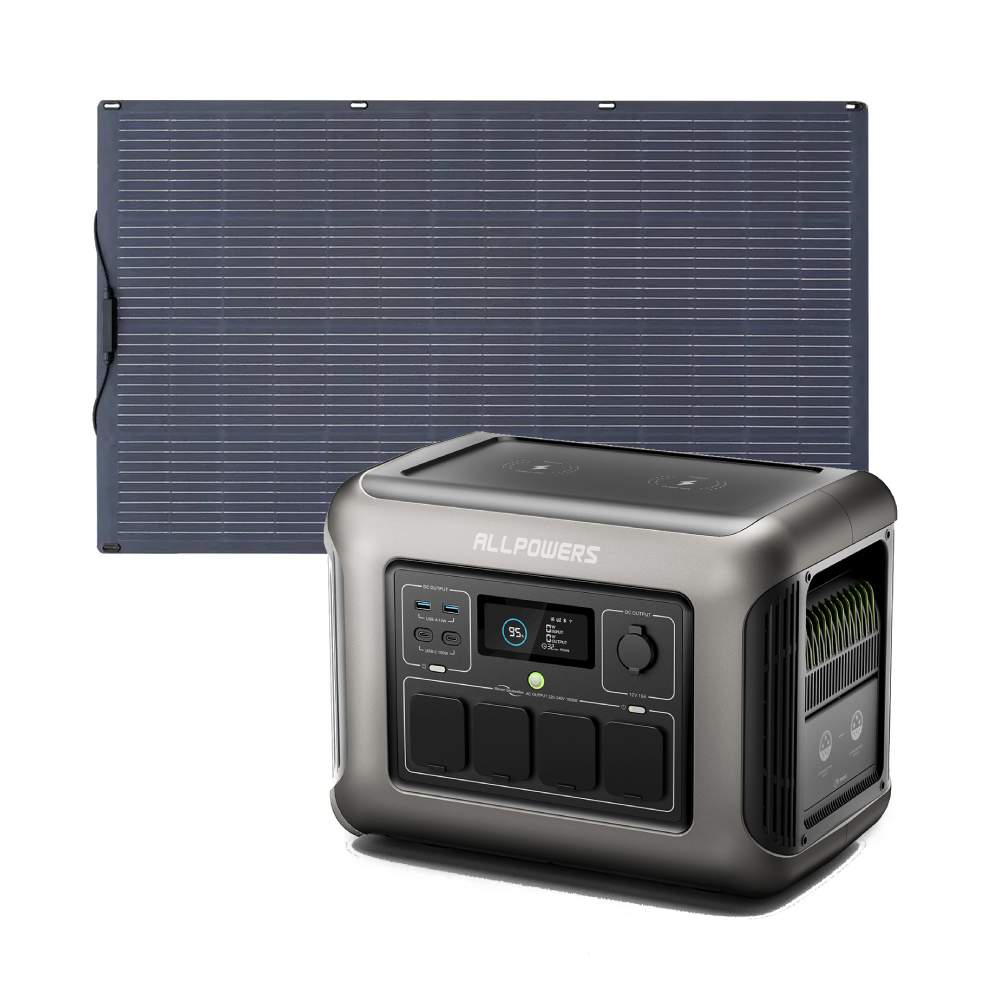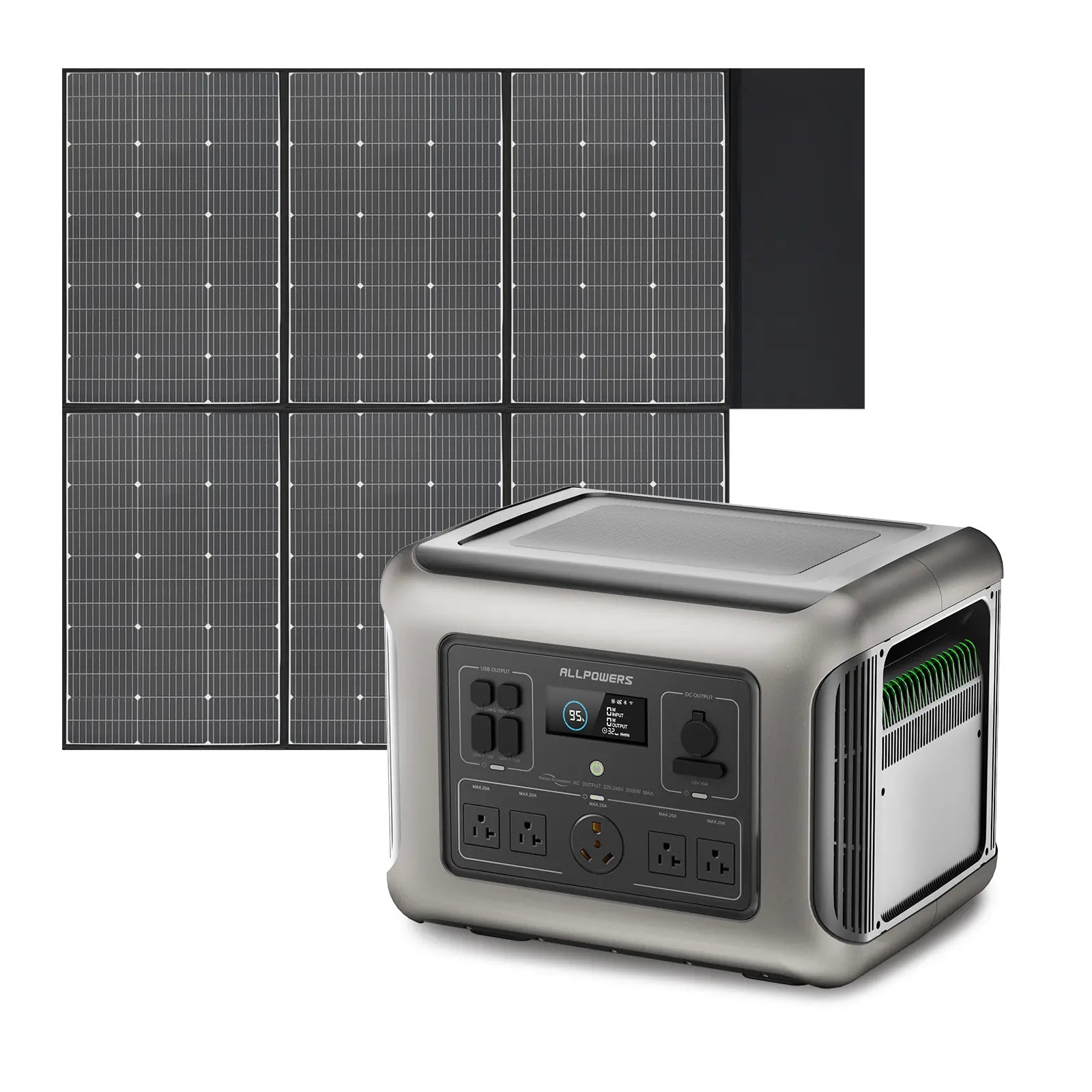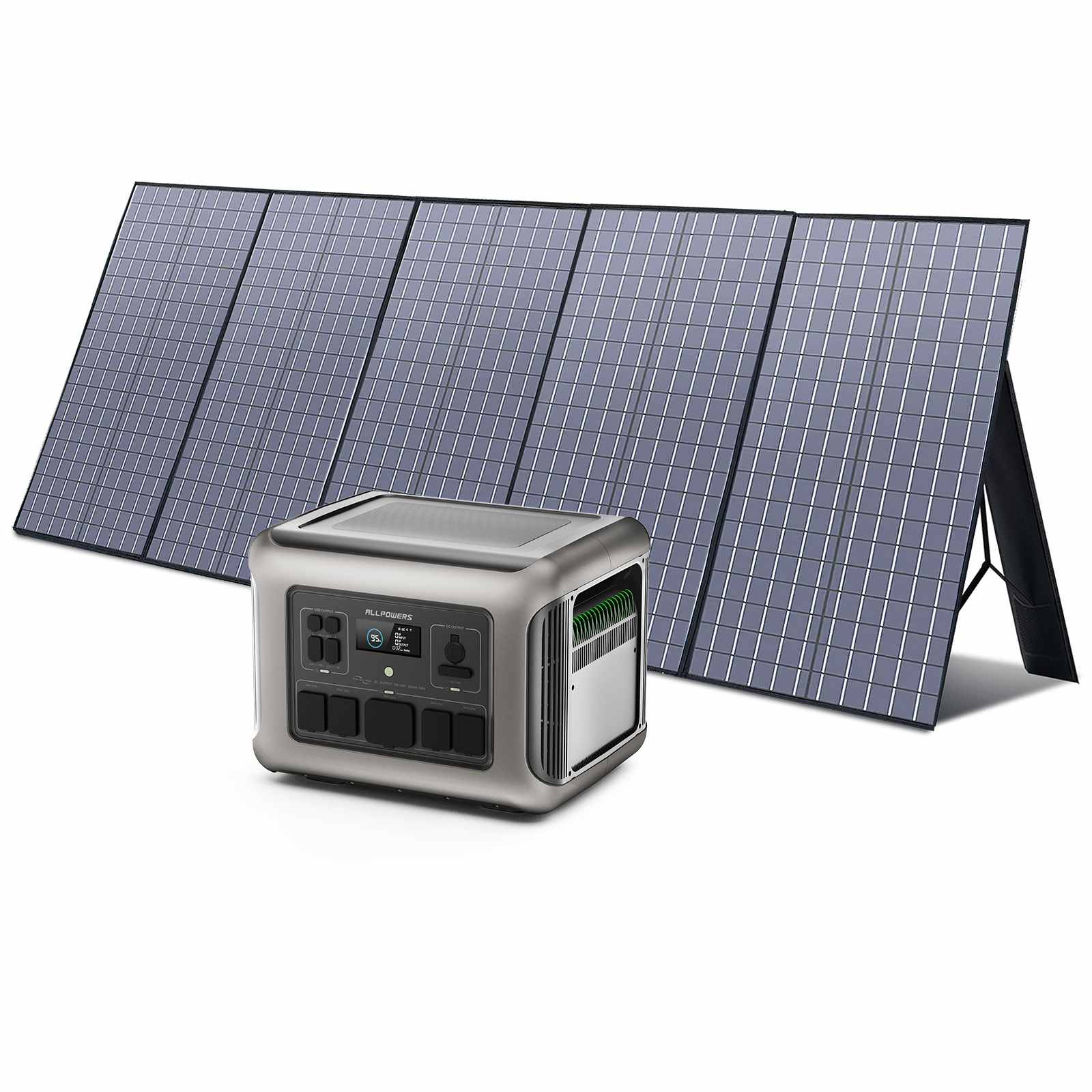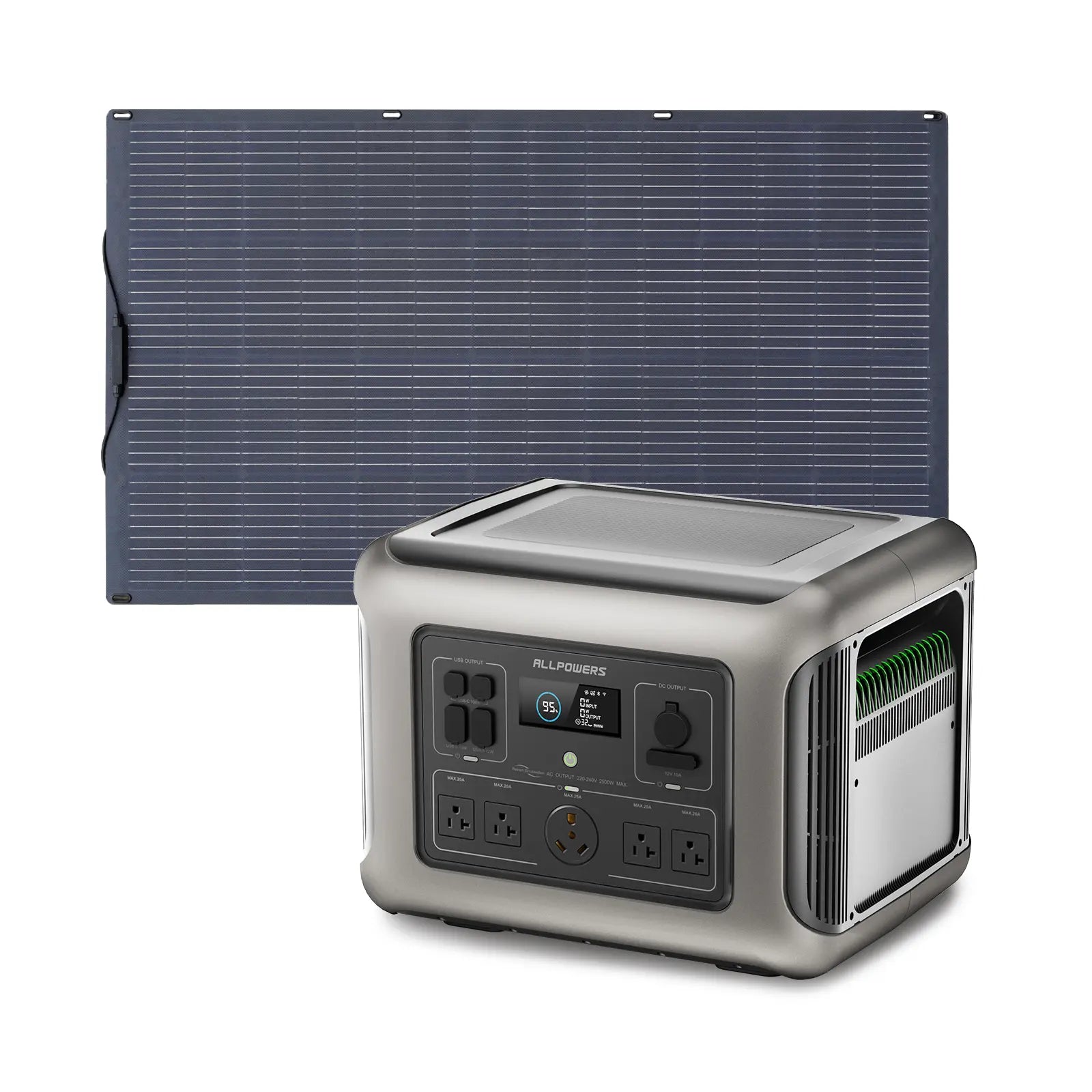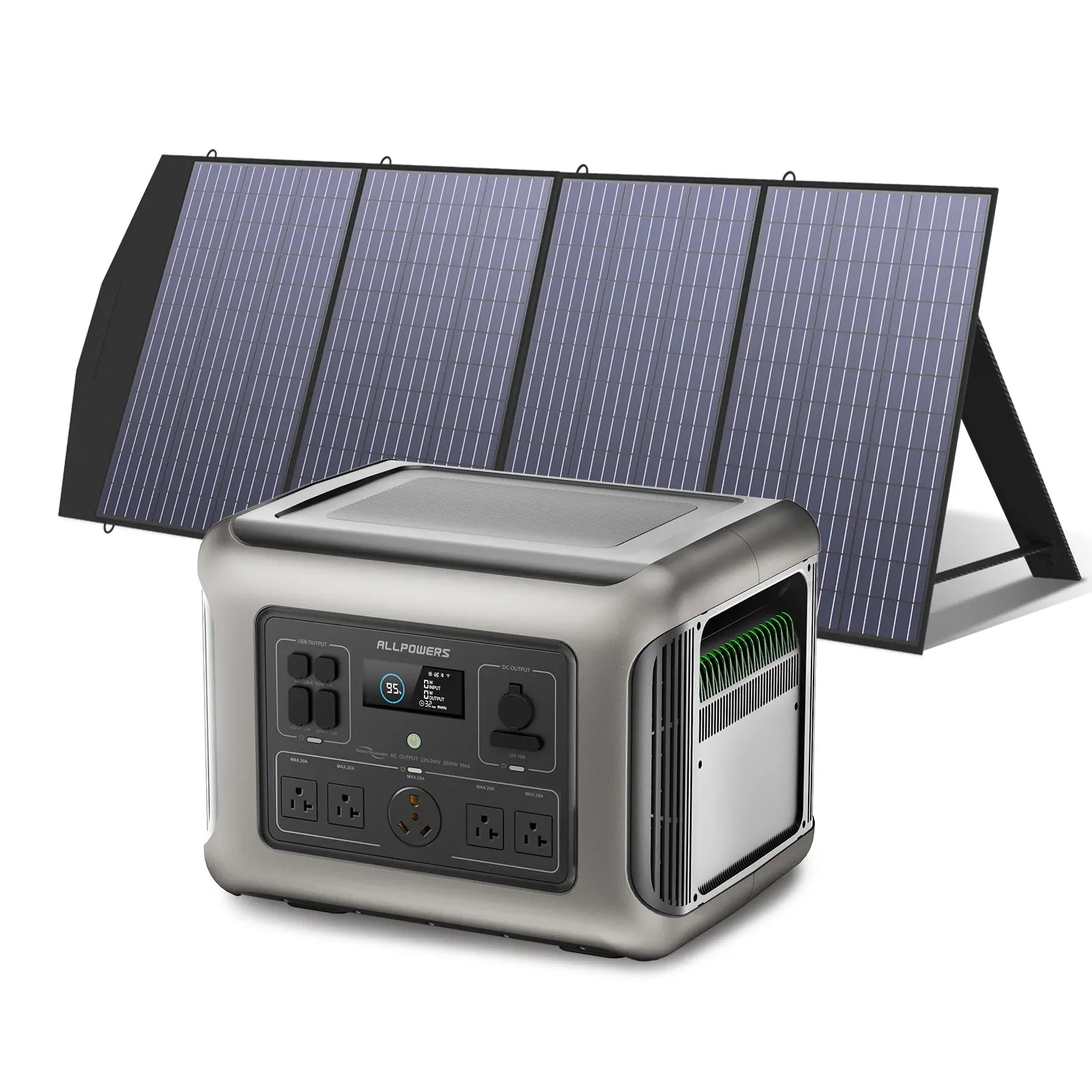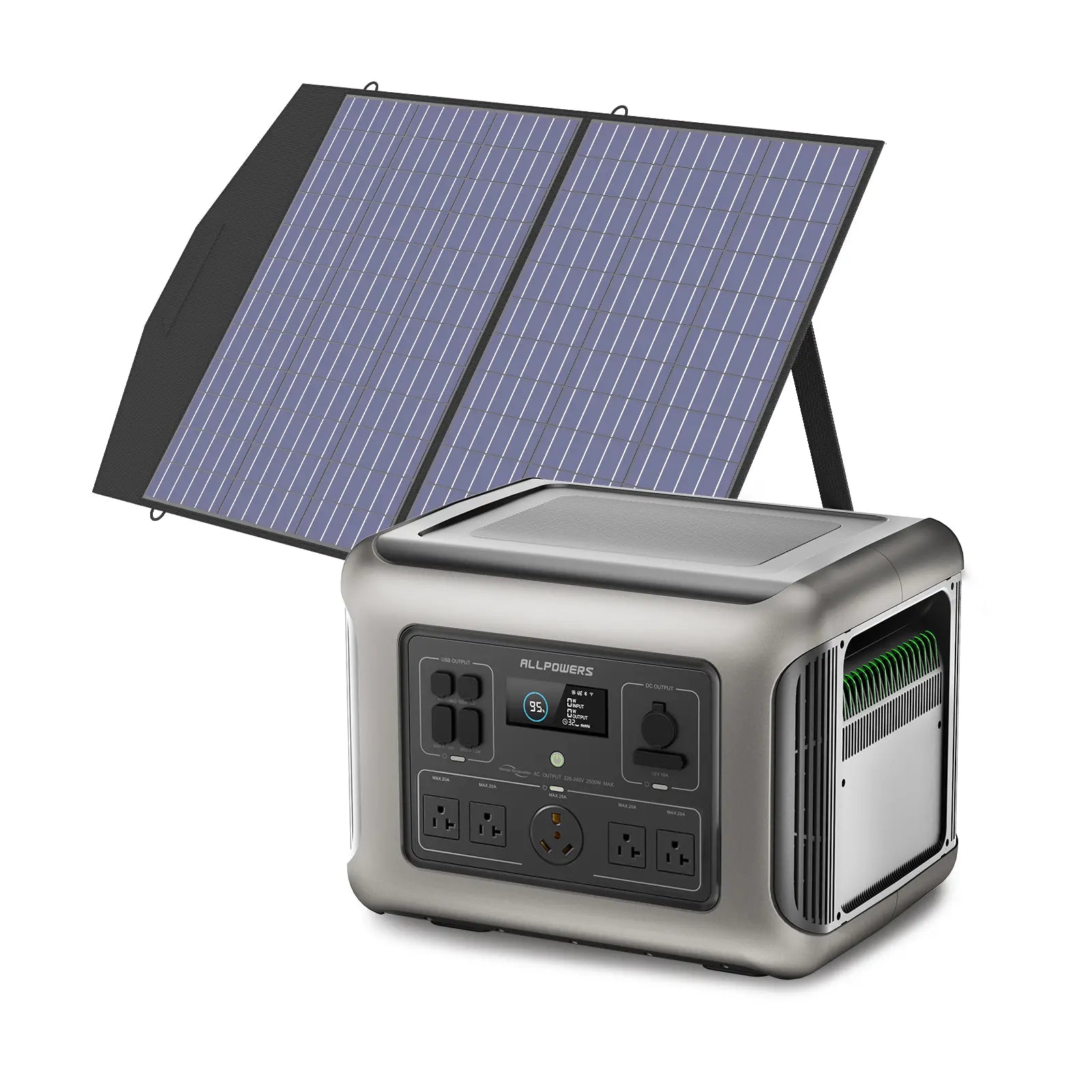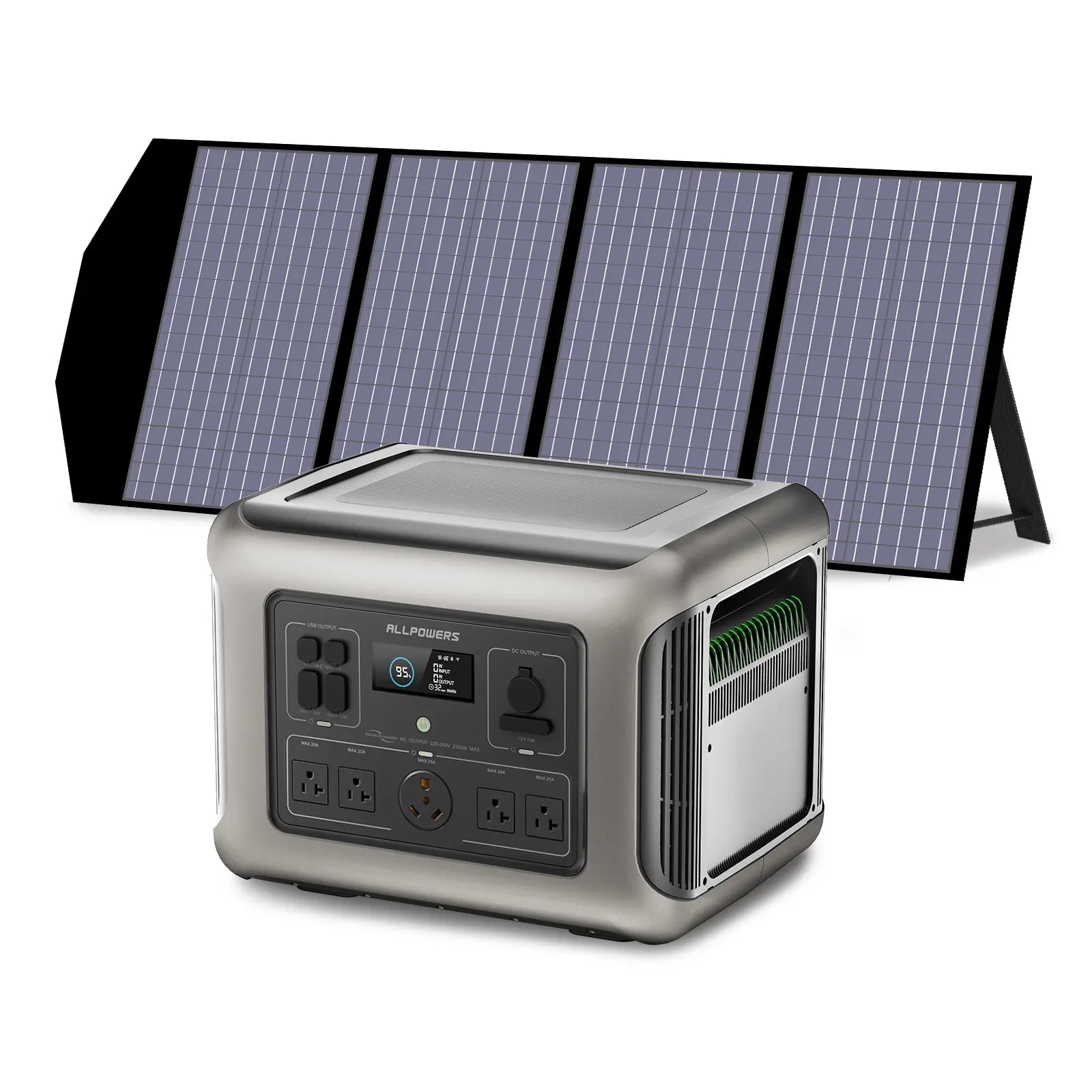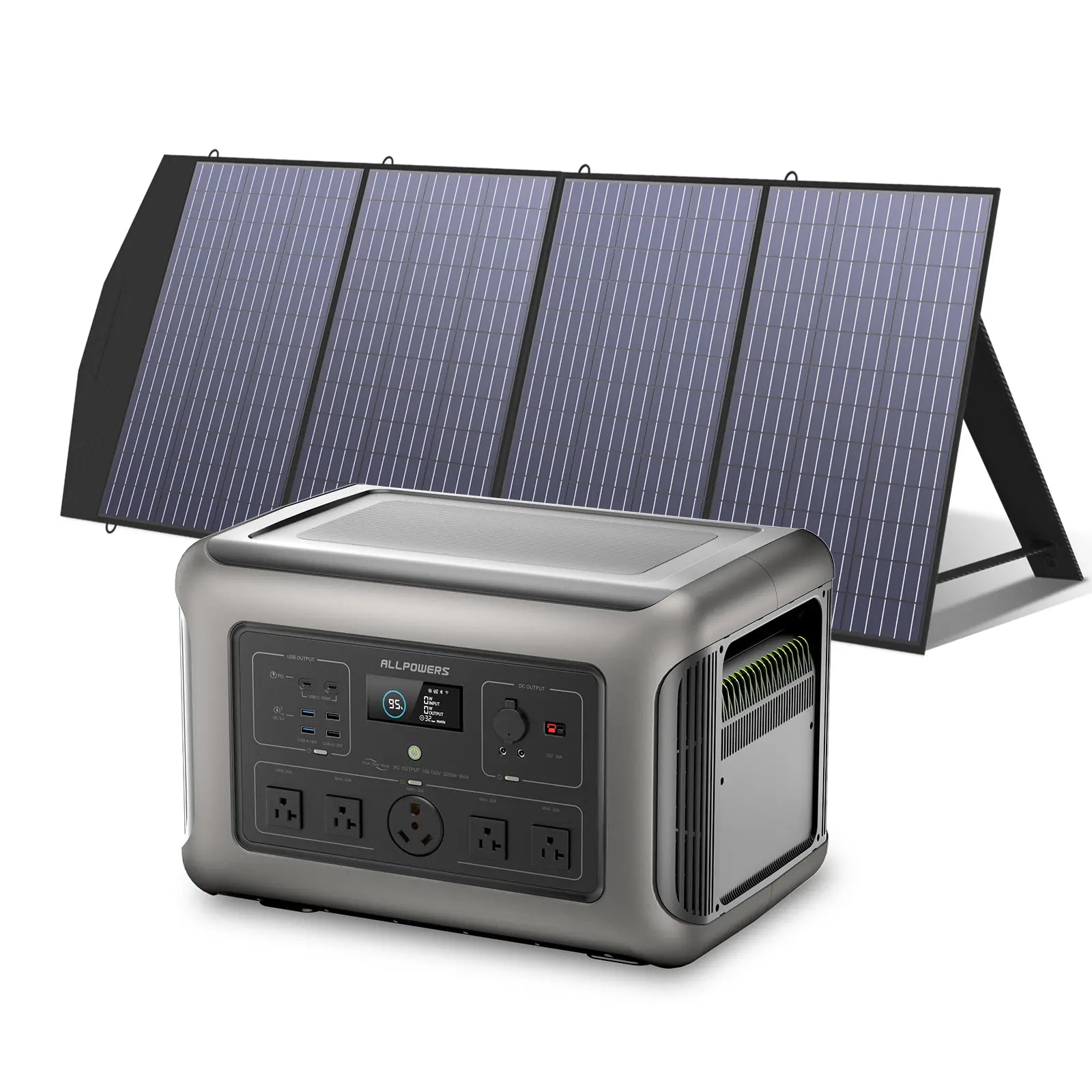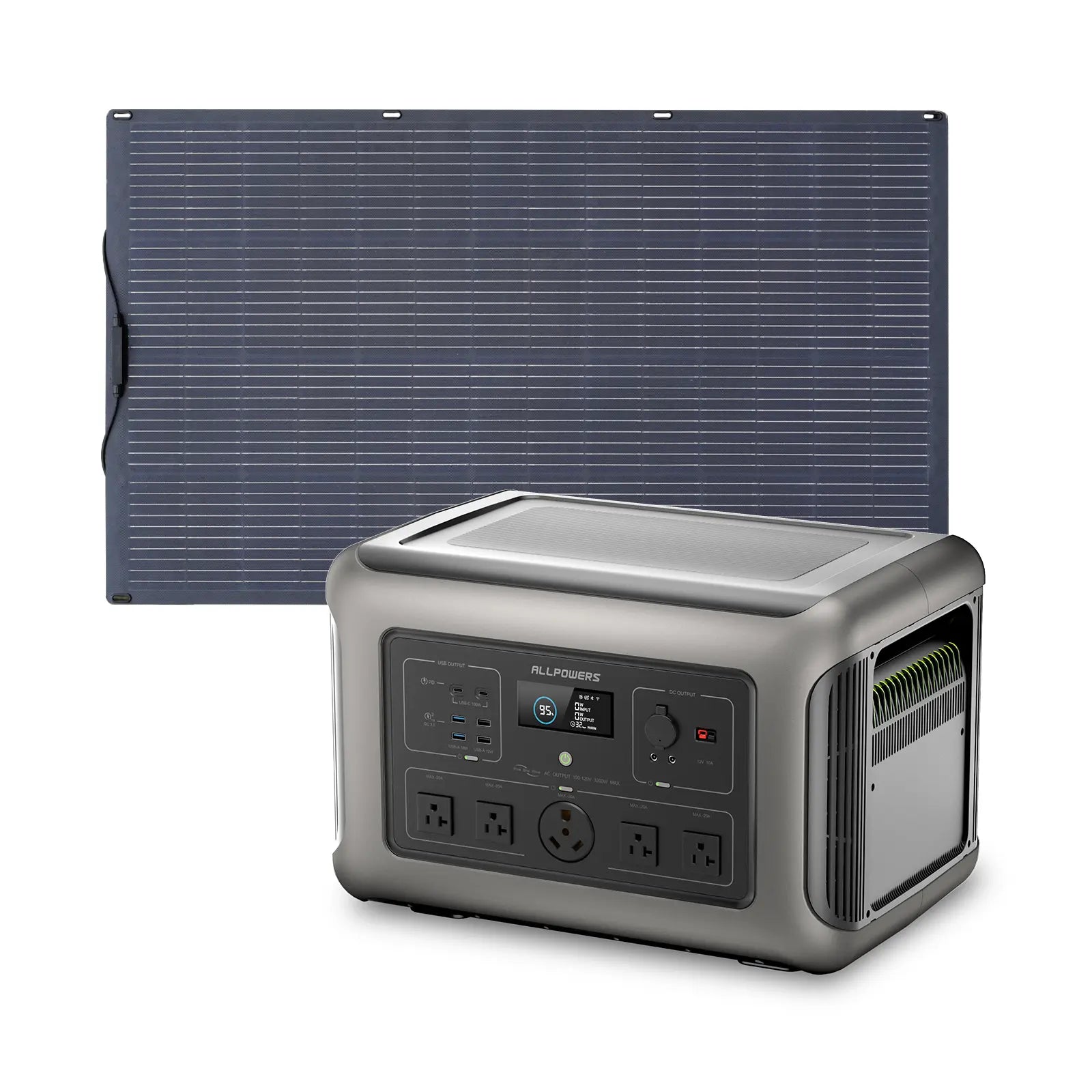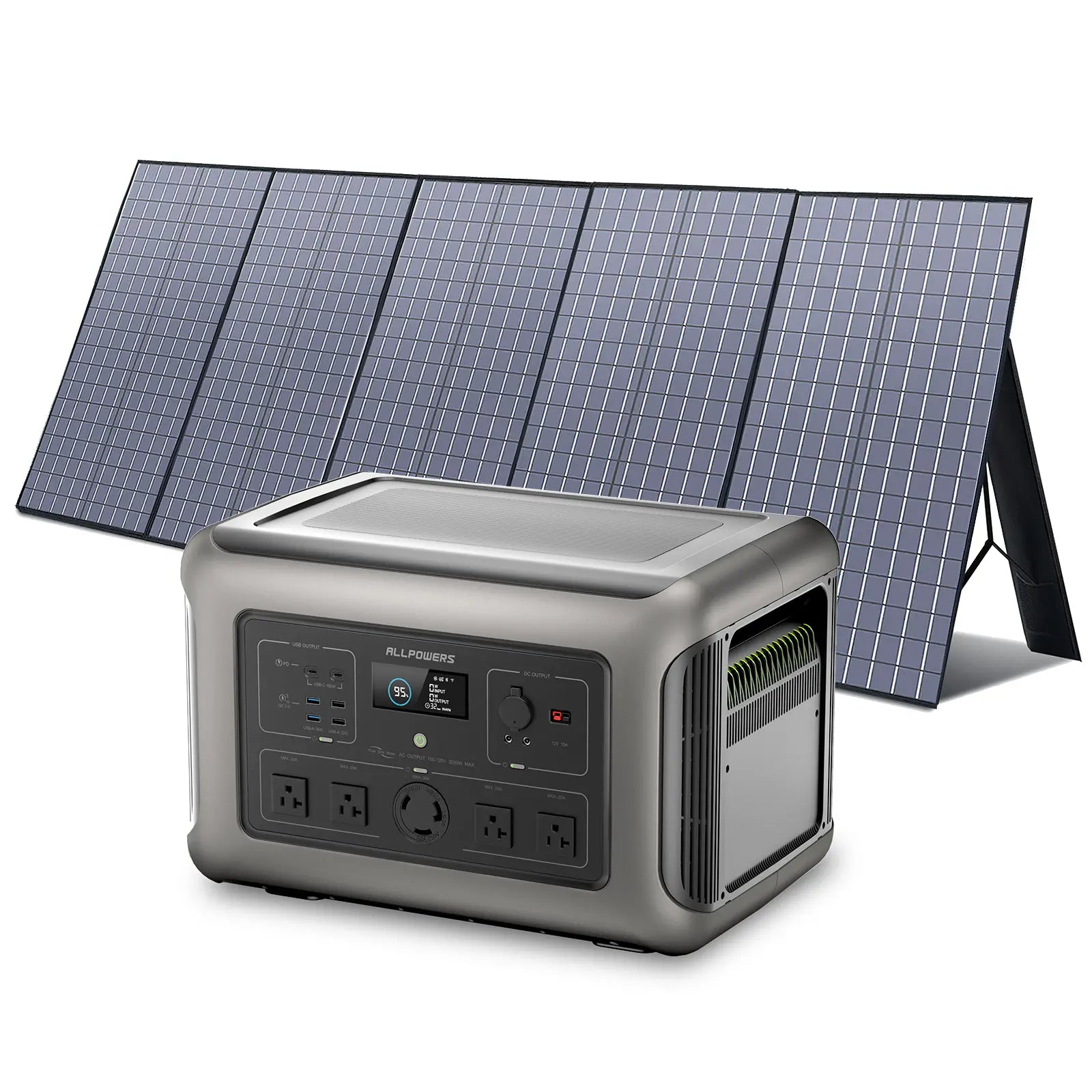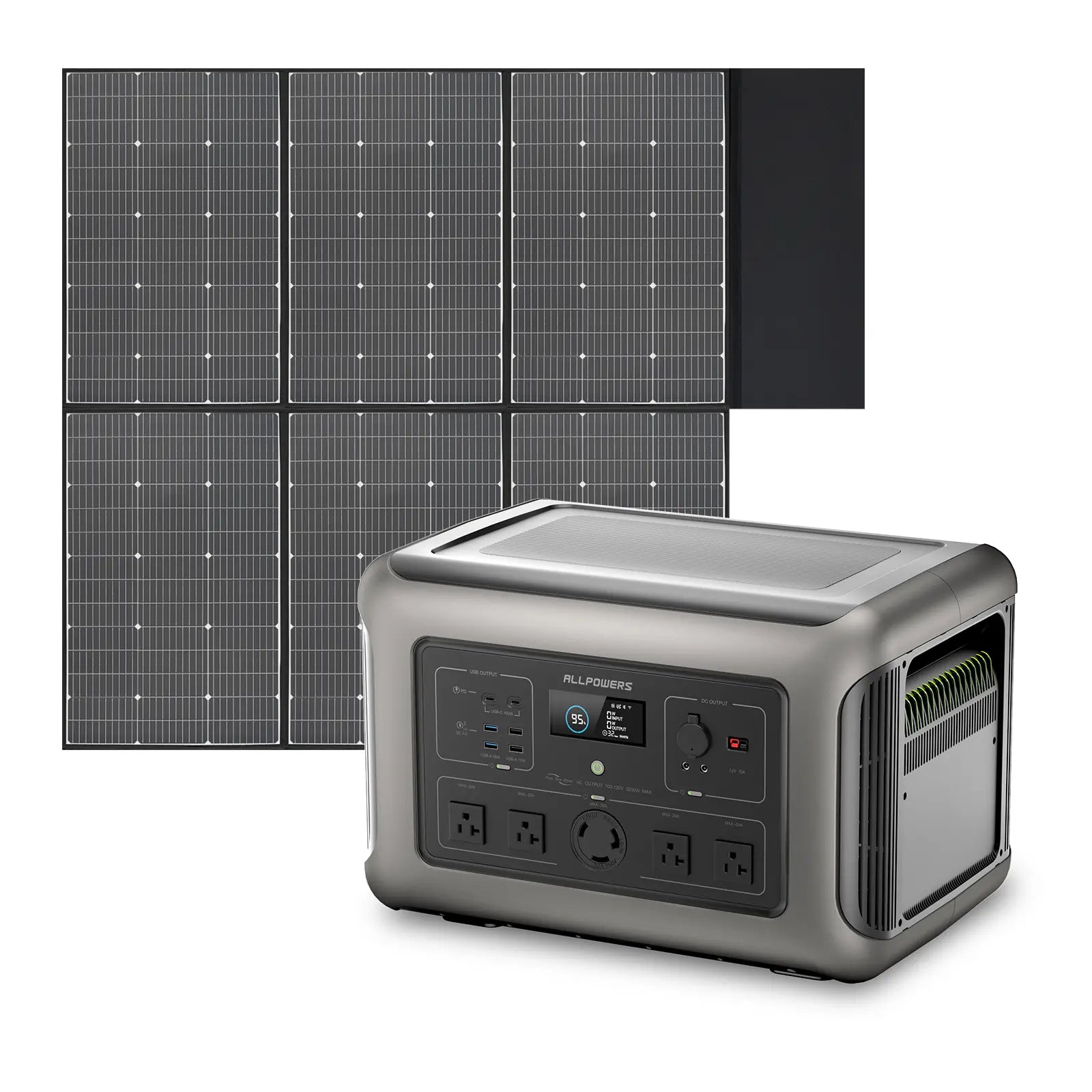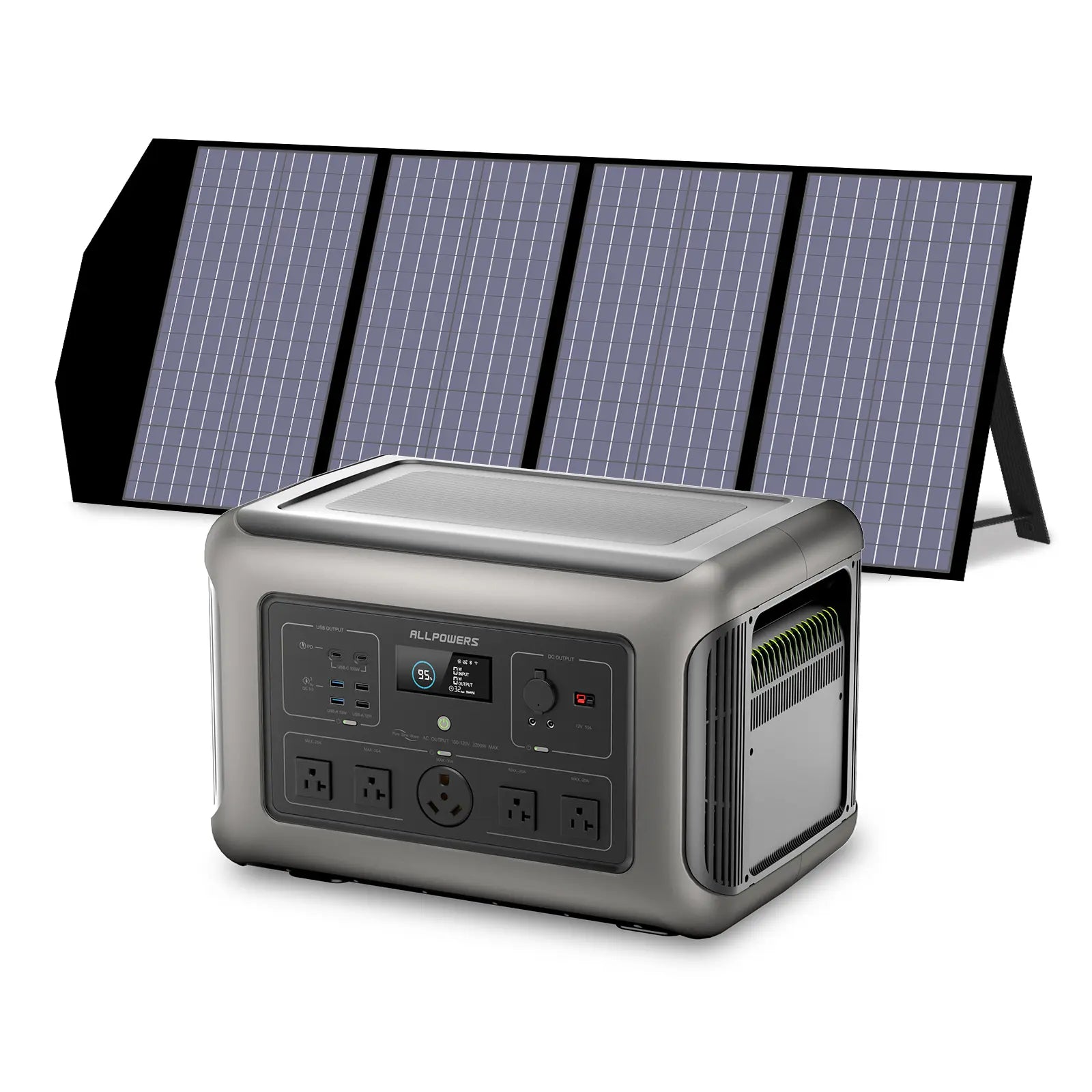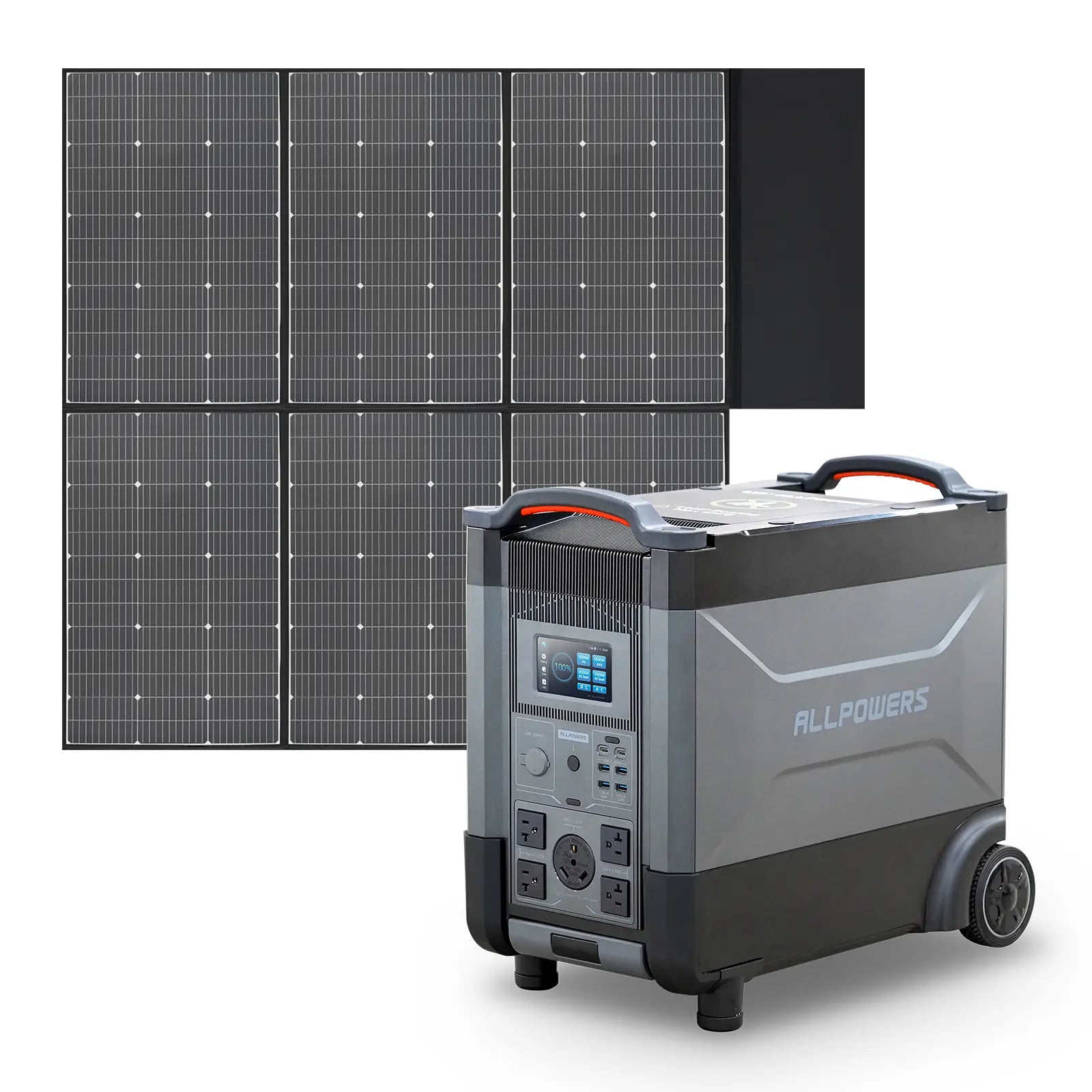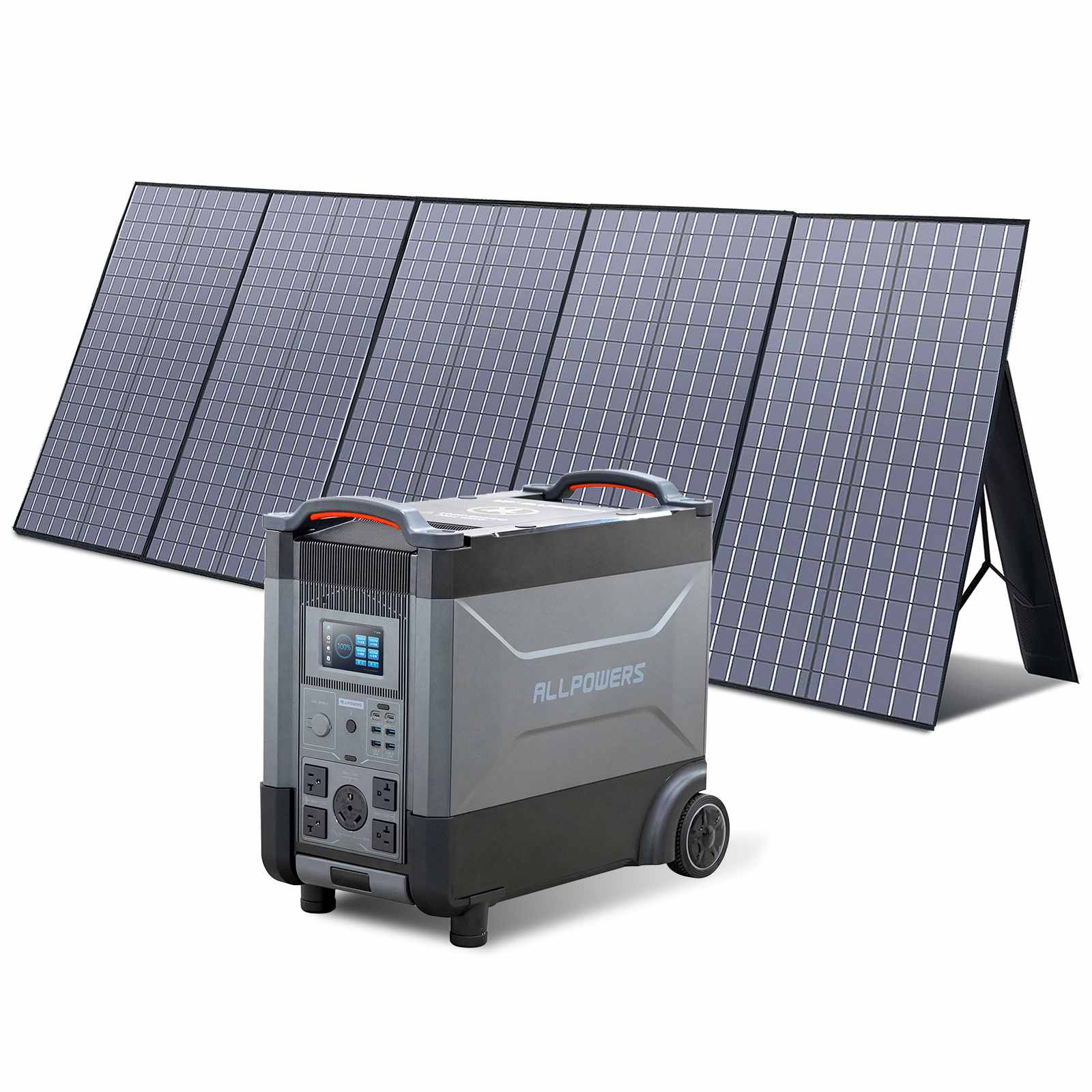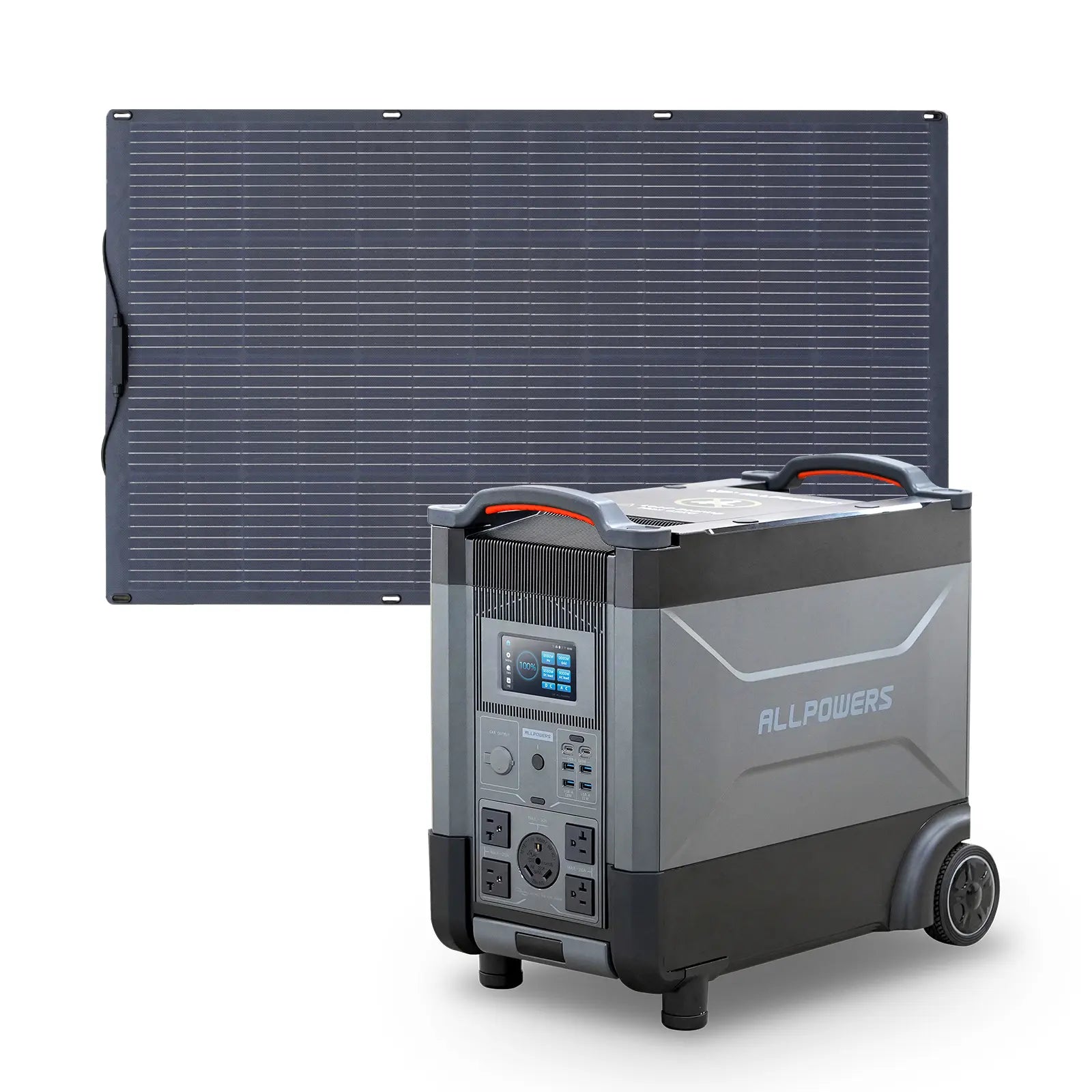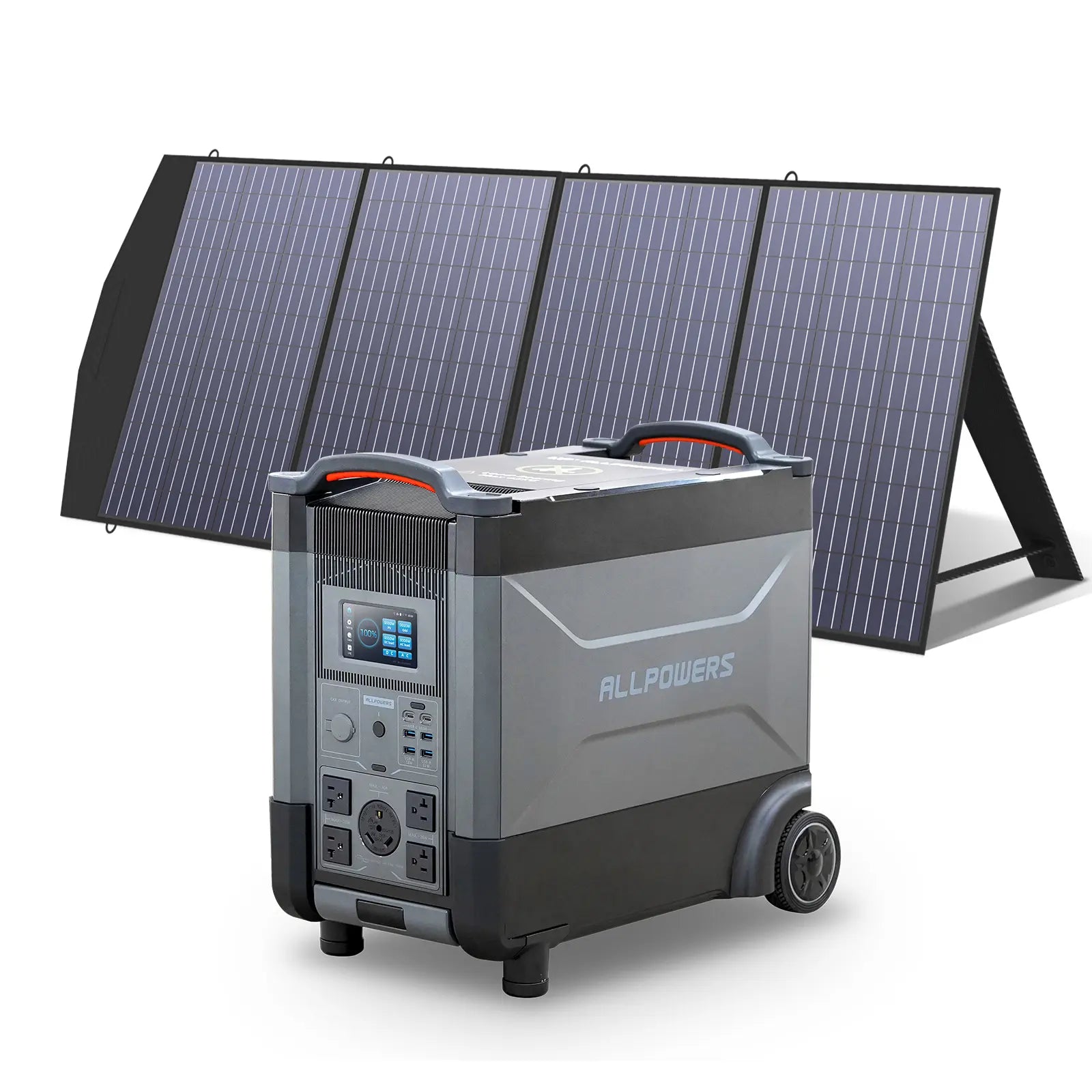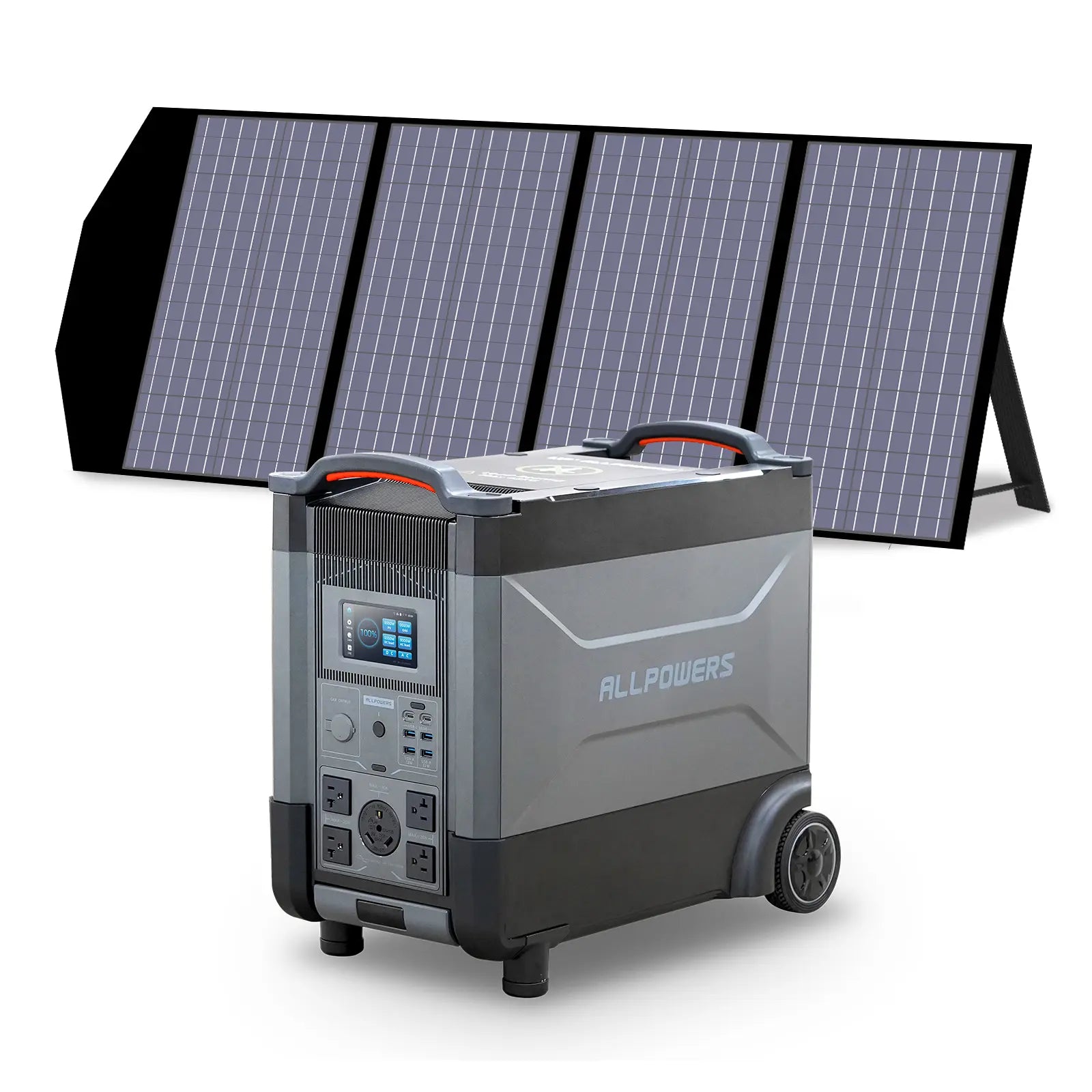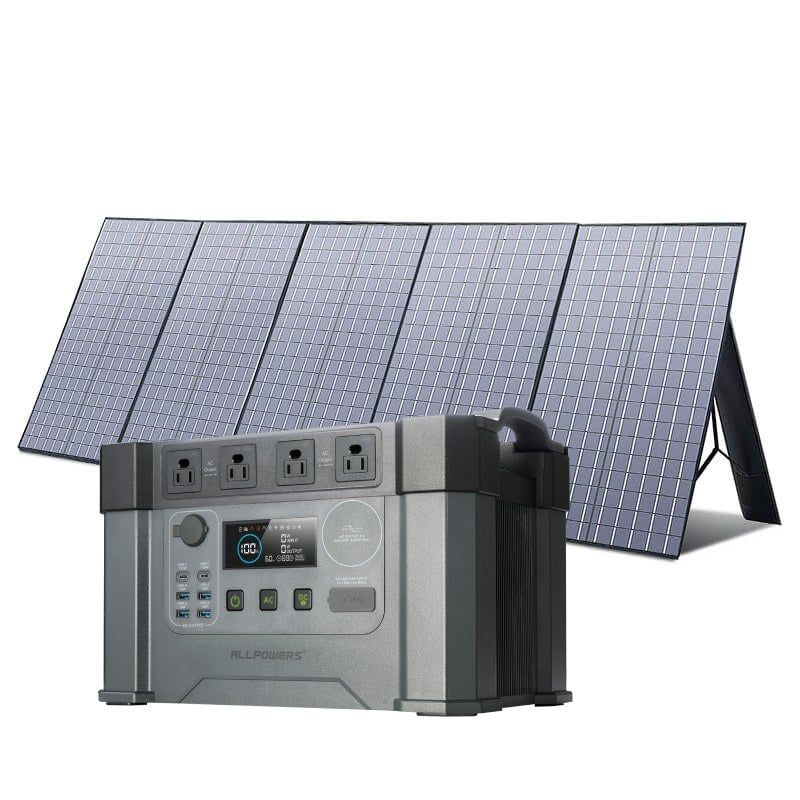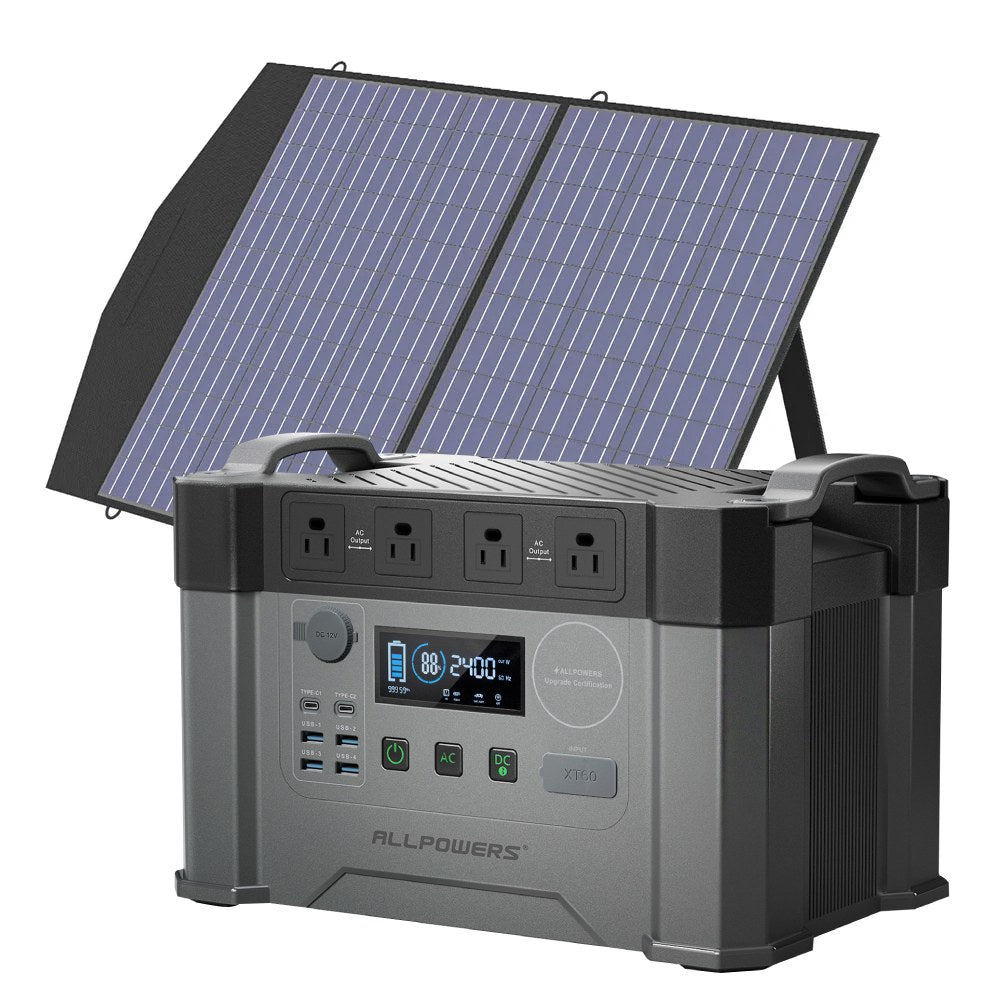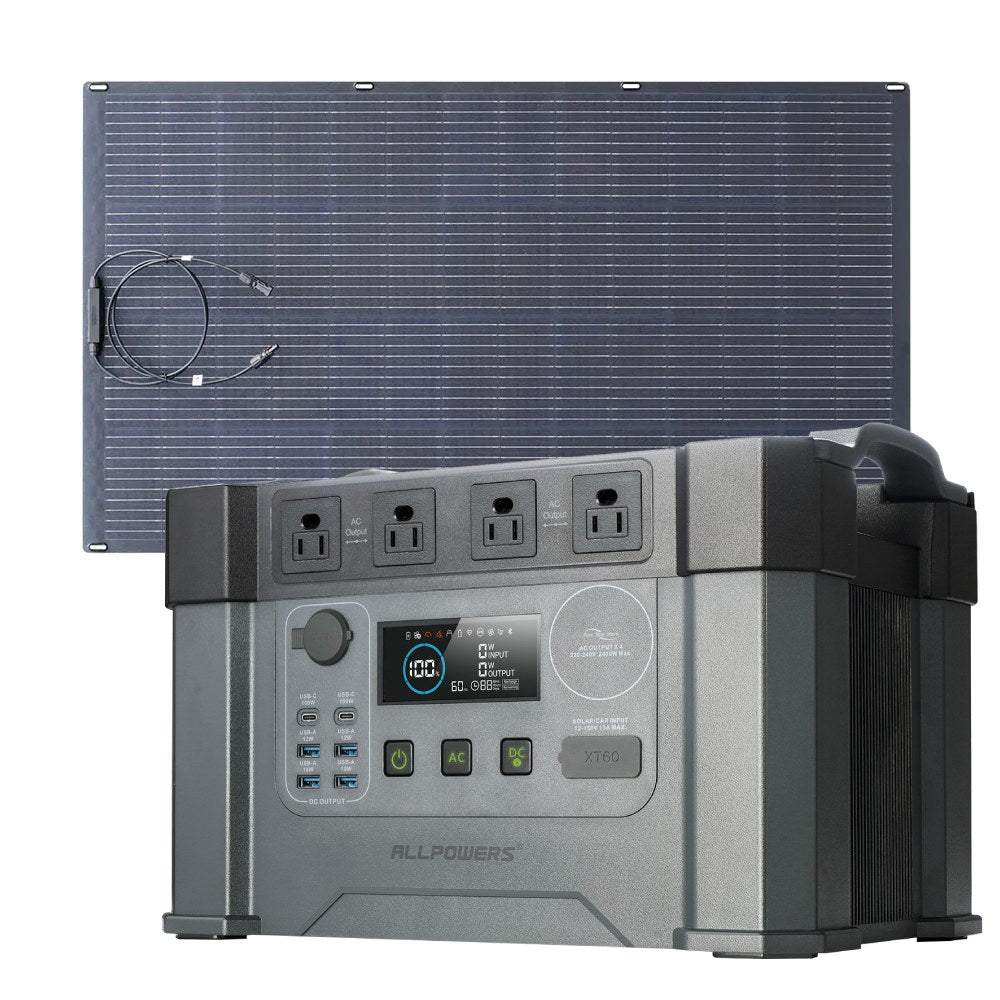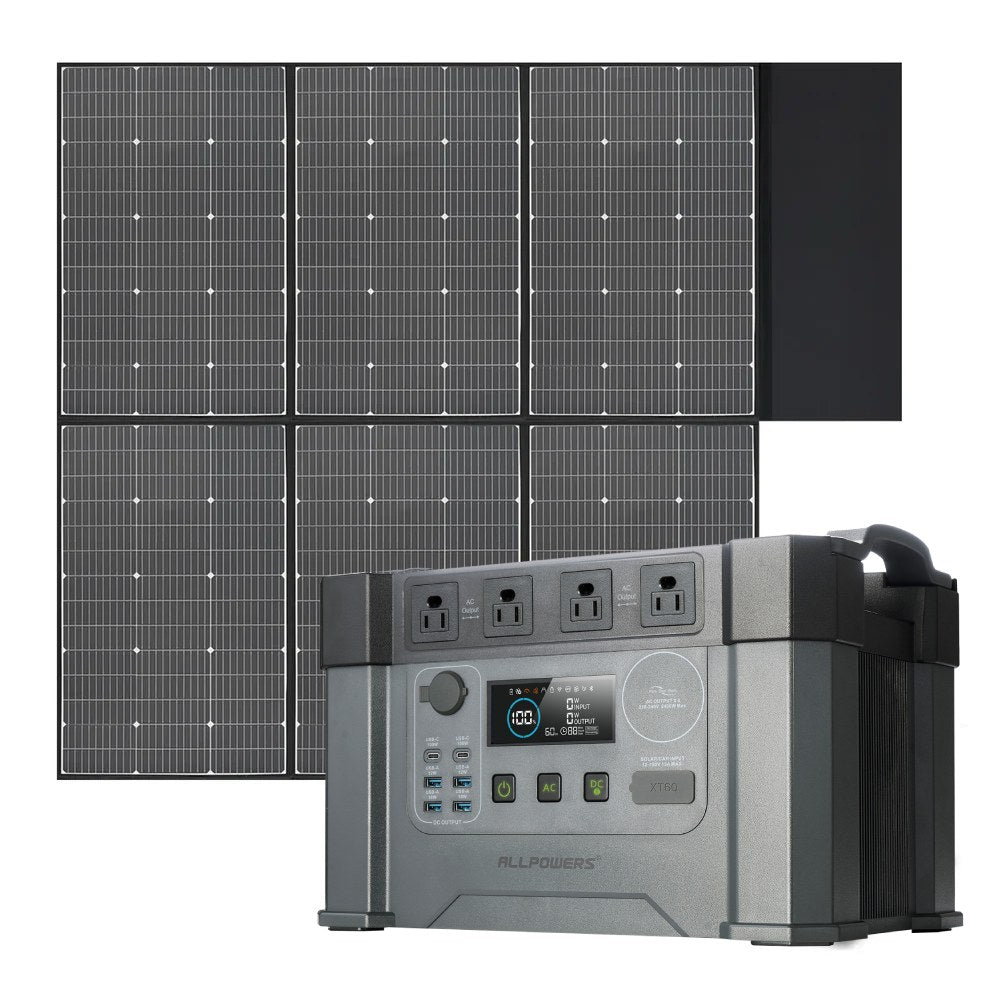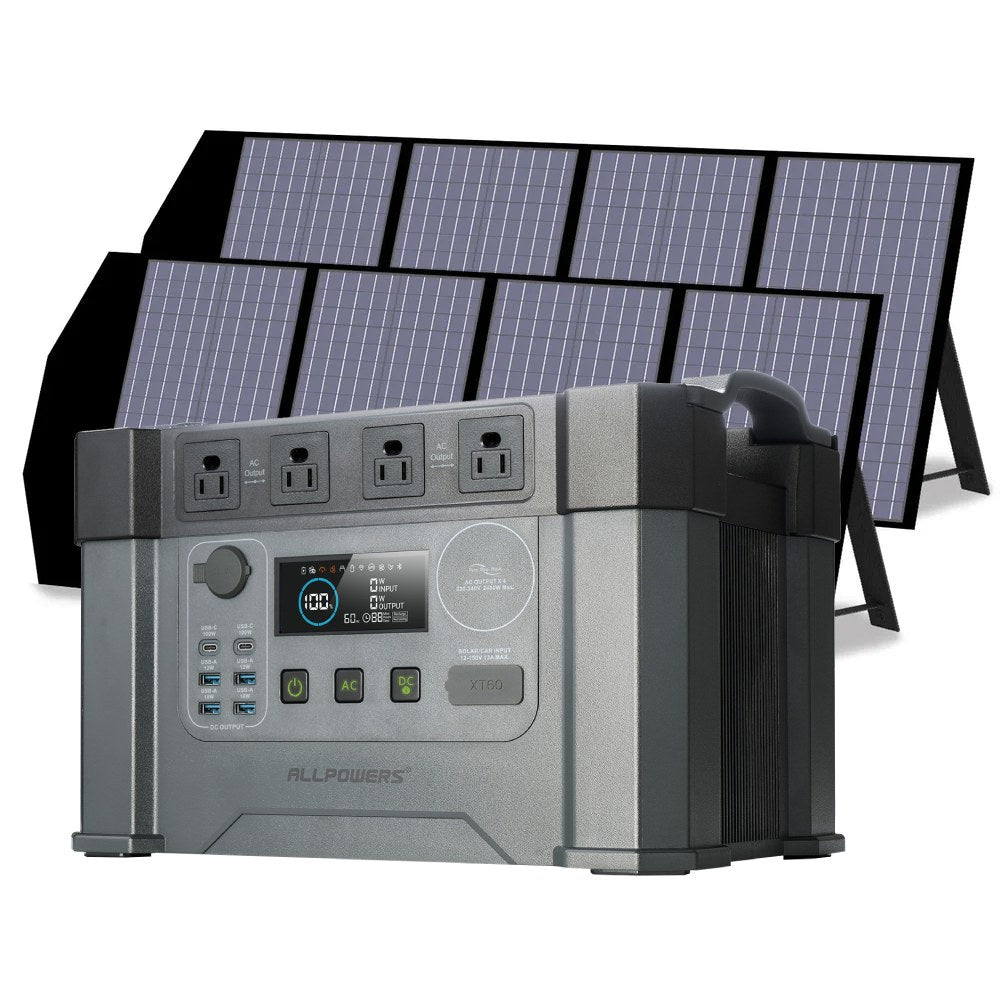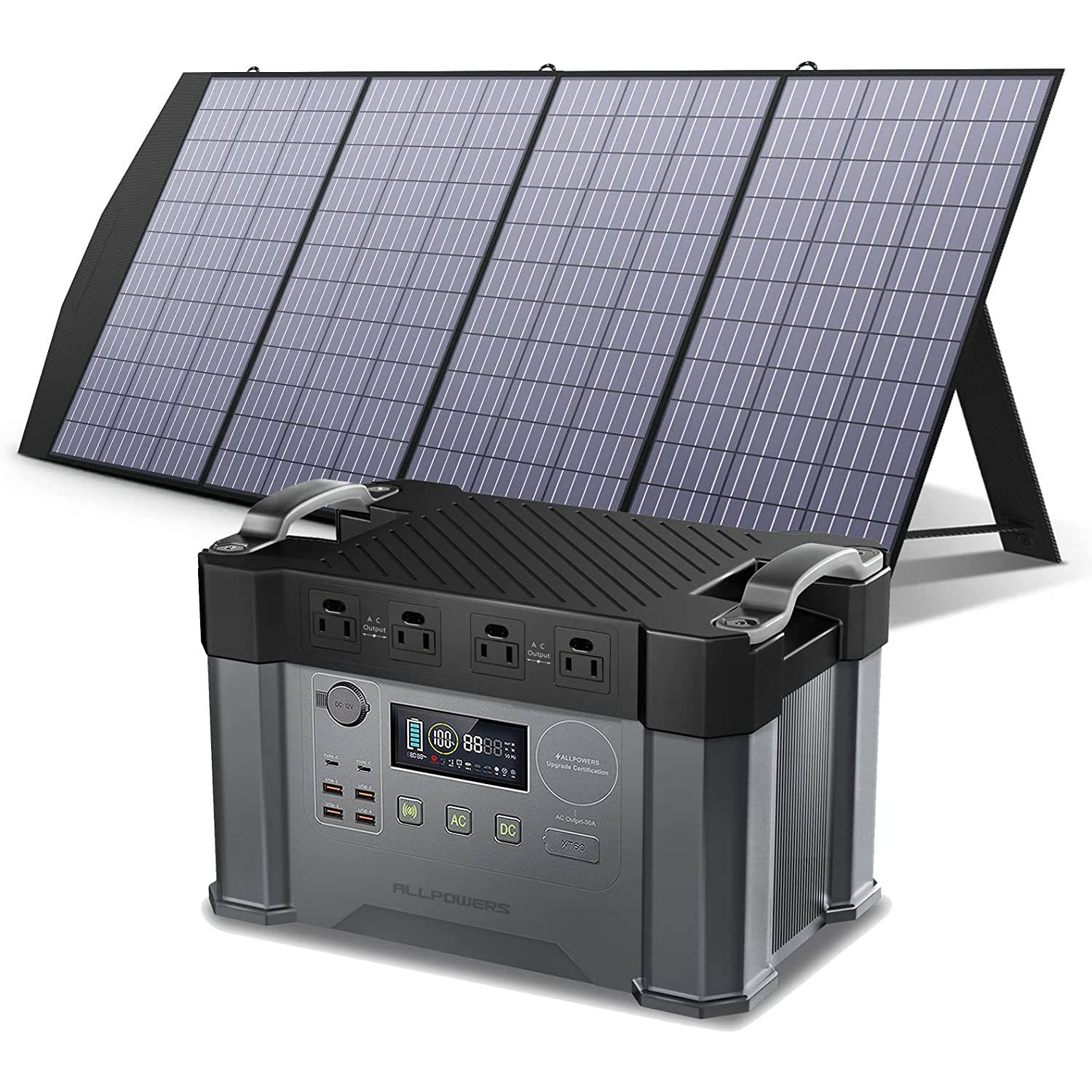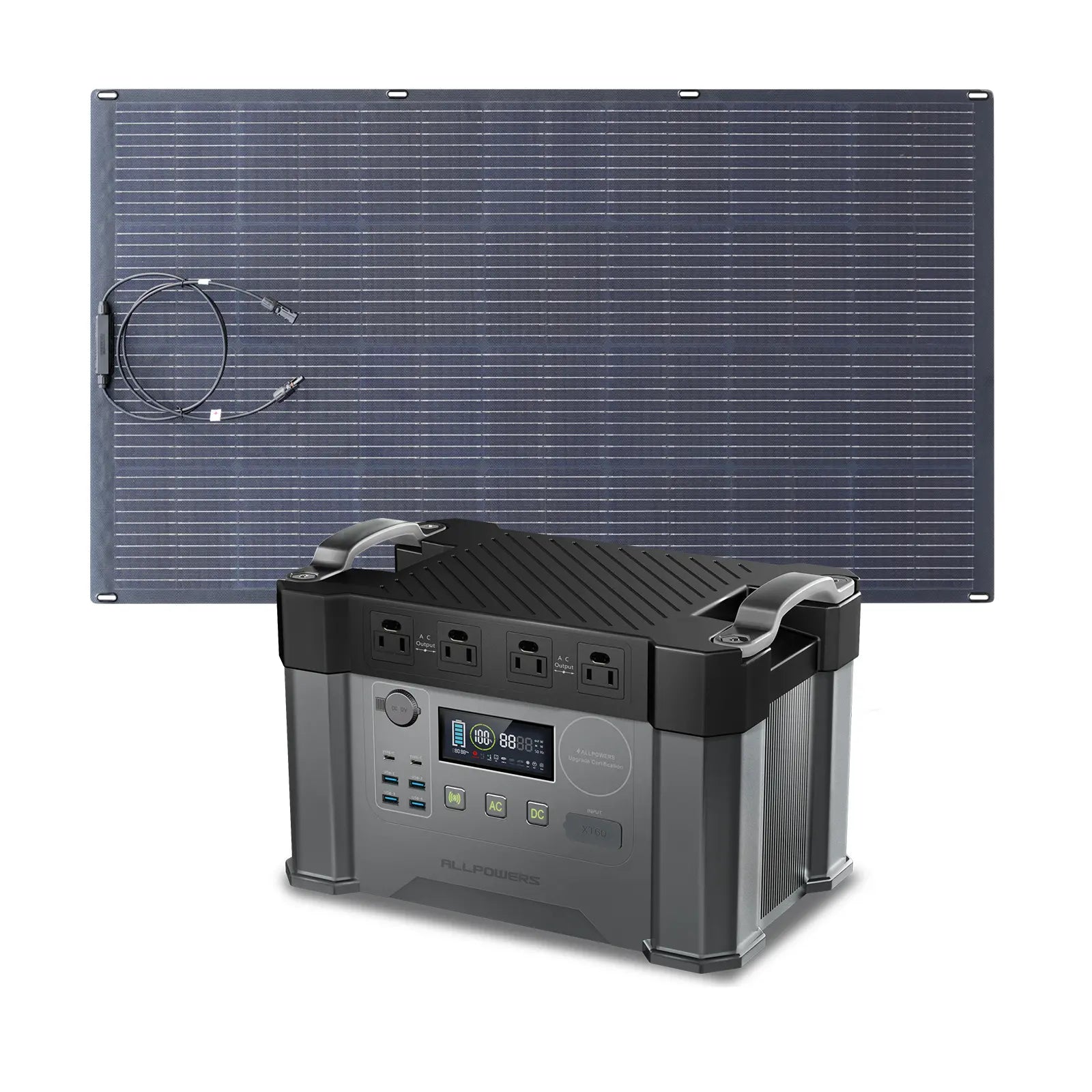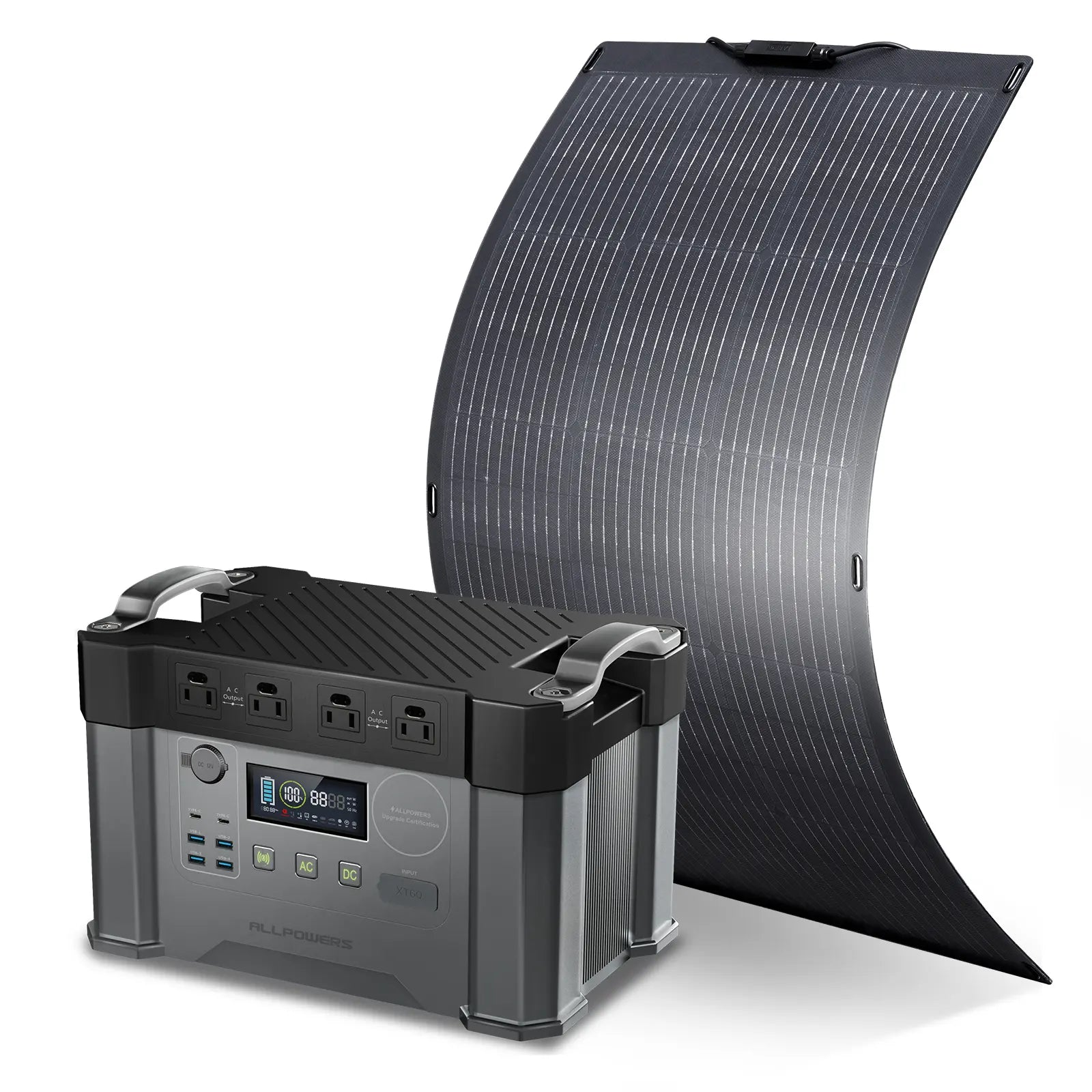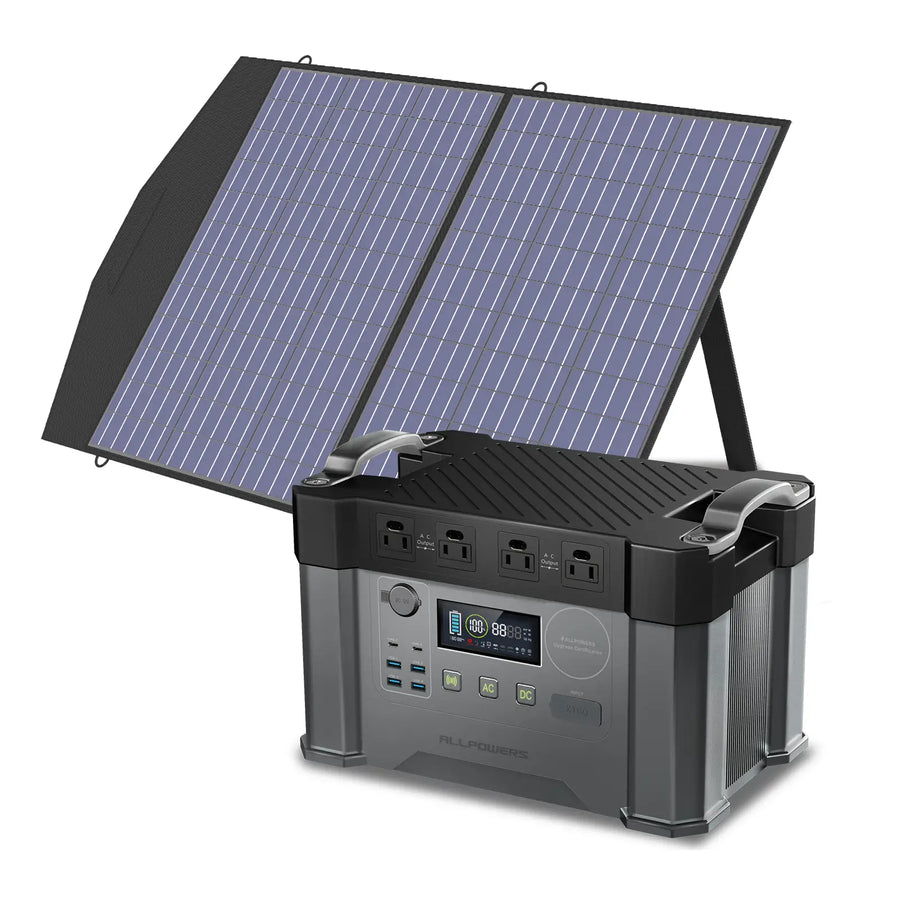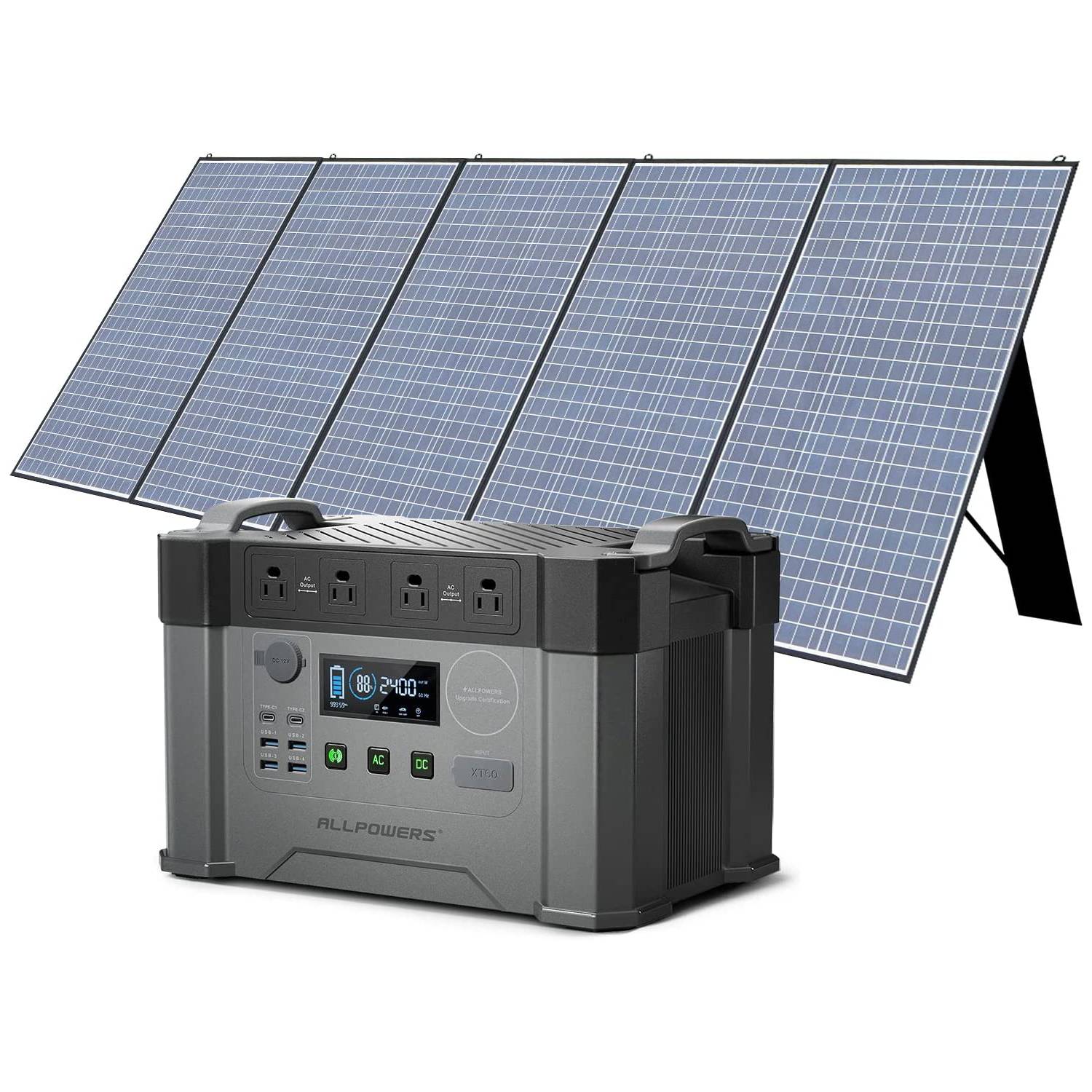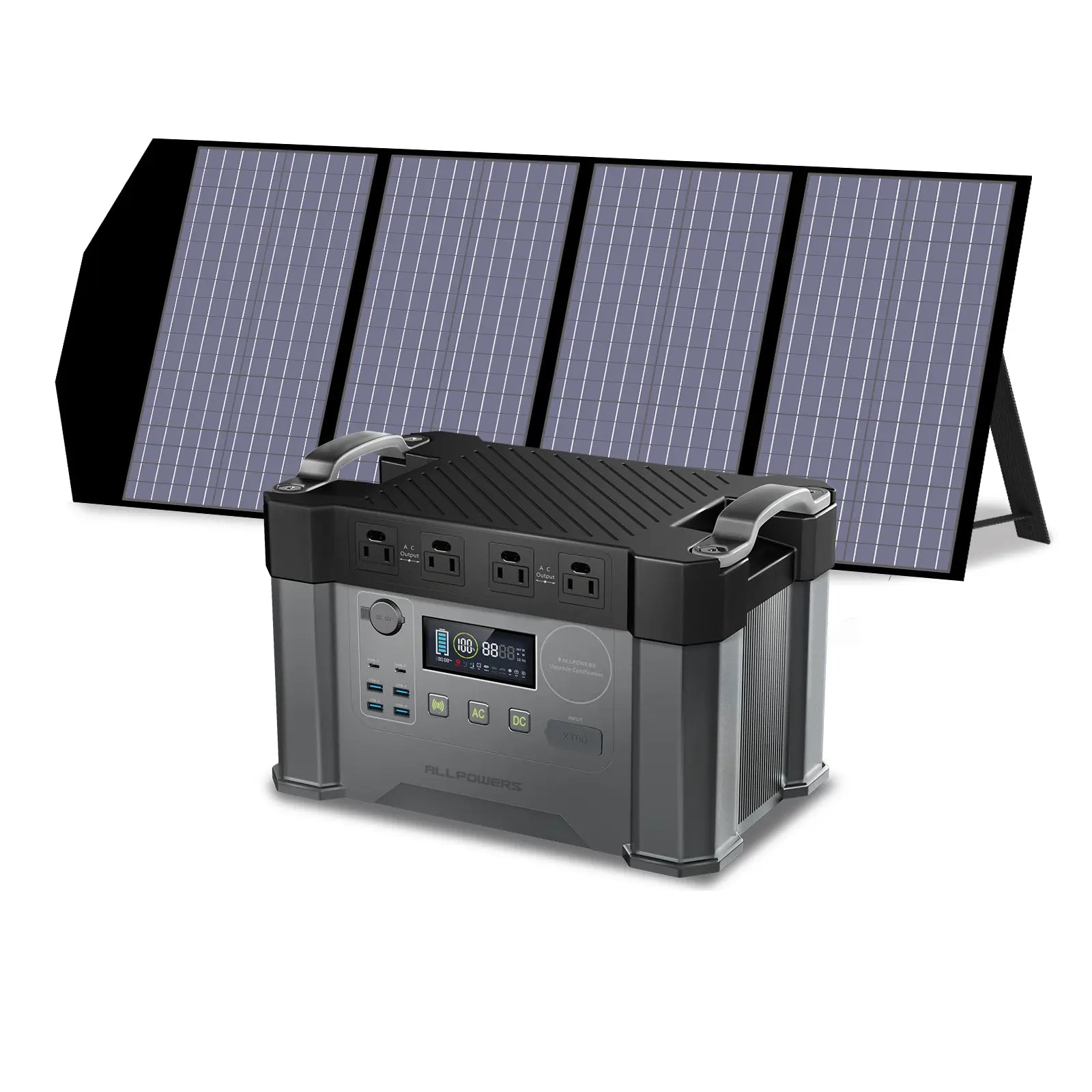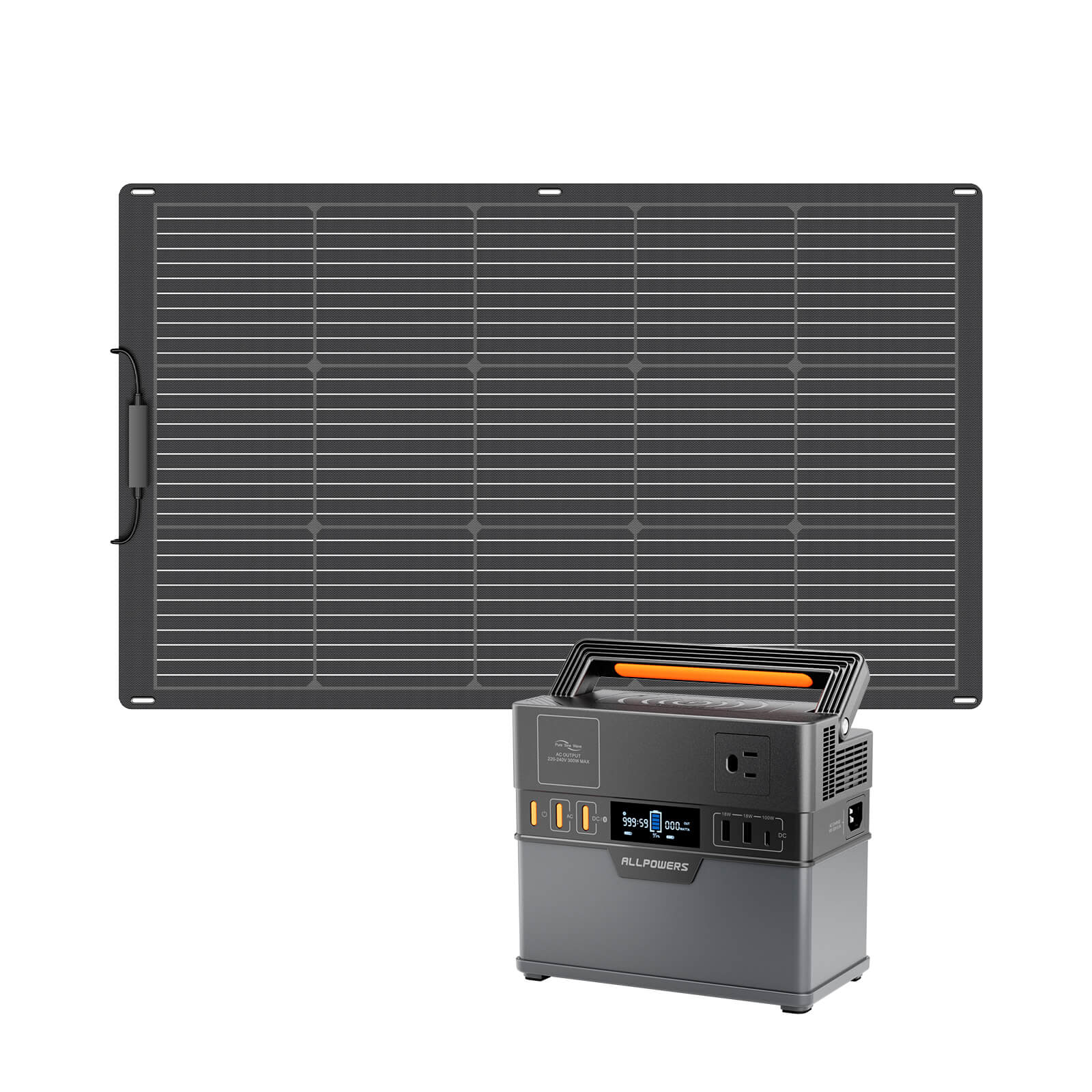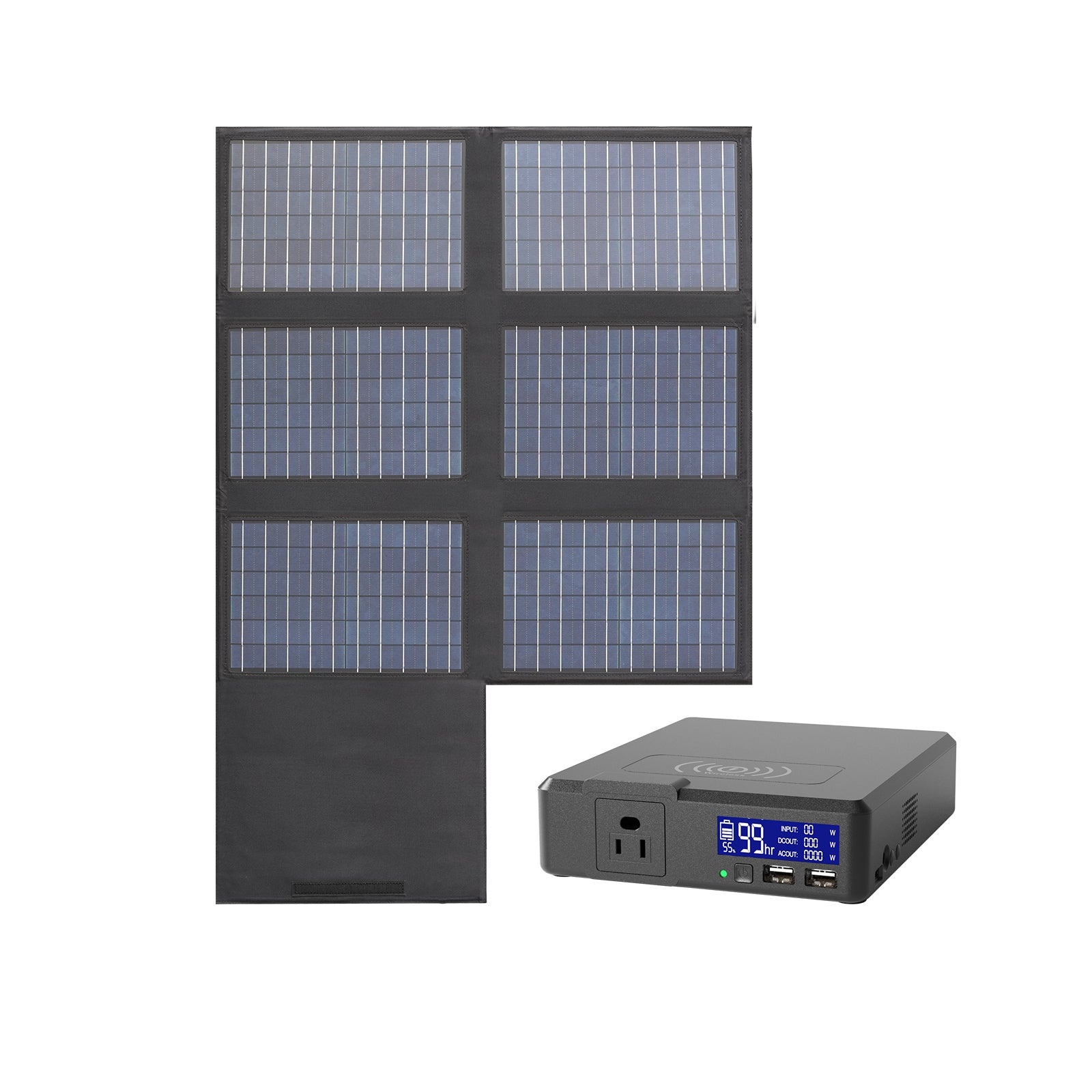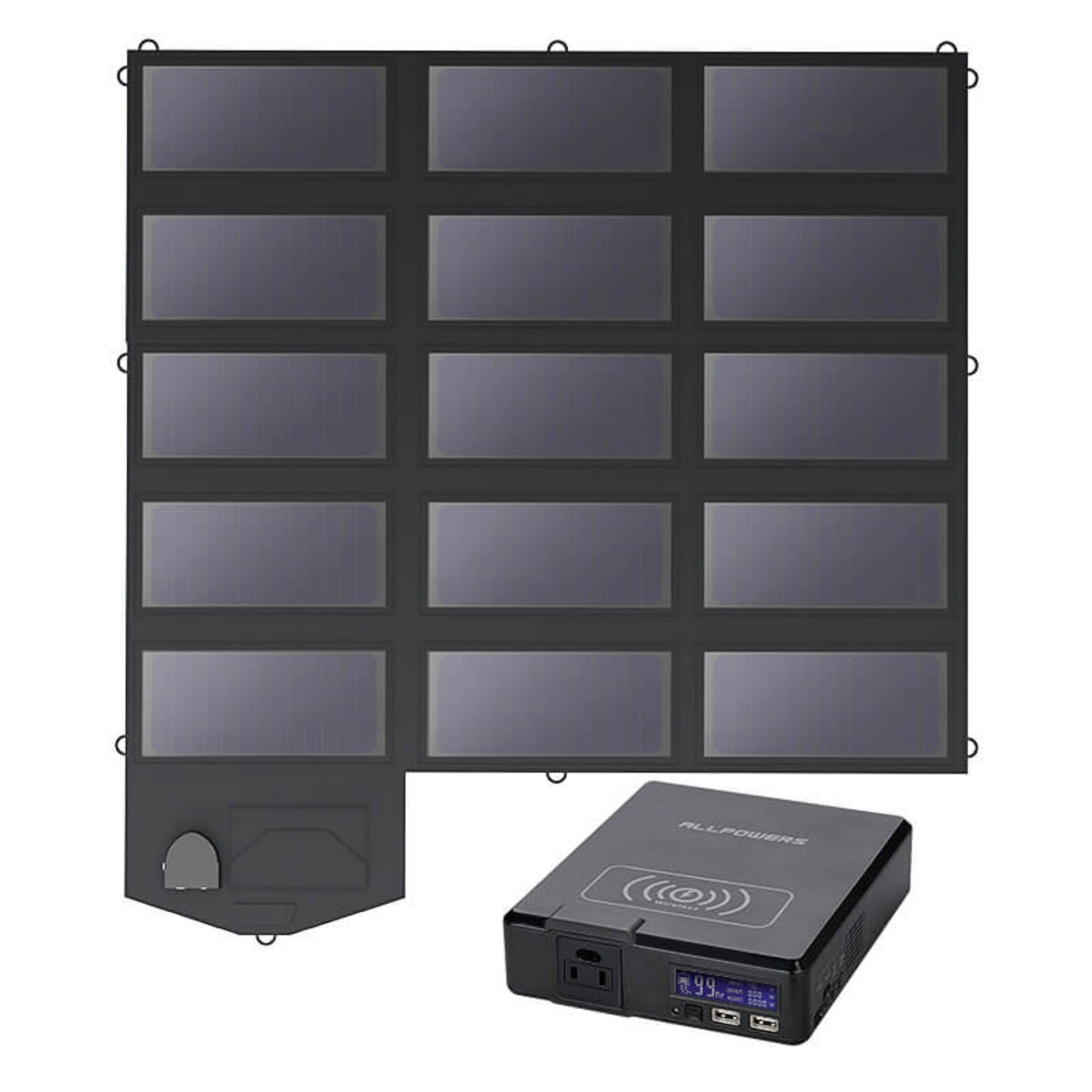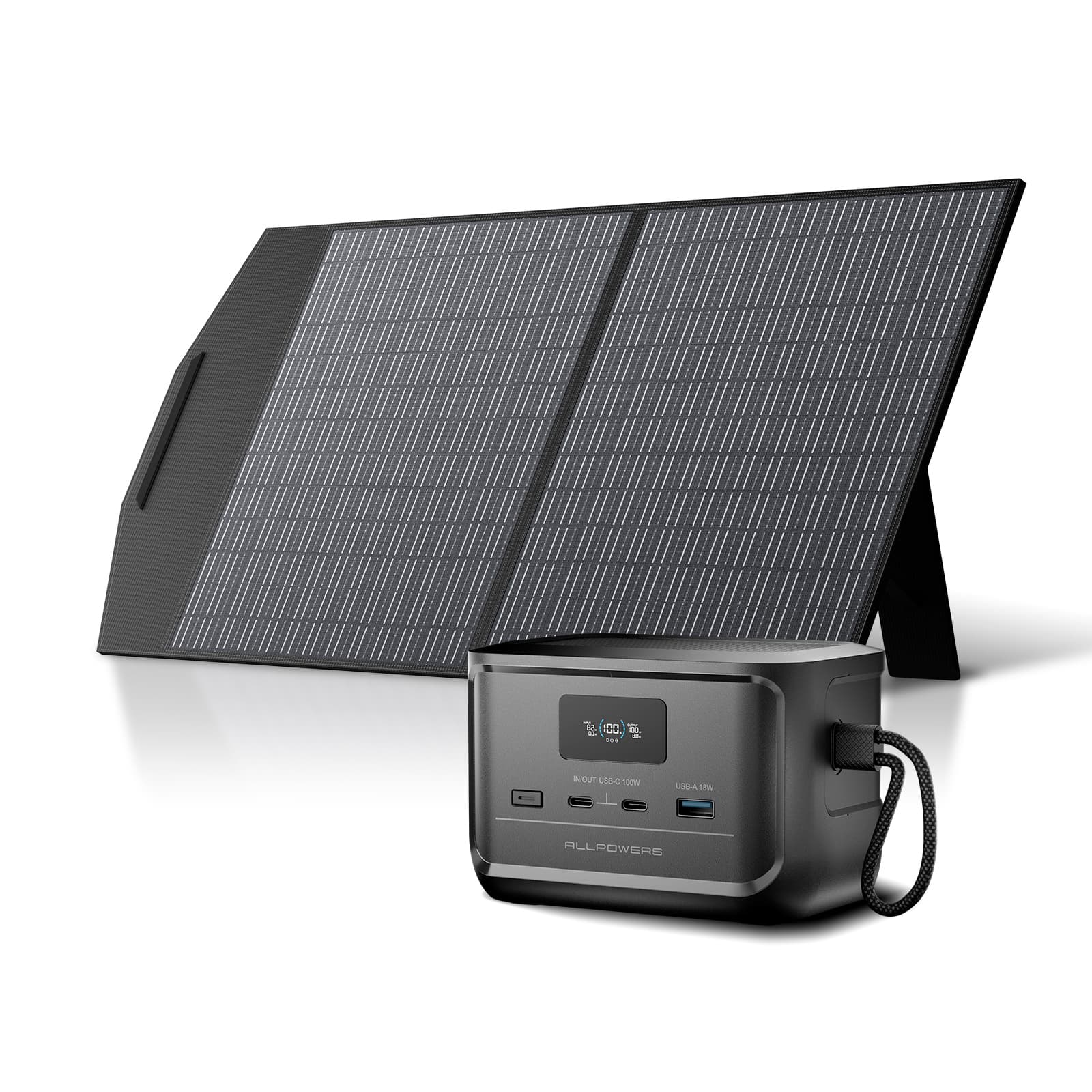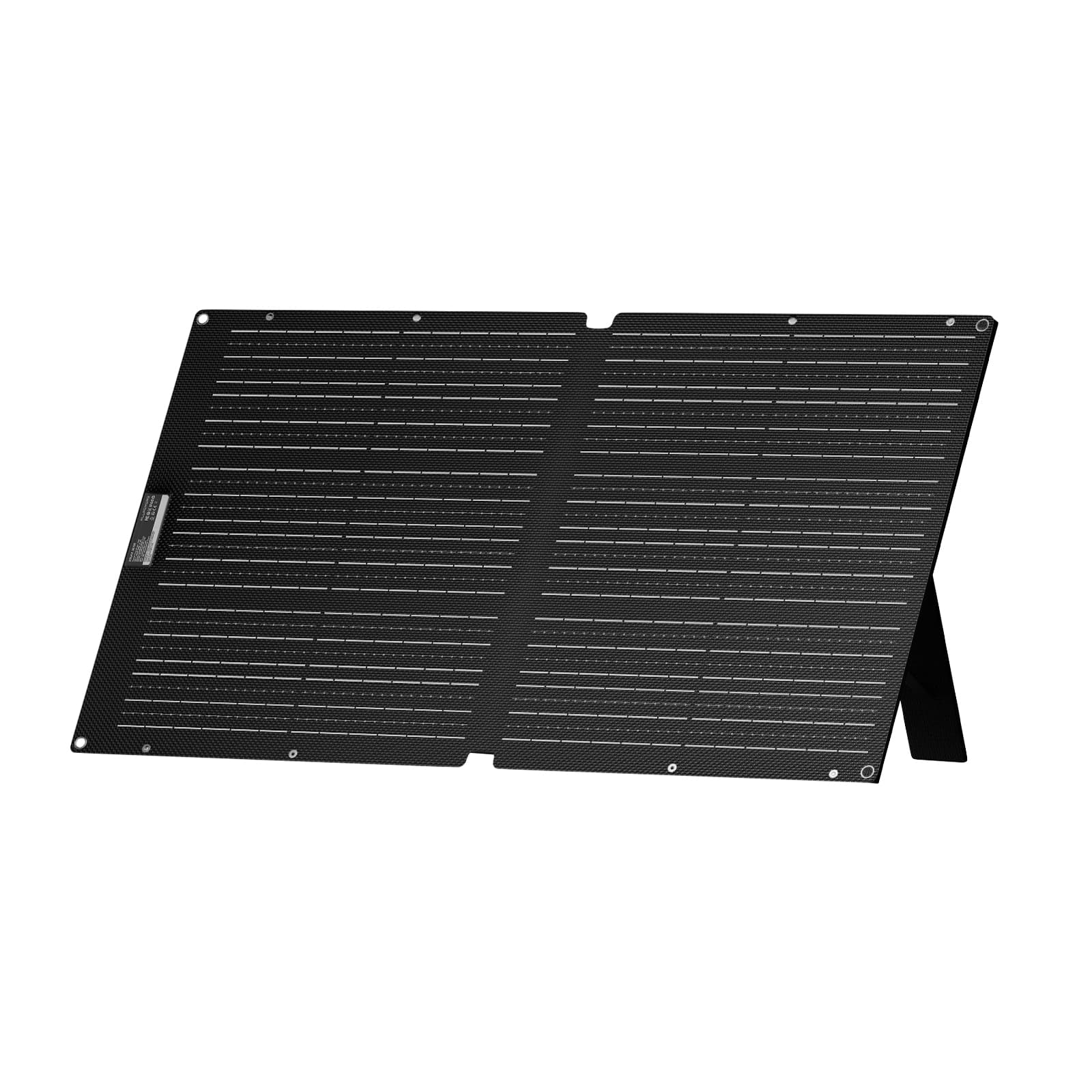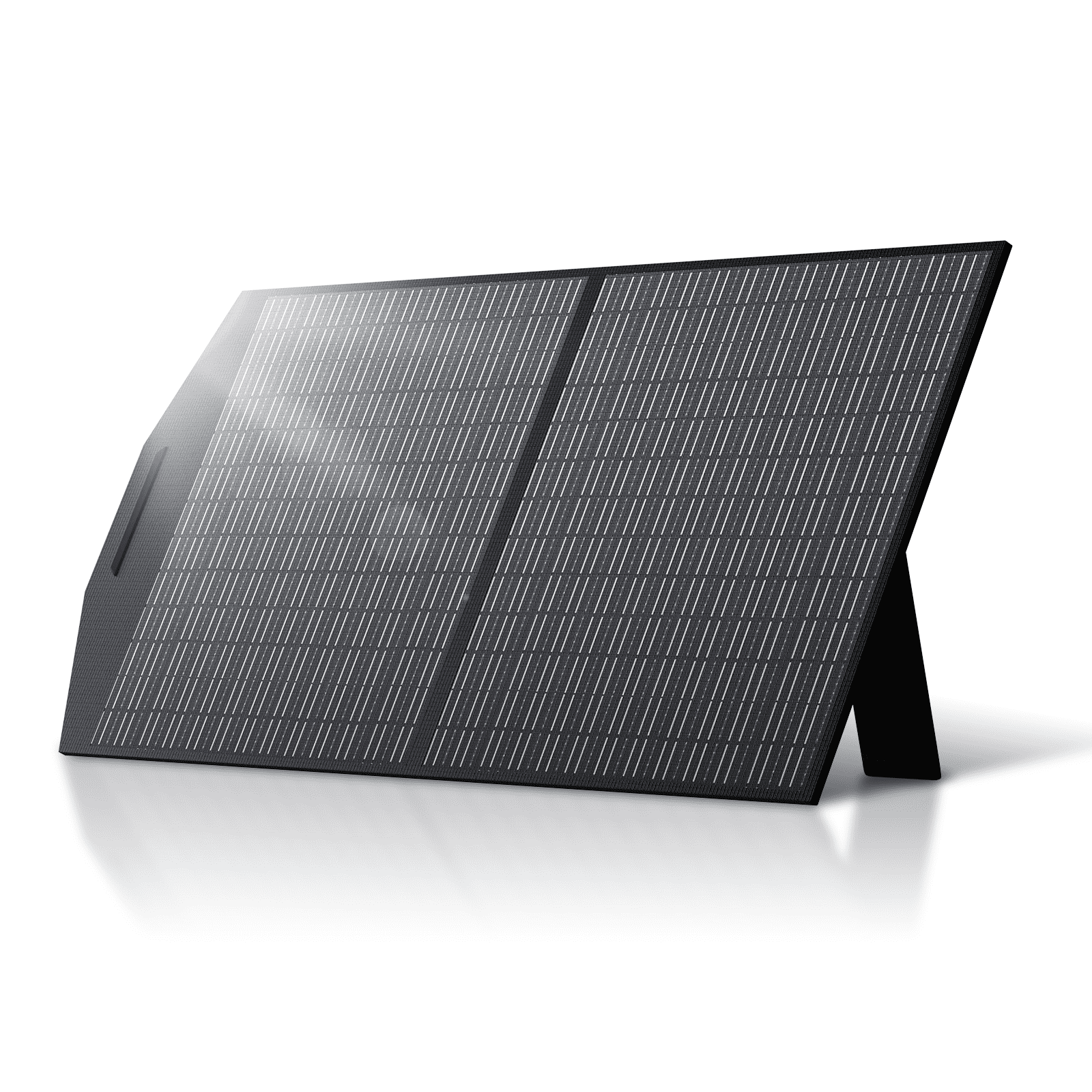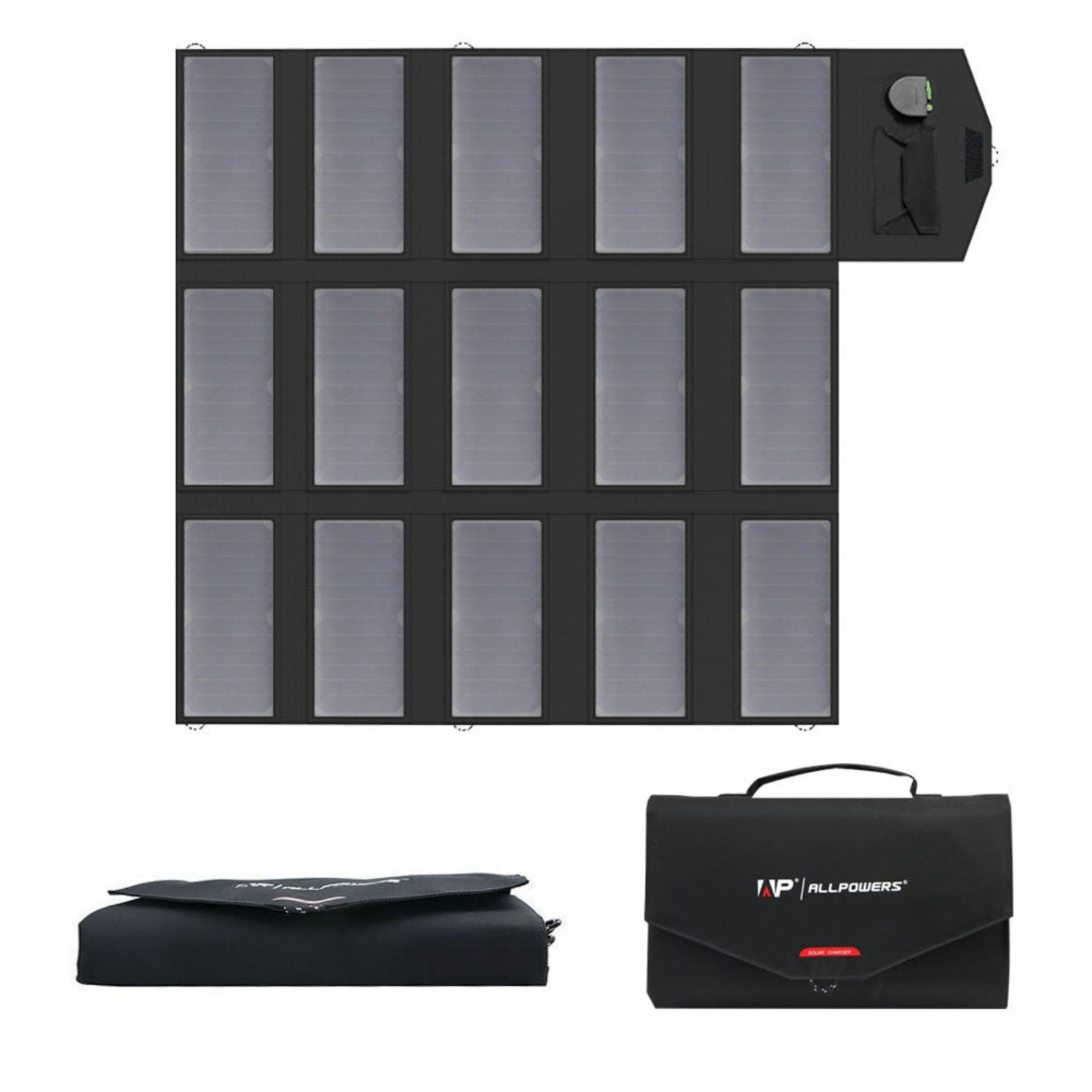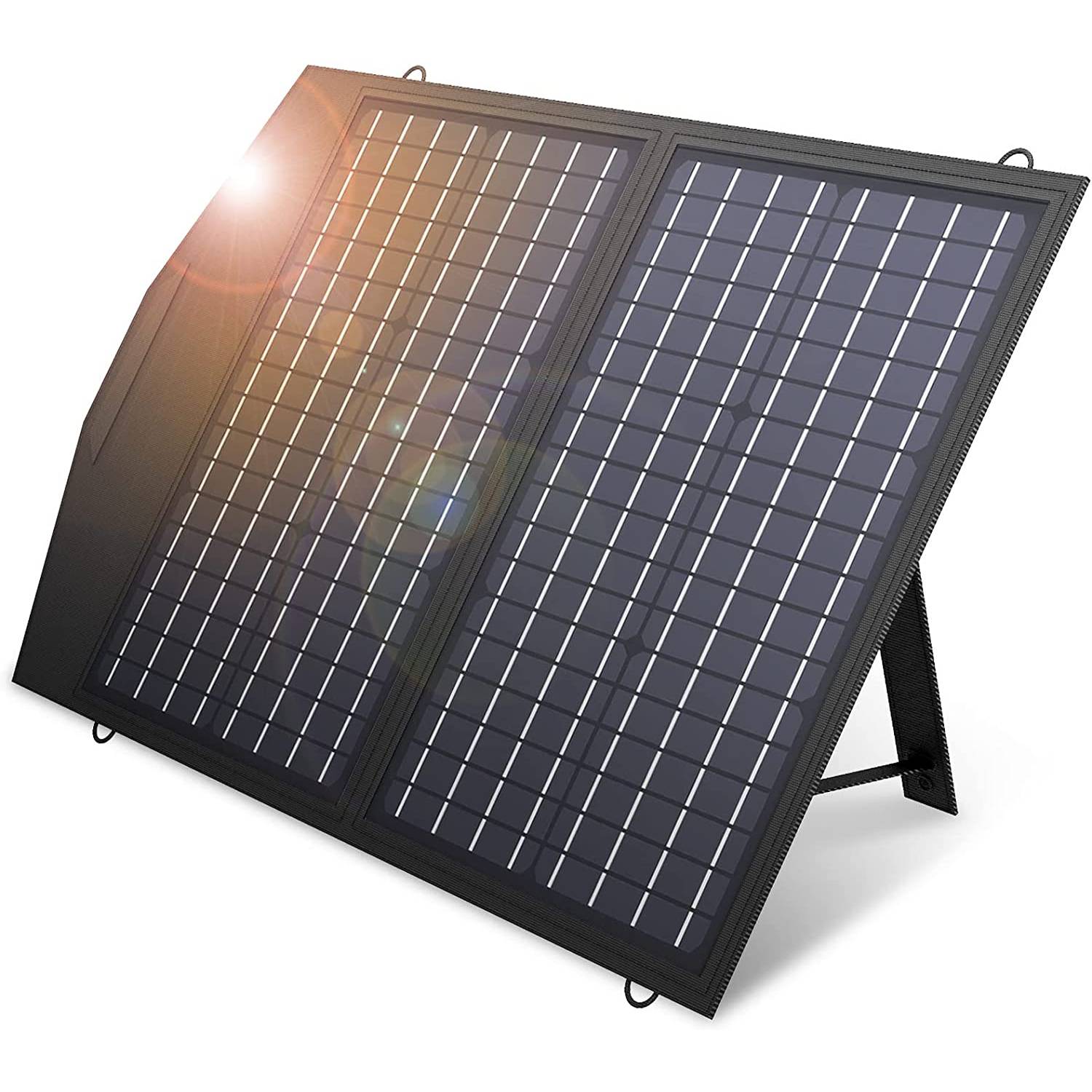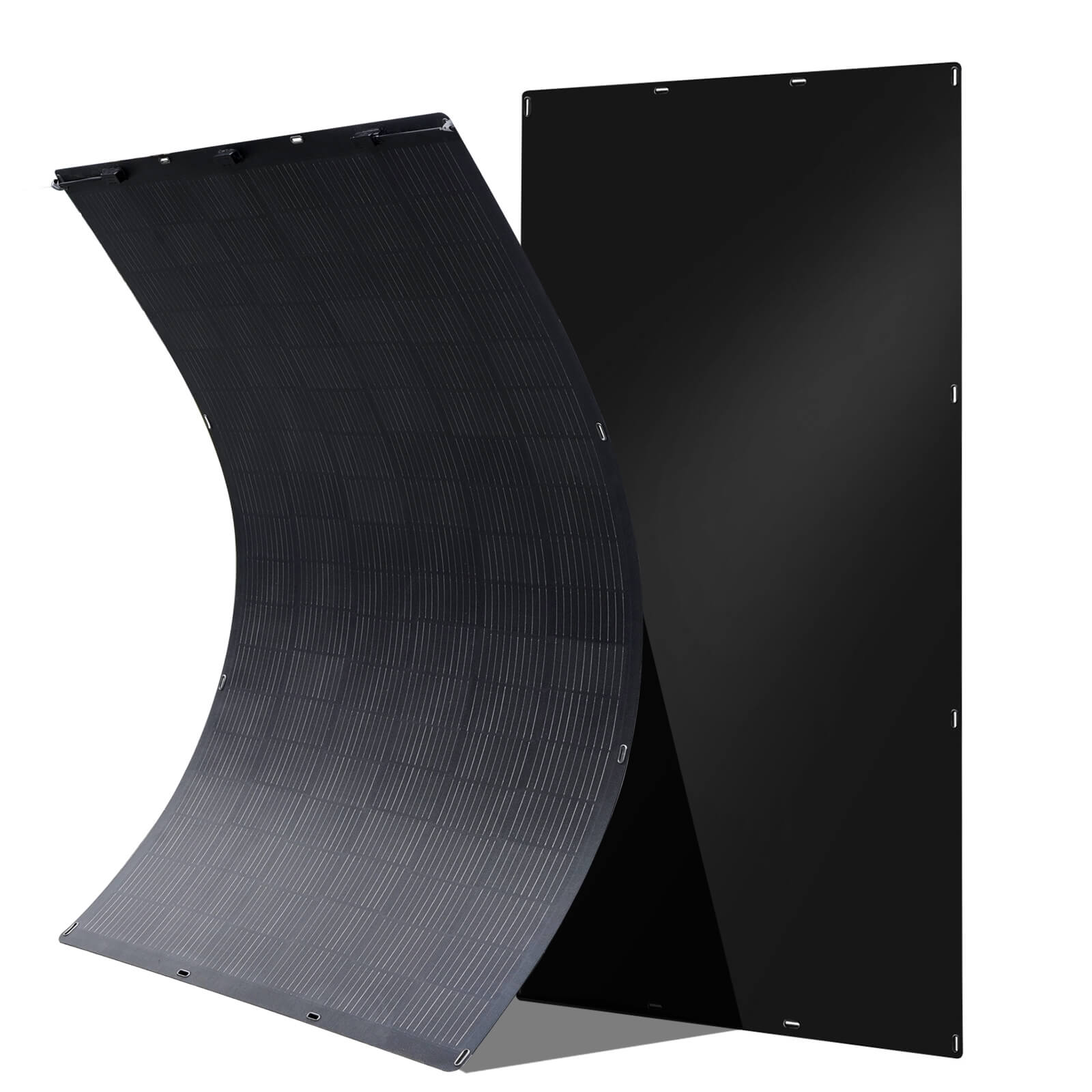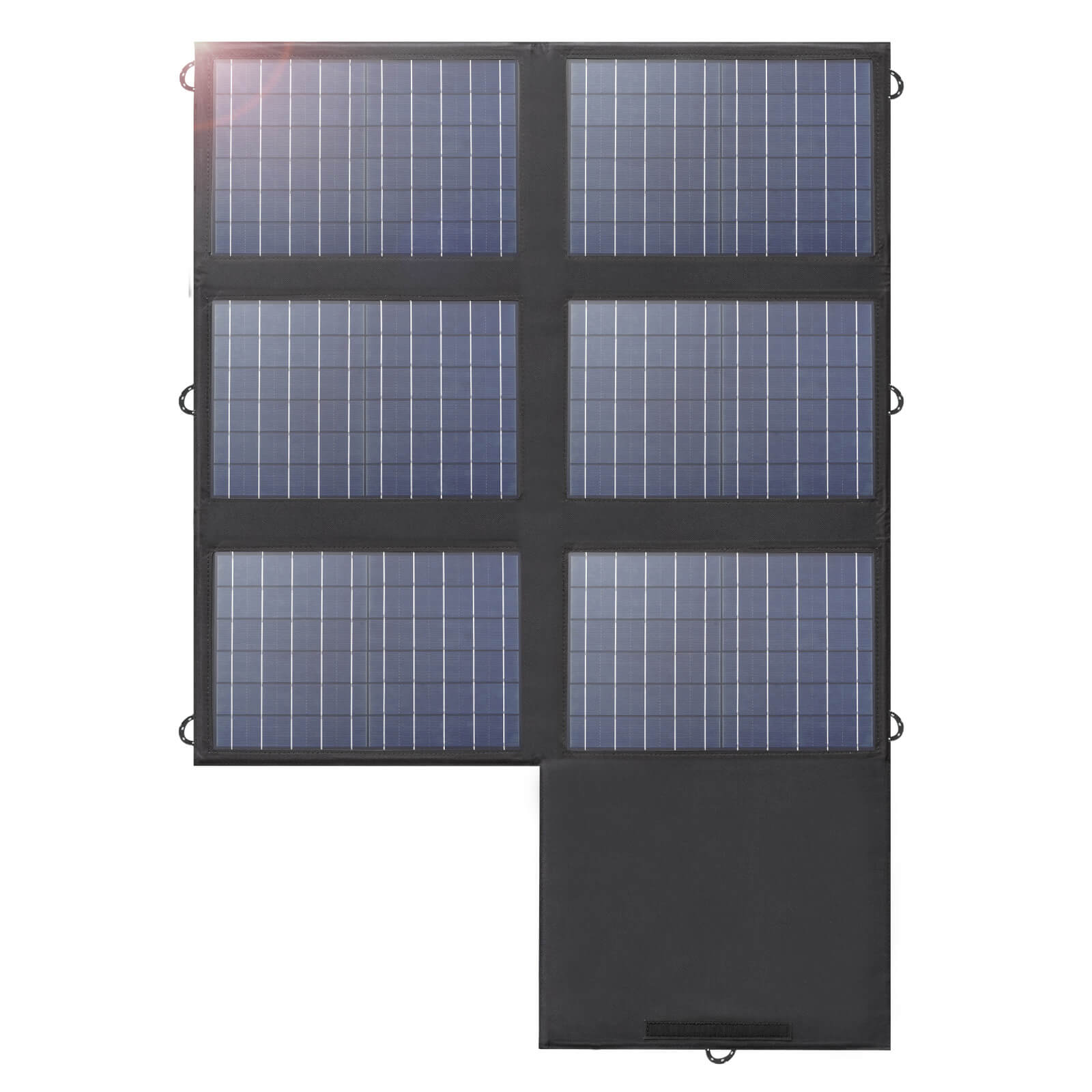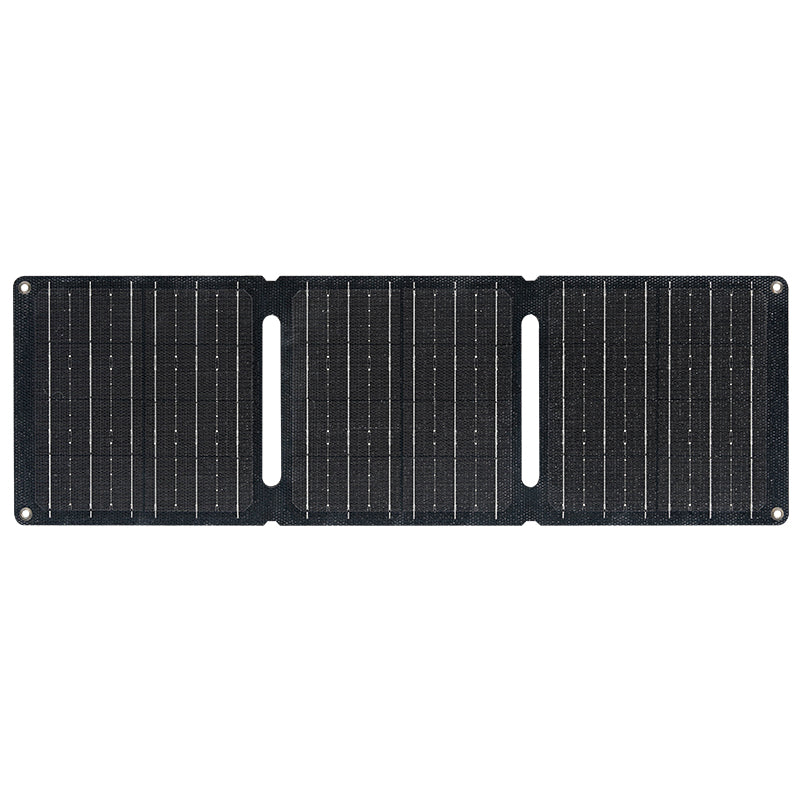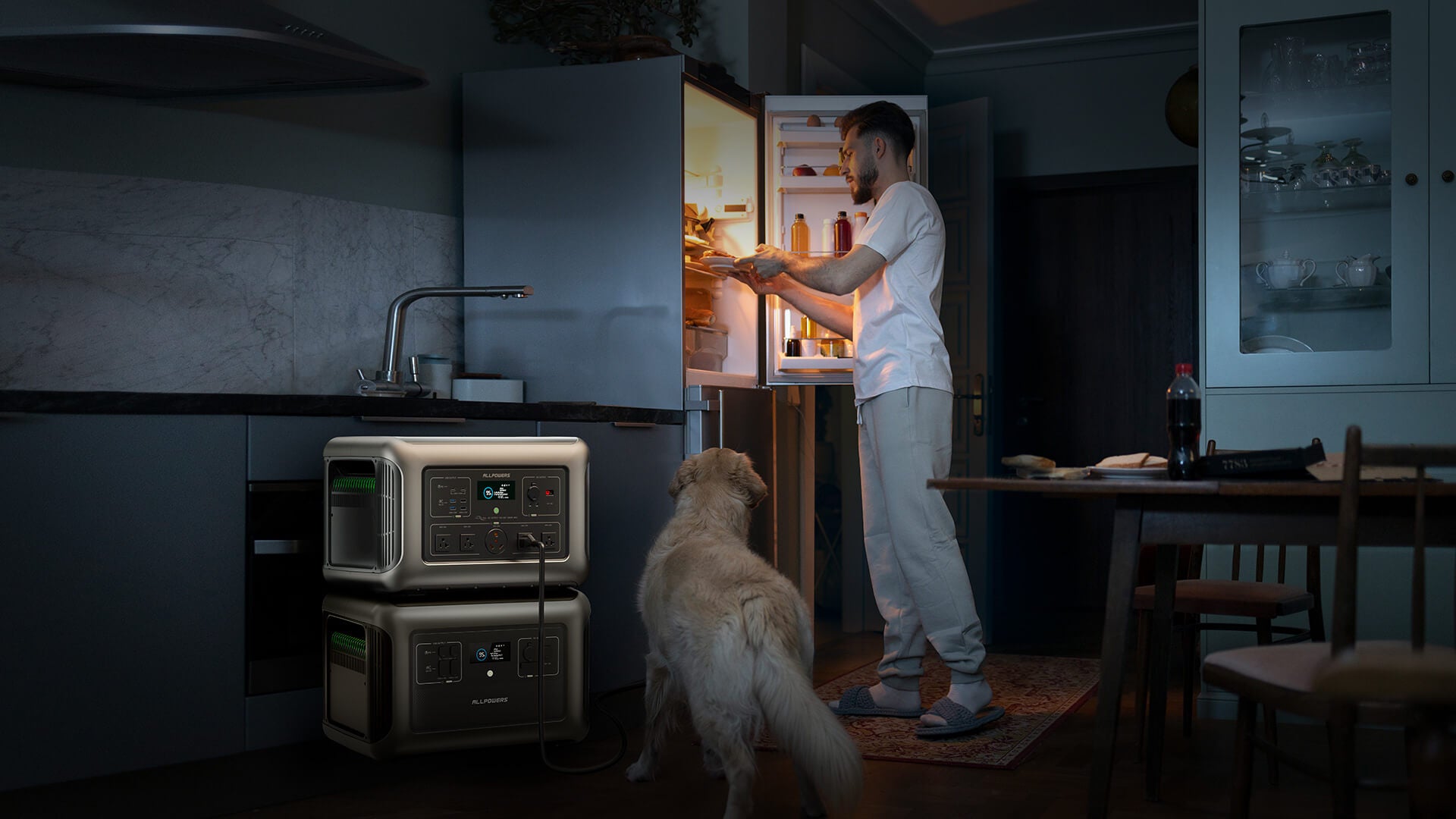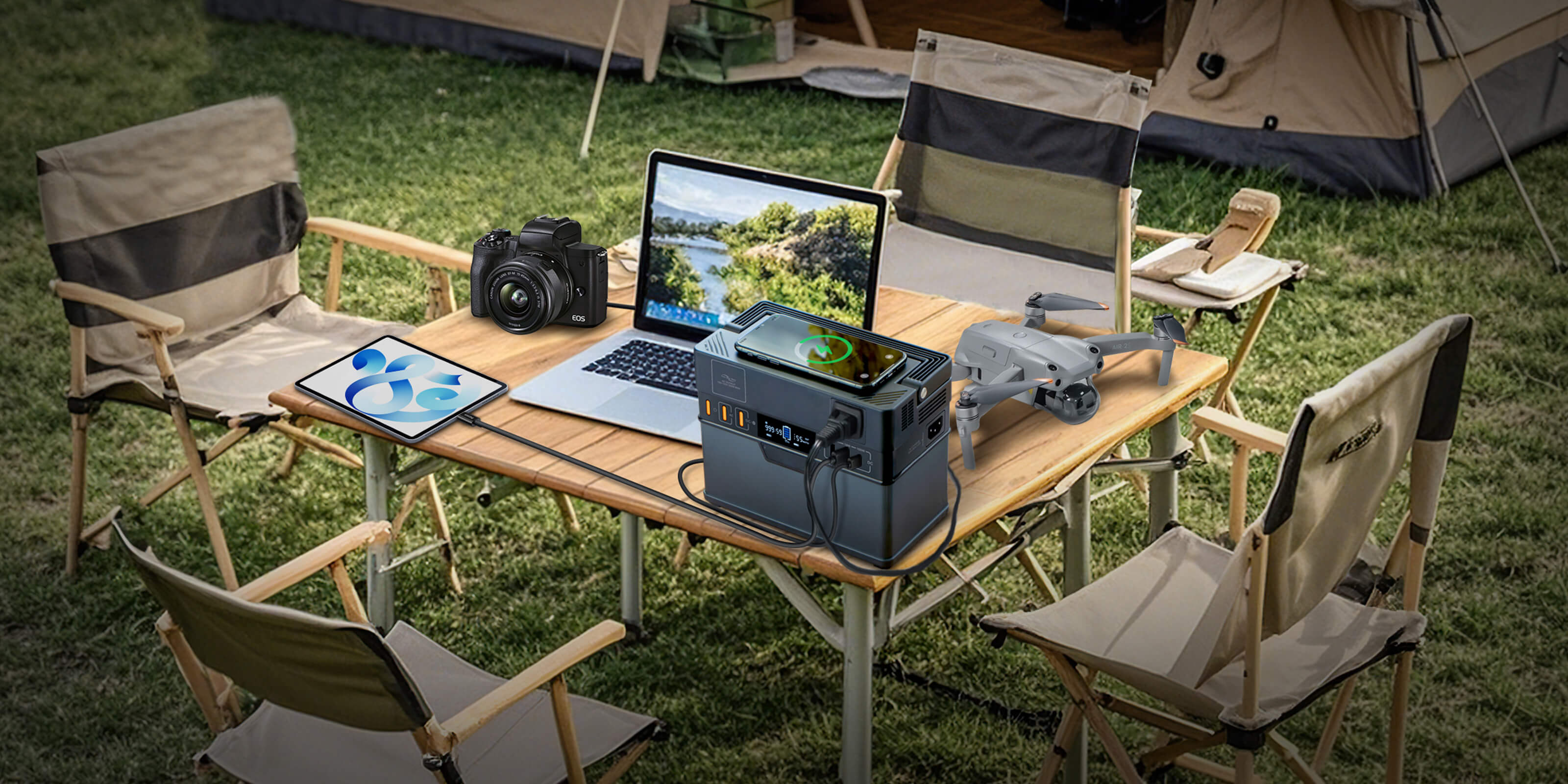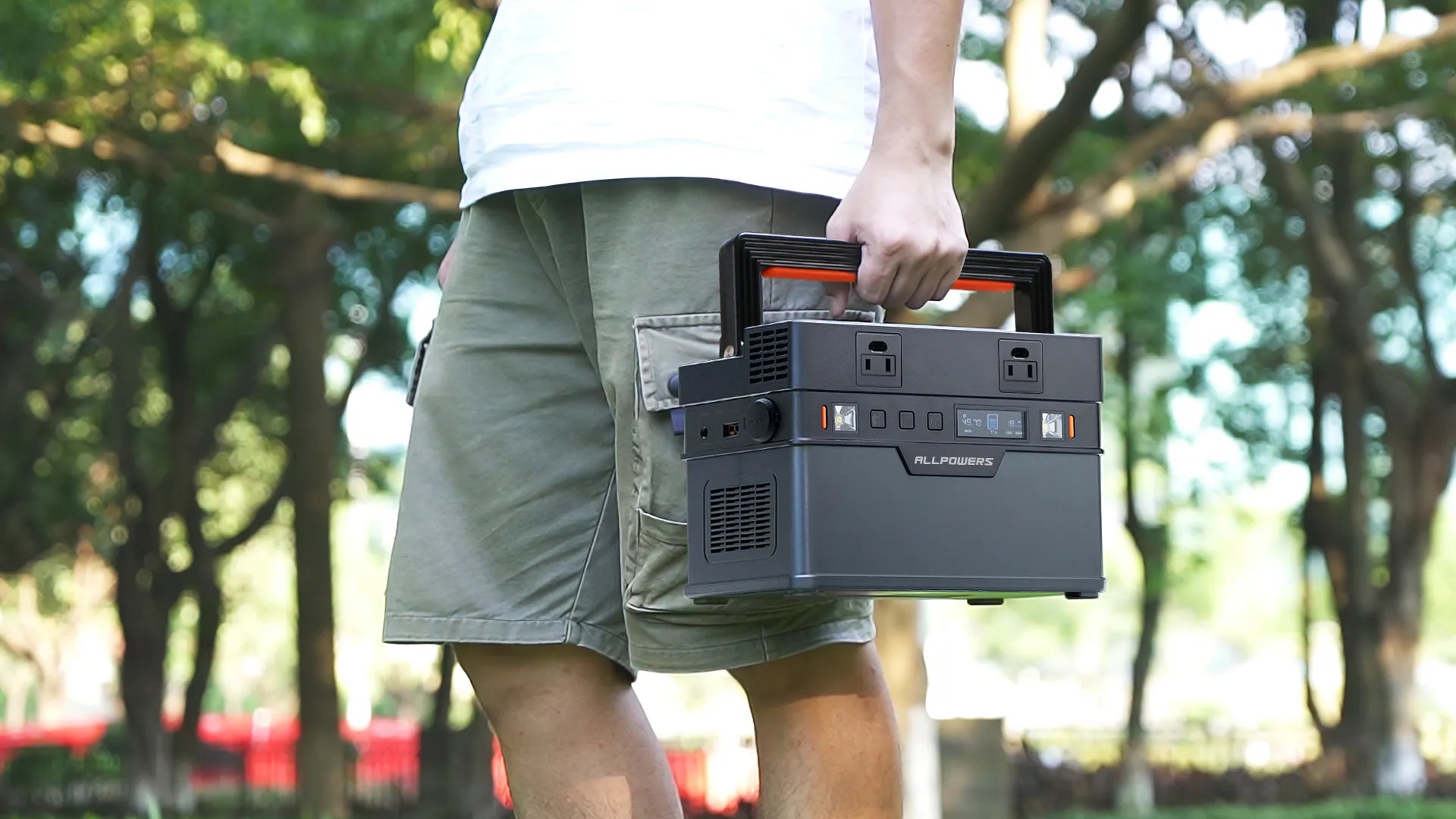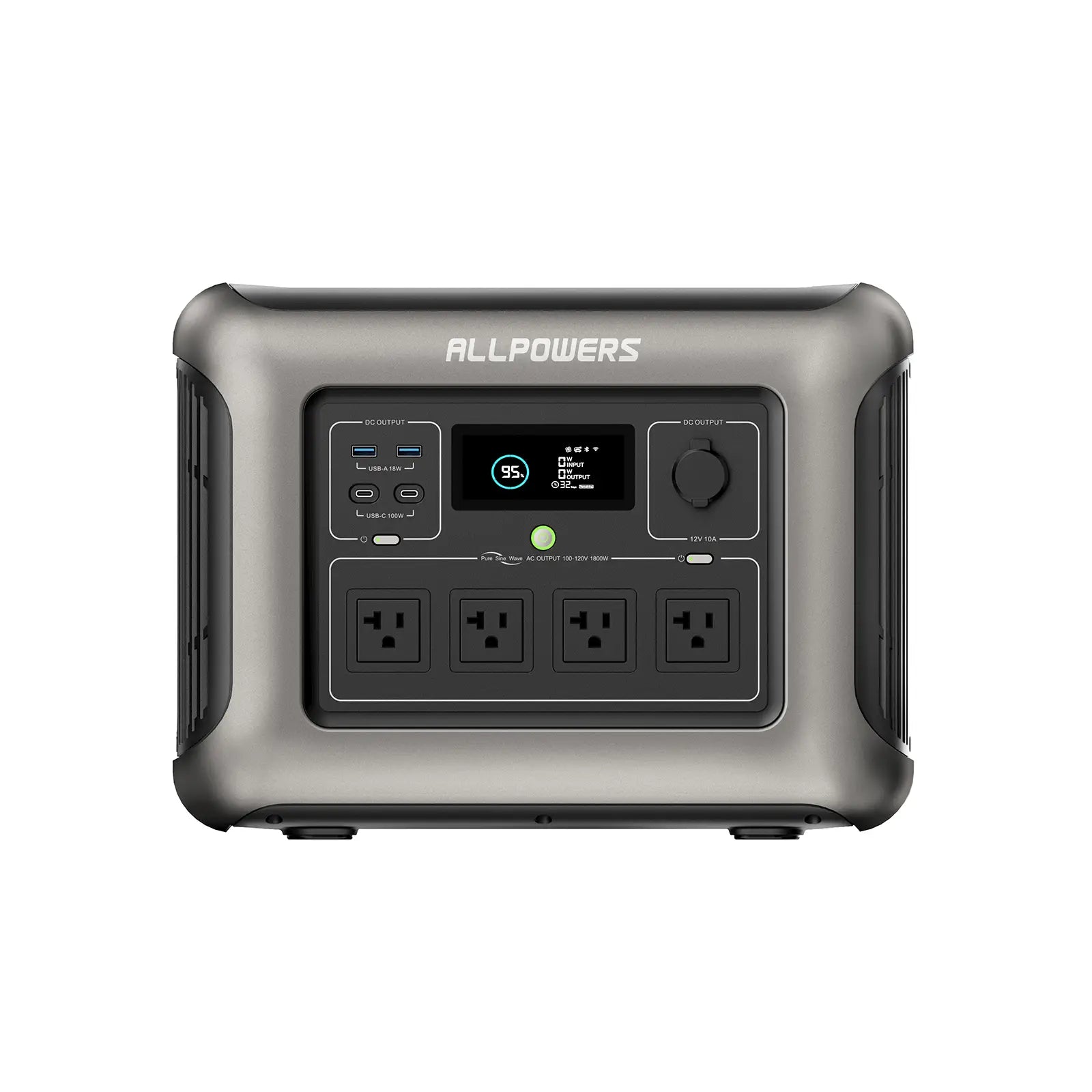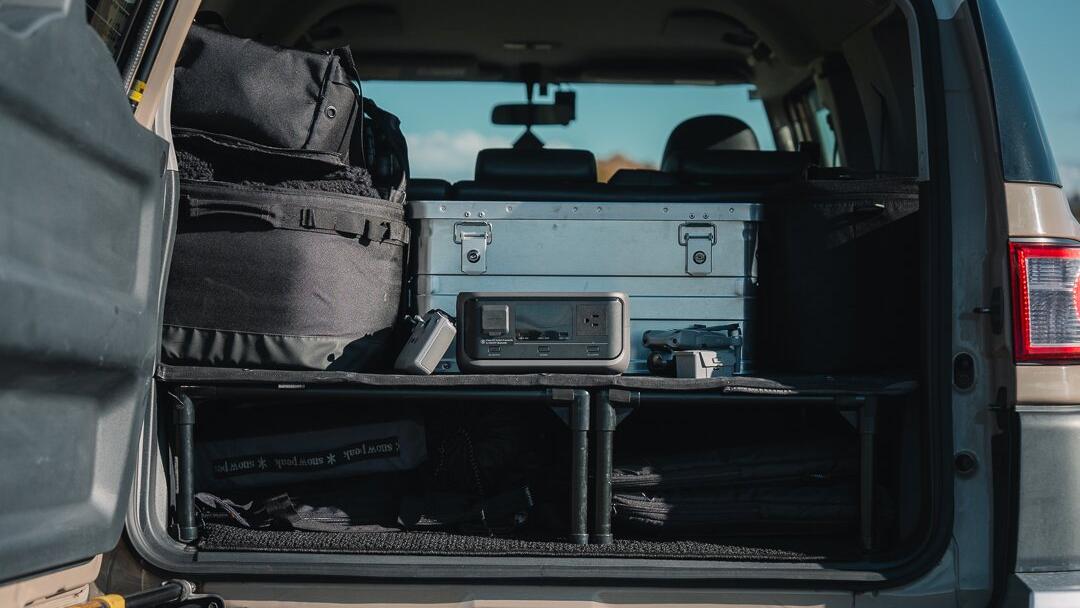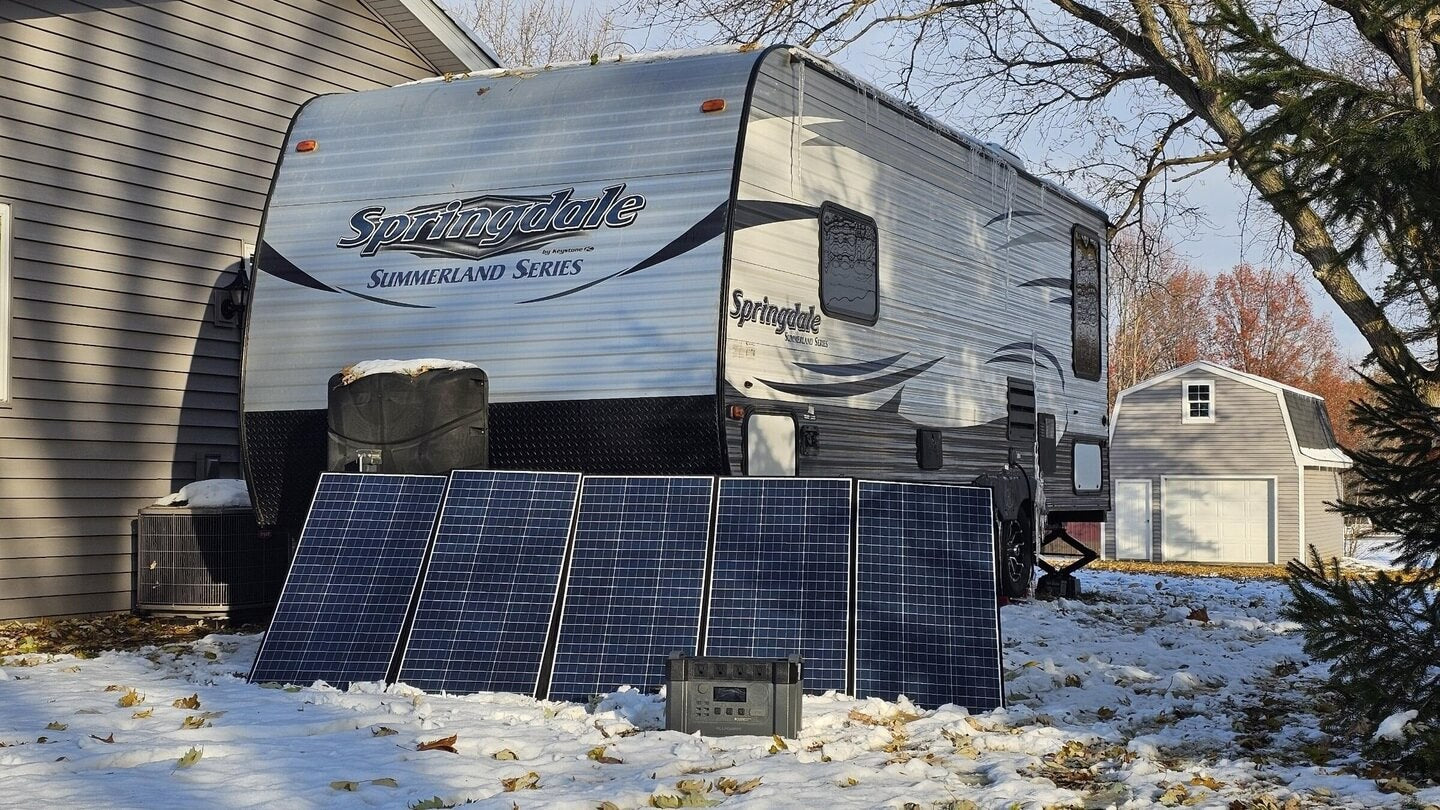When the power suddenly cuts out, plunging your home into darkness, that immediate surge of panic can be overwhelming, right?
Or maybe you're deep in the wilderness, and the battery on your essential gear is about to die, cutting your adventure short.
For anyone who's faced these frustrations, the thought invariably crosses their mind: "If only I had reliable power."
That's precisely where portable power stations come into the picture, offering a silent, fume-free alternative to traditional generators.
But with various expenses in life already vying for your attention, is adding a portable power station to the list truly worth it?
How do portable power stations work?
If you’re a bit of a techie, you might be wondering what’s going on behind the scenes. A portable power station works by storing energy in lithium-ion or lithium iron phosphate (LiFePO4) batteries, which have the ability to hold large amounts of charge for long periods. When you plug a device into the station, the stored energy is converted to a usable form and powers your equipment.
Some power stations even come with solar charging capabilities. This is a game-changer, especially for people who spend a lot of time outdoors and want a renewable source of energy. Whether you're camping under the stars or dealing with a black-out at home, a portable power station allows you to harness the power of the sun and keep things running smoothly.
What can a portable power station really do?
The short answer: a lot. Think of it as a mobile power hub for your everyday needs. Most portable power stations come with multiple ports, including USB, AC, and DC outlets, allowing you to power everything from your laptop to a fan or mini-heater.
But let’s get more specific. Imagine you’re out camping and you’re relying on a portable power station for more than just your phone. Maybe you’ve got a portable coffee maker or a small lantern, and you want them running for several hours. A good power station can do that, no problem. In fact, some models even have solar charging capabilities, allowing you to keep your power station charged while you’re out enjoying the great outdoors.
For homeowners, the advantages can’t be understated either. Power stations can keep essential appliances running, and during long-term outages, they can be a real lifesaver. Small appliances like routers, lights, or even your fridge can be kept running long enough to prevent disaster.
One such product, the ALLPOWERS R1500, can seamlessly power your devices at home or during outdoor activities, giving you the peace of mind you need during unexpected power cuts. Its modular stacking design makes it a versatile solution for both short trips and long-term home backup.
But, are there any downsides?
As with anything, there are a few potential drawbacks to consider before pulling the trigger on a portable power station.
For one, capacity is a crucial factor. While a portable power station can provide juice for a variety of devices, there’s a limit to how much power it can store. Larger devices, like air conditioners or refrigerators, might need more juice than the unit can handle. This can be particularly important if you're depending on it for long-term use during a power outage.
Another consideration is charging time. While portable power stations can recharge fairly quickly when plugged into a wall outlet, they often take longer to recharge when using solar panels or a car’s DC outlet. If you’re in a rush, this might not be the most convenient option for a fast power-up.
But what about price? Isn’t it a bit… steep?
Let’s not sugarcoat it: they’re not cheap. A decent mid-range unit can cost as much as a new smartphone, and larger models might run you into four figures.
That’s a chunk of change, no doubt.
But think about what a gas generator costs when you factor in fuel, oil, and maintenance over the years. Then factor in the noise complaints and the risk of carbon monoxide. Now compare that with a power station that recharges silently and lasts up to 10 years or more.
It’s a bigger upfront investment, sure—but one that pays you back in peace of mind and actual utility. And let’s face it, some things—like being able to keep your insulin cold or your baby monitor running—aren’t exactly “luxuries.”
So, is it worth it?
To answer the burning question—yes, it is worth it.
Whether you're an avid camper, a homeowner who experiences frequent power outages, or just someone who wants a reliable backup plan, a portable power station can offer a sense of security that’s hard to put a price on.
You’ll wonder how you ever lived without it. And honestly? With the way things are going—fires, floods, failing grids—it might not be a question of if you’ll need it... but when.
How about generators—aren’t they stronger?
Here’s the thing: yes, traditional gas generators can handle more wattage for longer stretches.
But they come with noise, fumes, maintenance, and in many places, restrictions. You can’t exactly fire one up in your apartment during an outage or bring it to a quiet campground.
And let’s be honest, running an extension cord out the window in a storm isn’t anyone’s dream solution.
Portable power stations don’t smell like gasoline. They don’t need oil changes. And they sure don’t sound like lawnmowers at 2 a.m.
If you live somewhere with short blackouts or enjoy weekend getaways, a portable station usually fits the bill just fine—without all the extra drama.
Conclusion
When you really break it down, a portable power station isn’t just a luxury—it’s an investment in peace of mind.
After all, being prepared for the unexpected is never a bad thing. And when that power goes out, you’ll be glad you made the investment.


